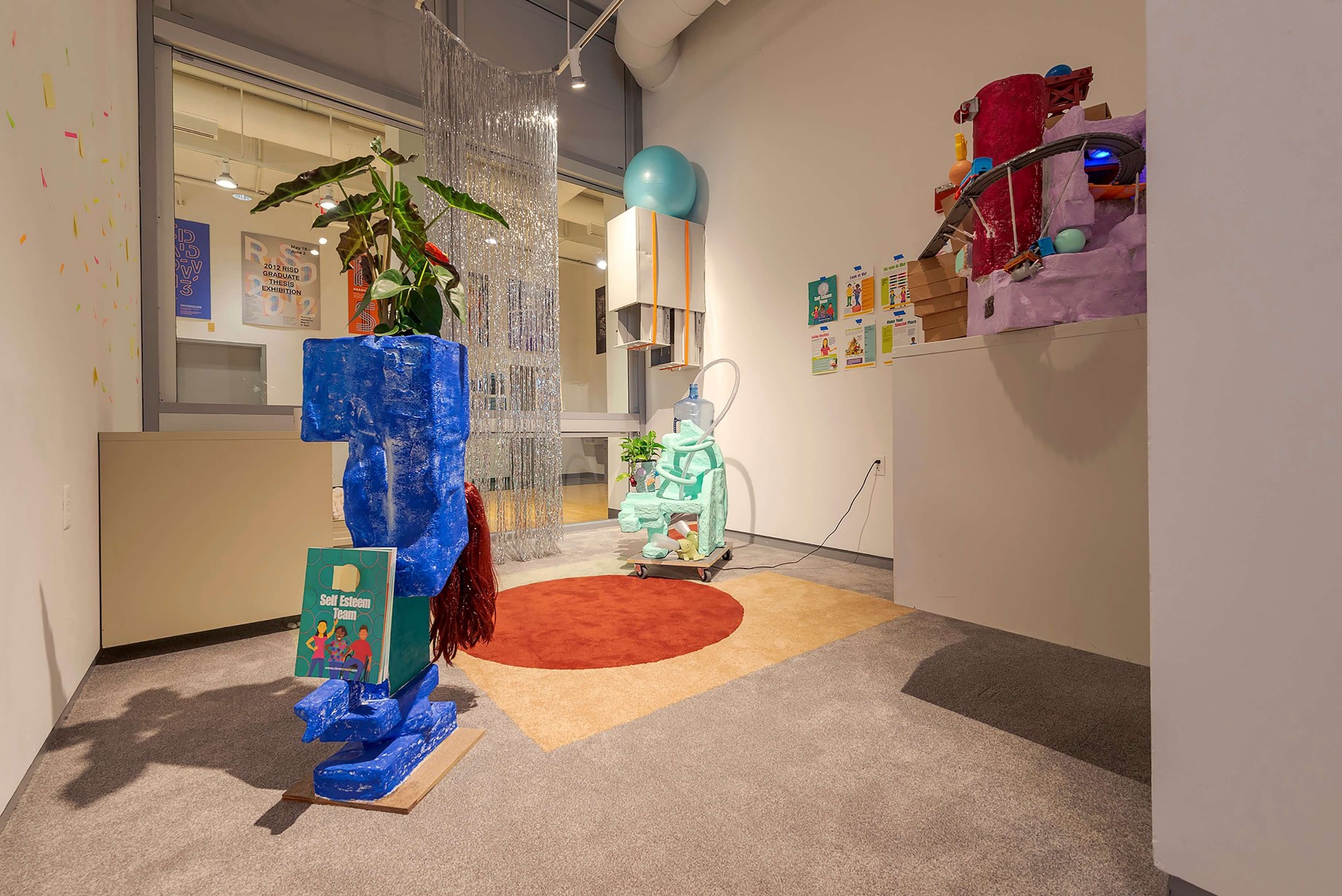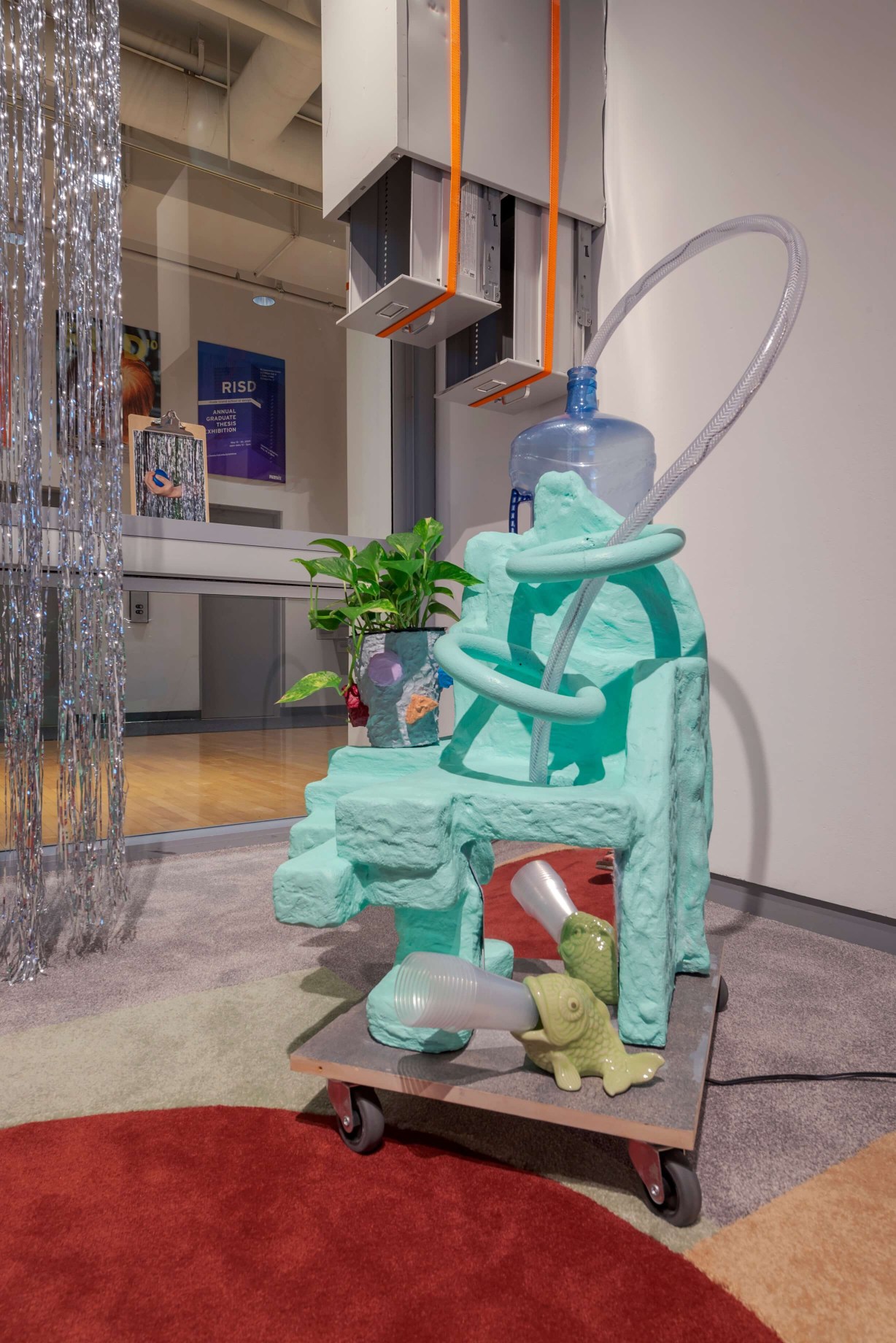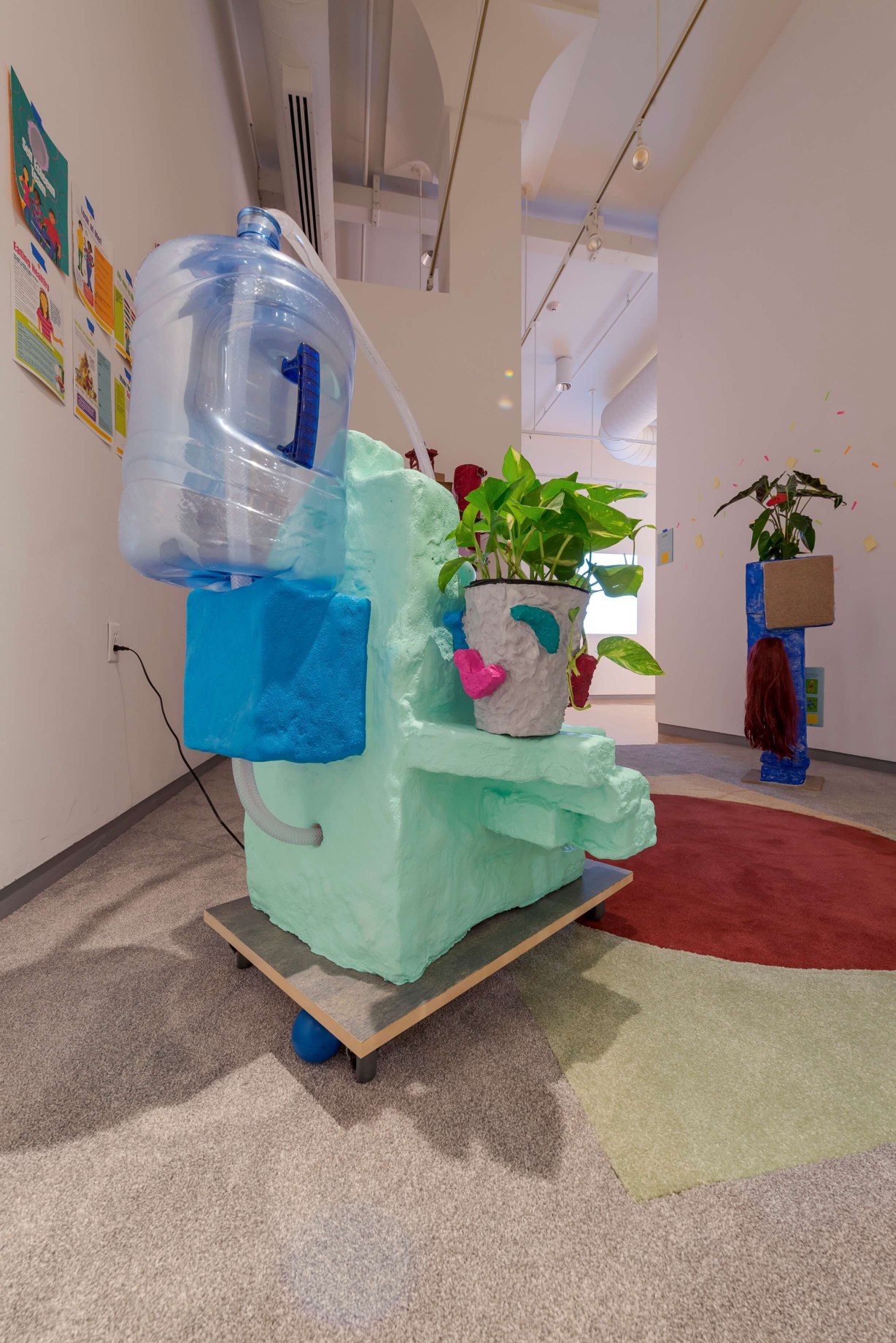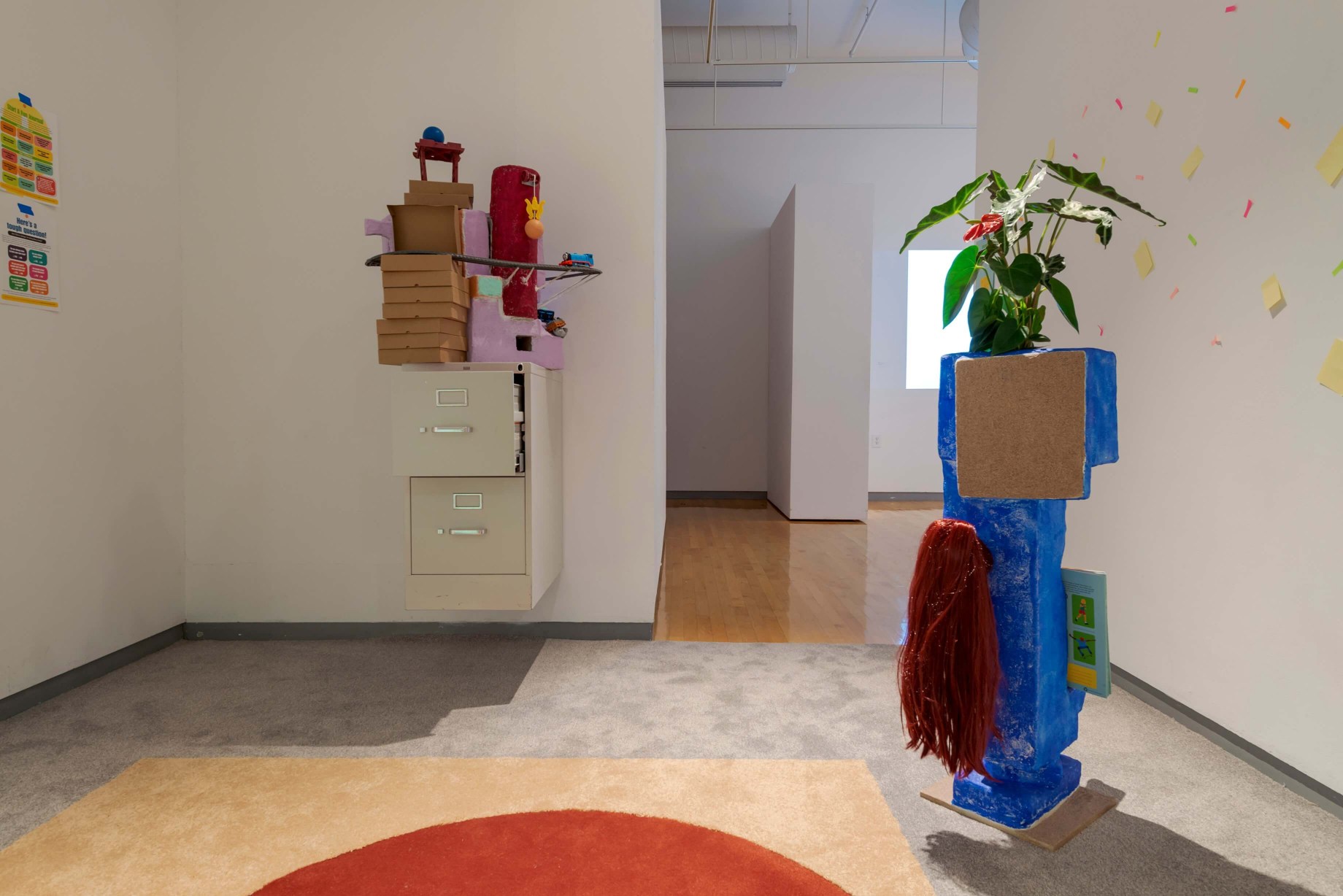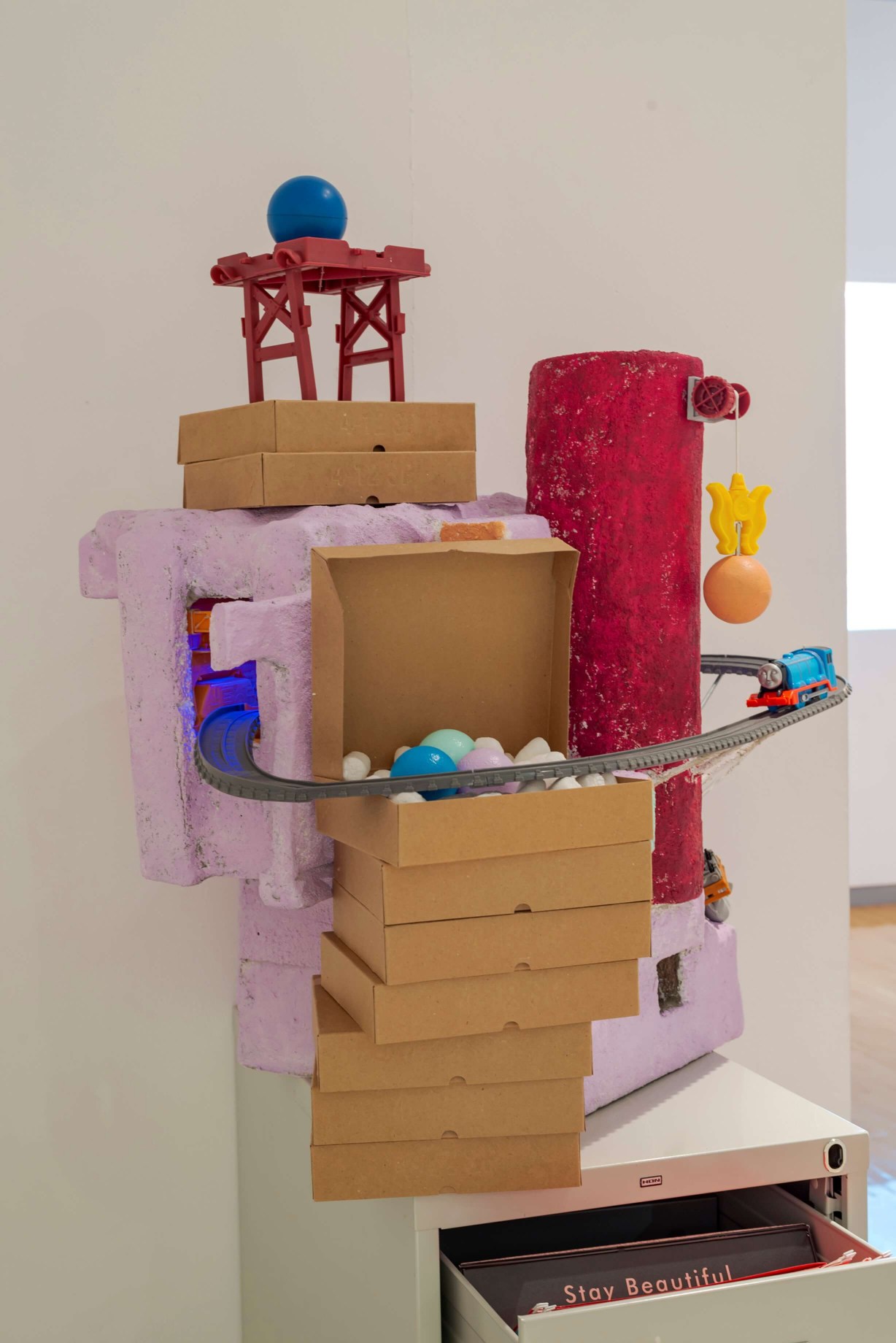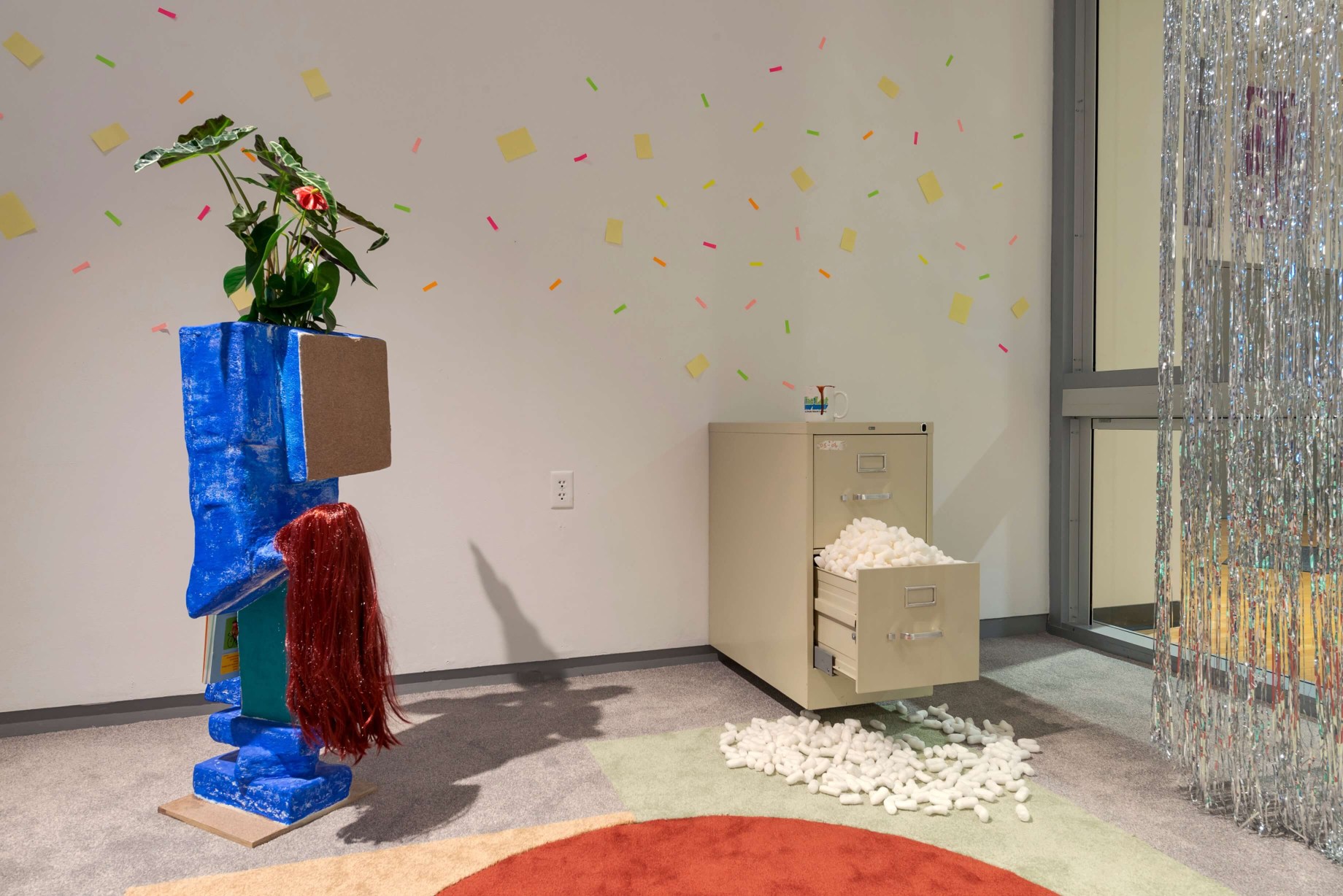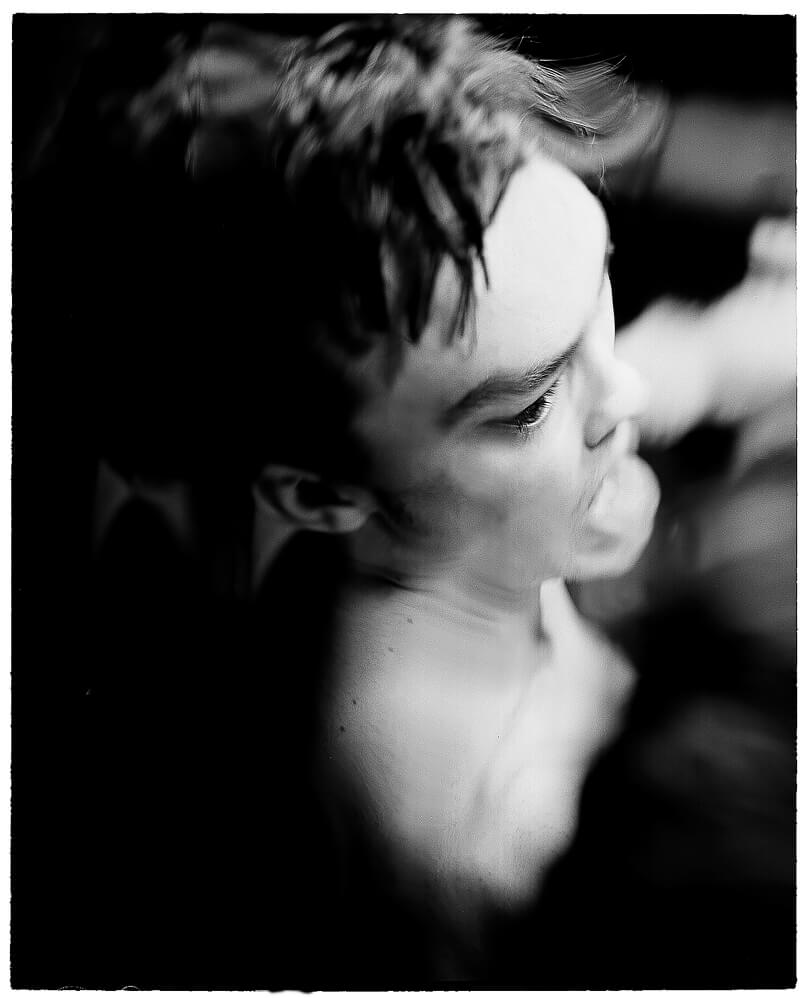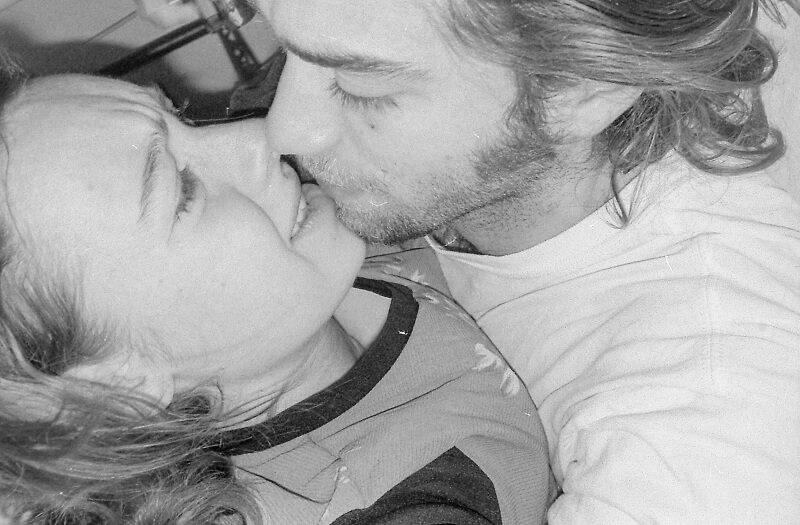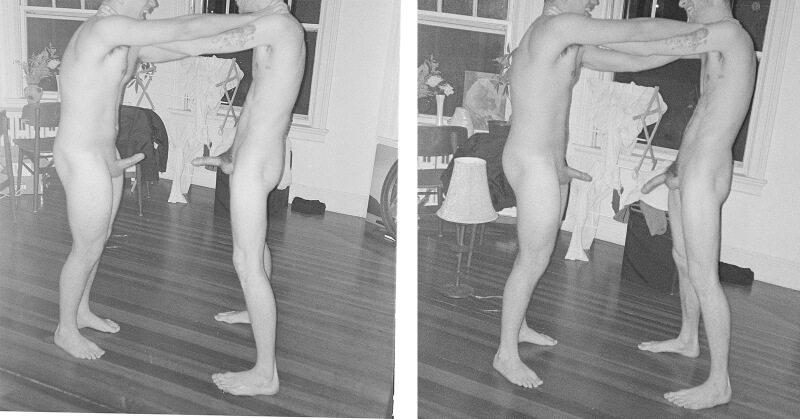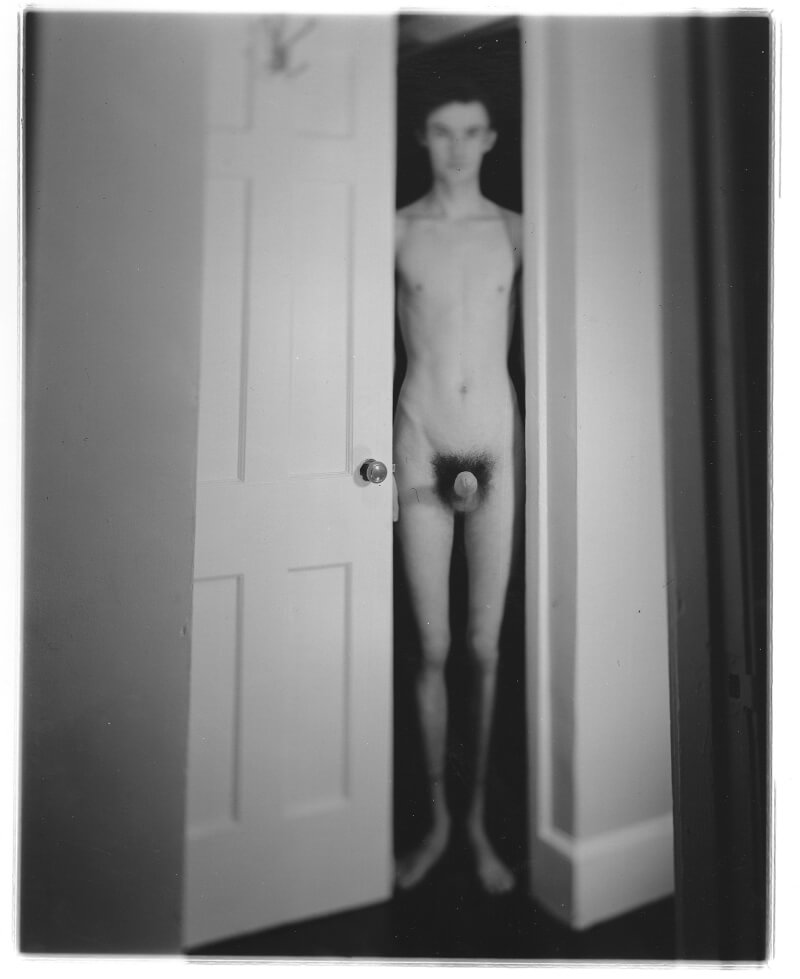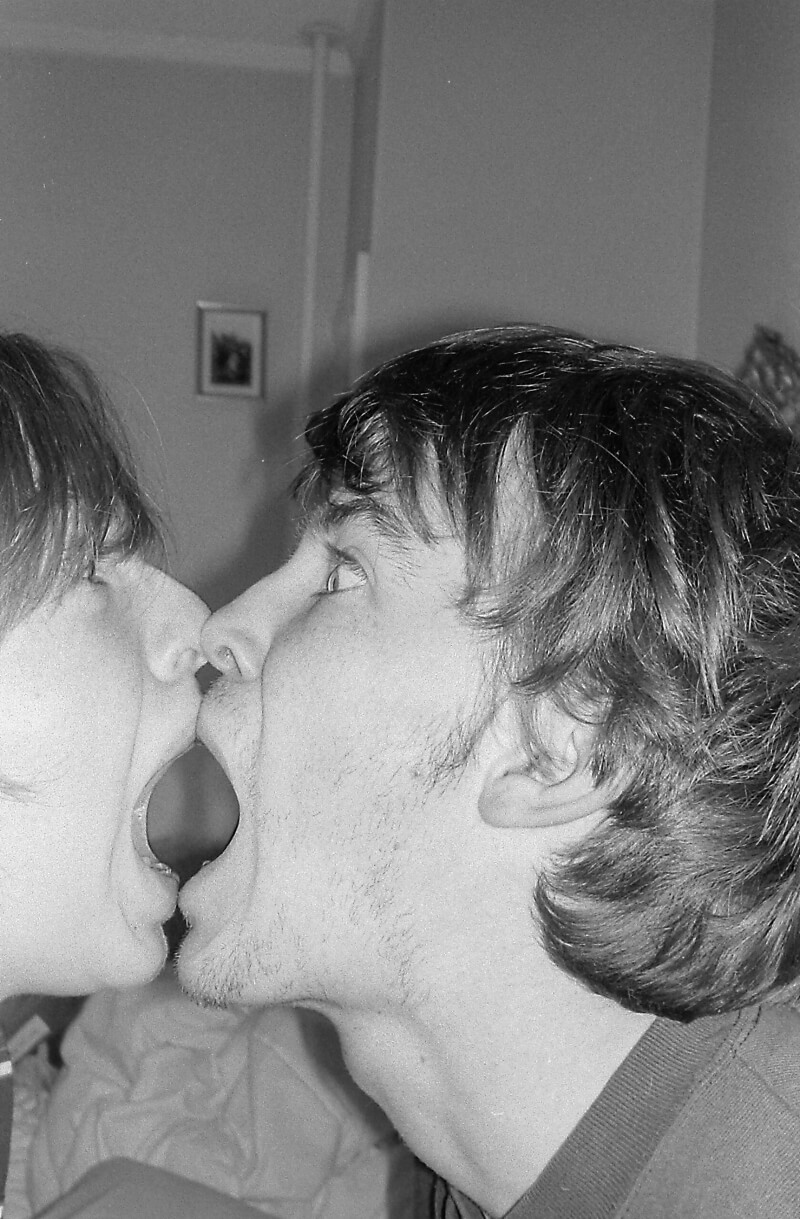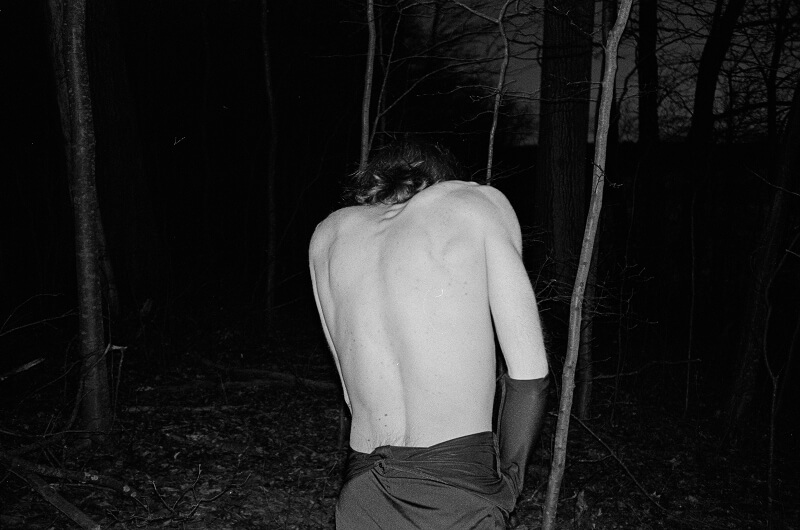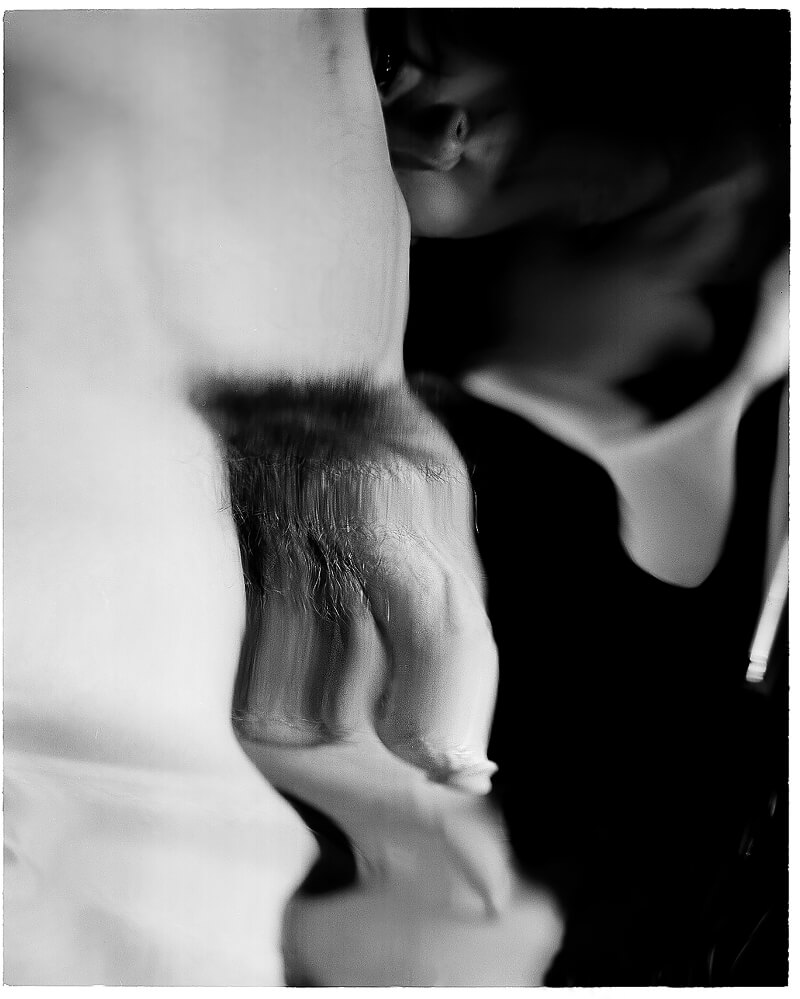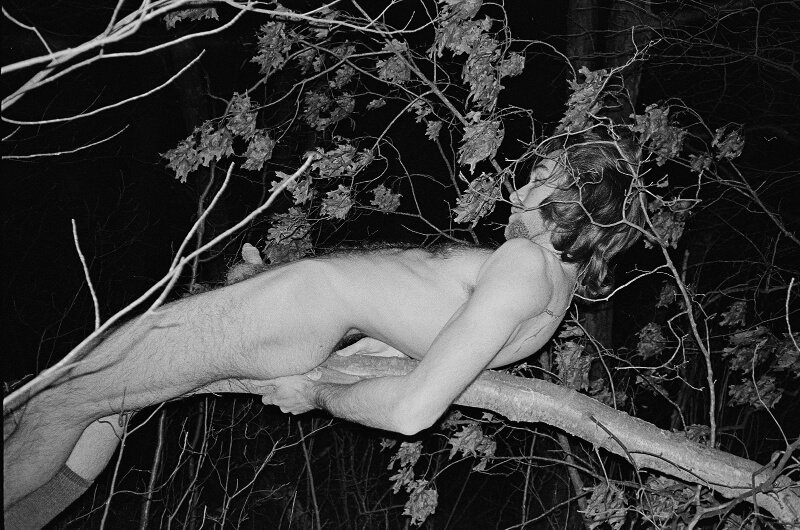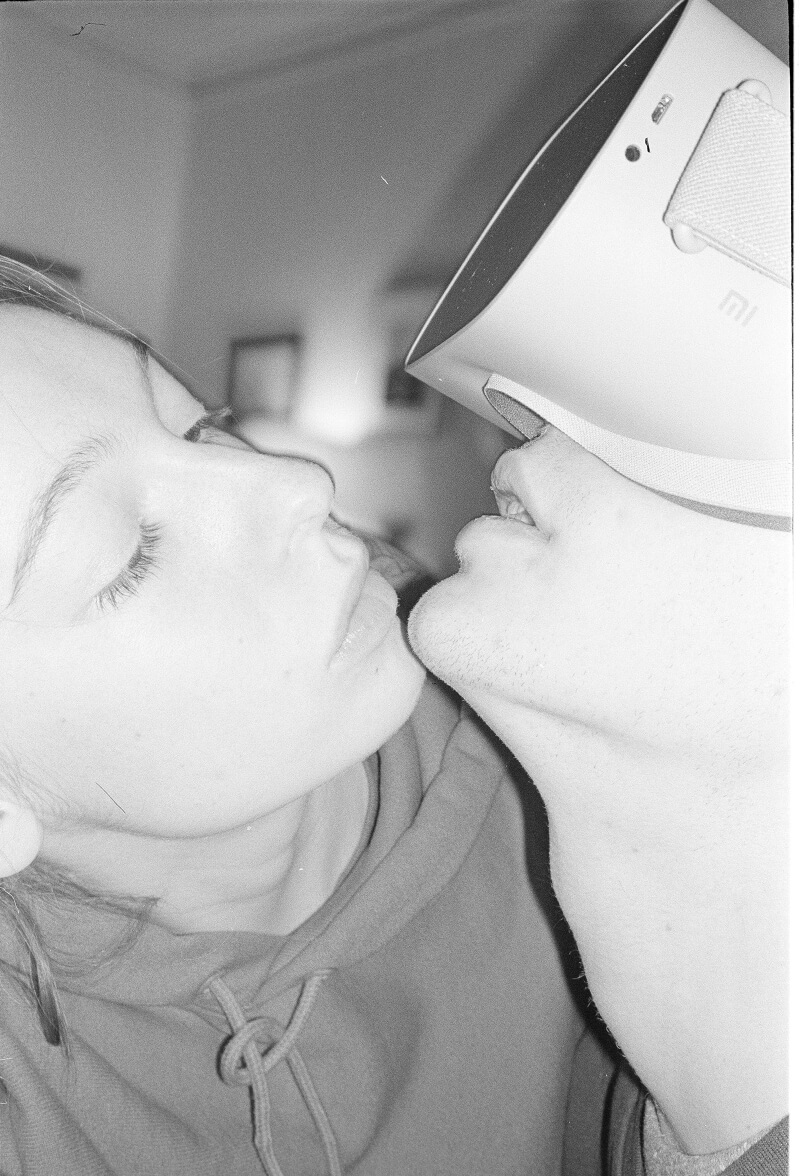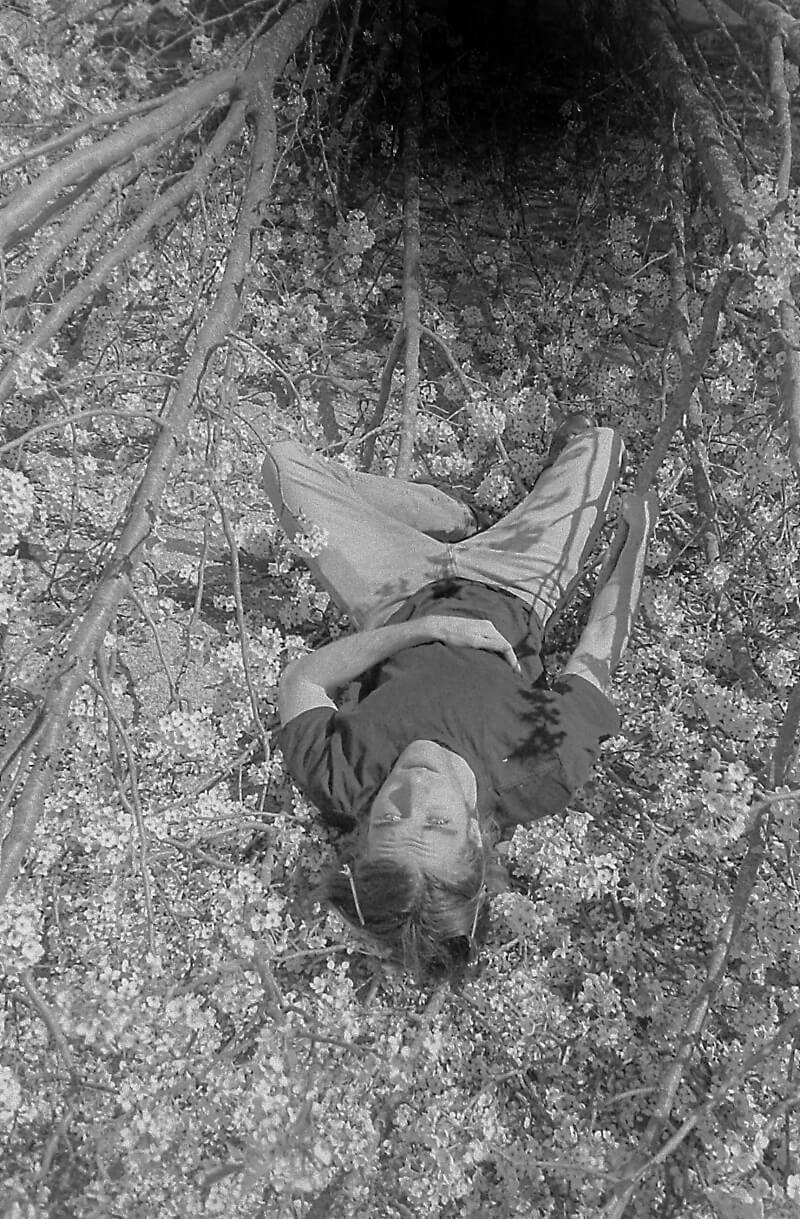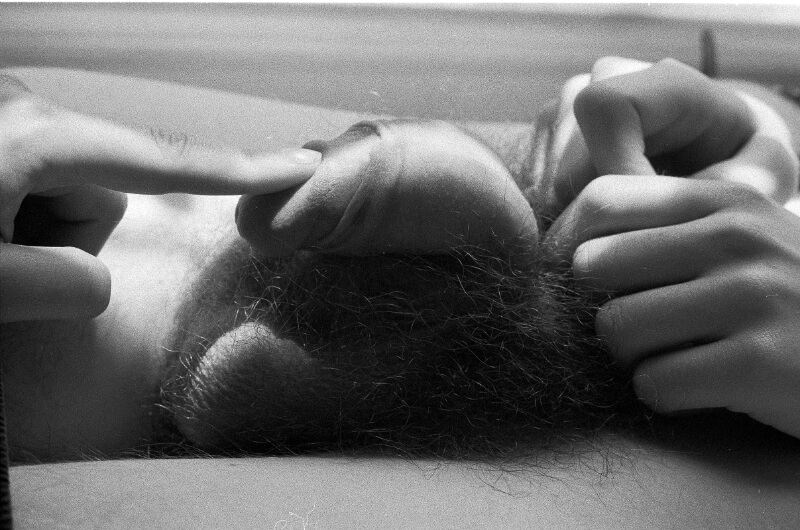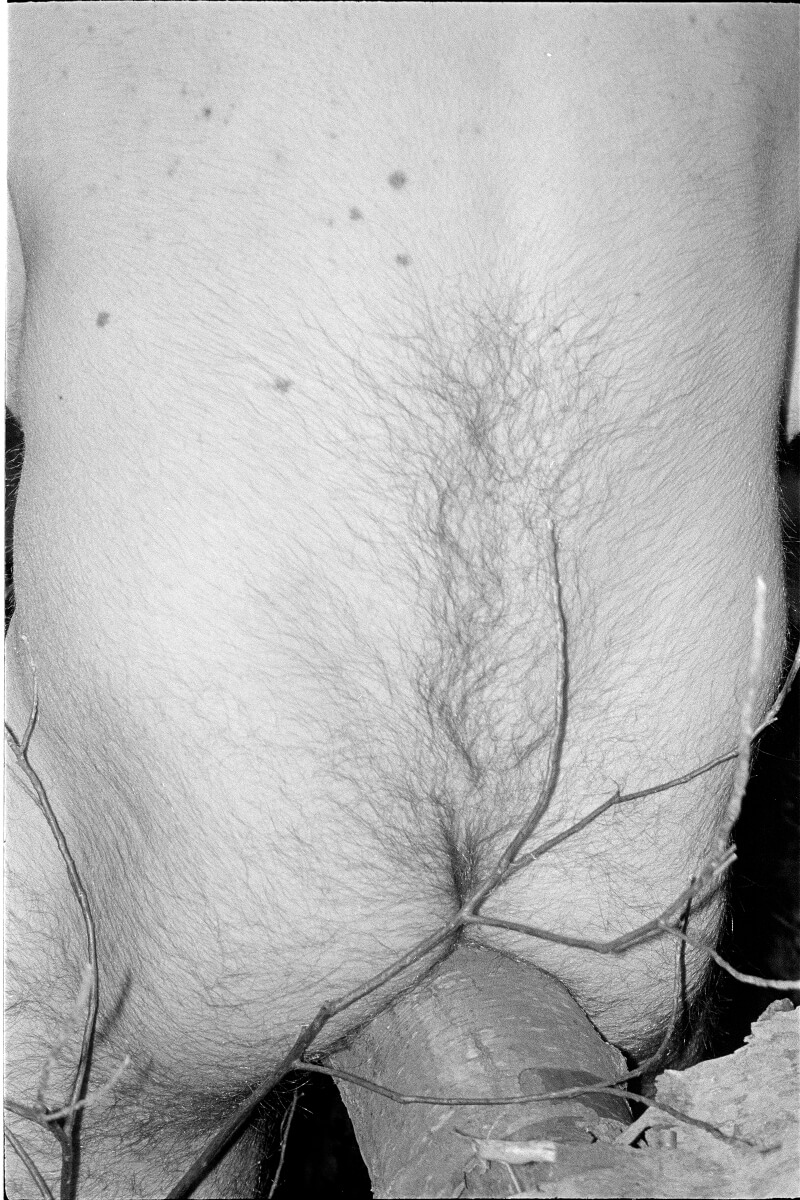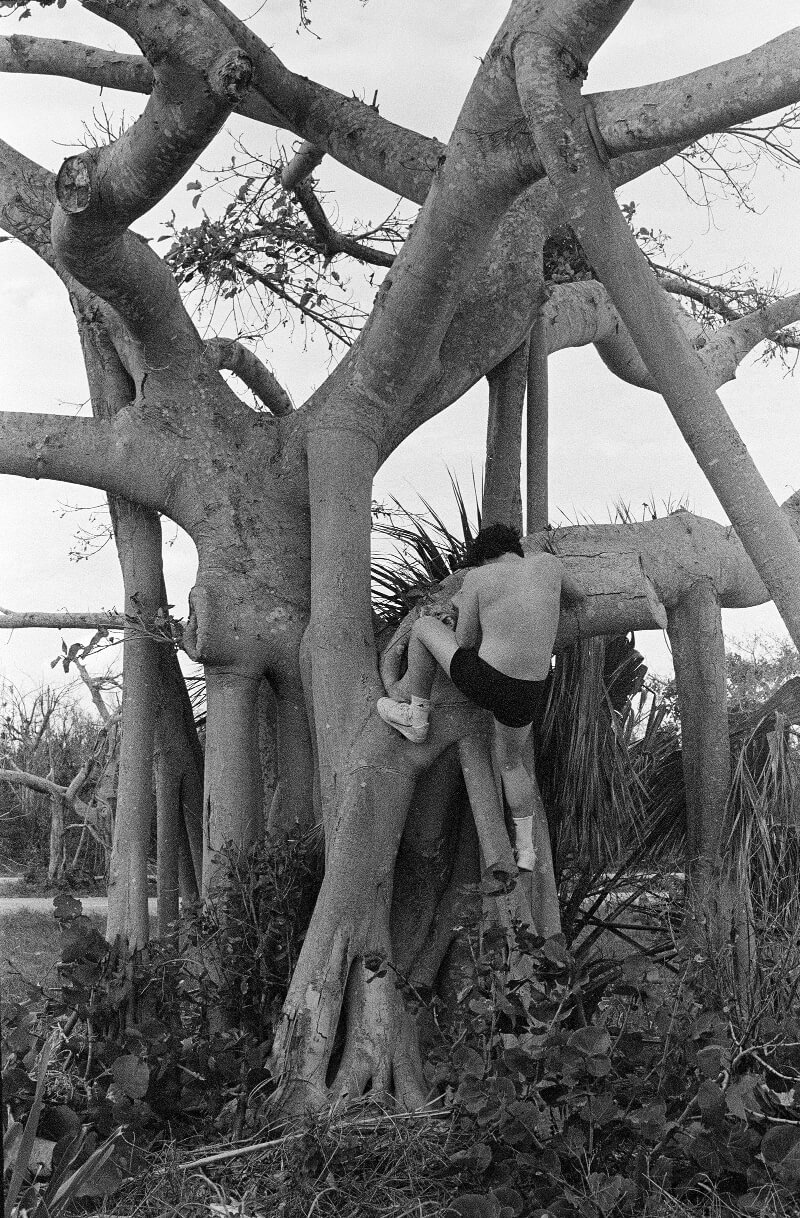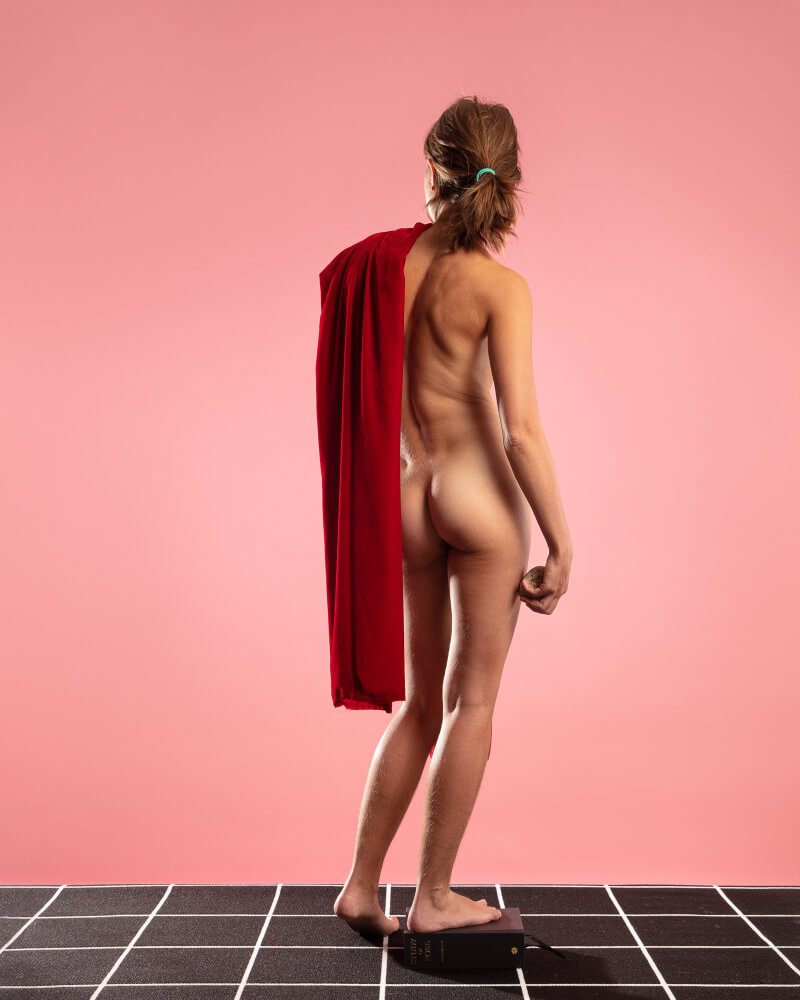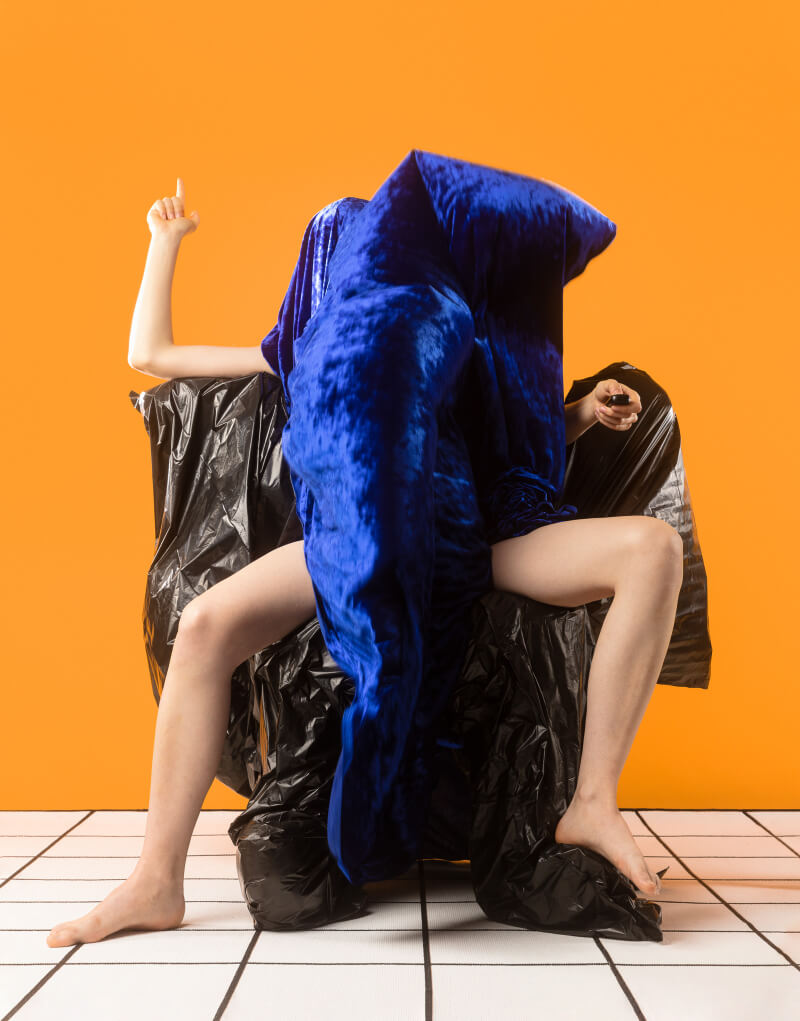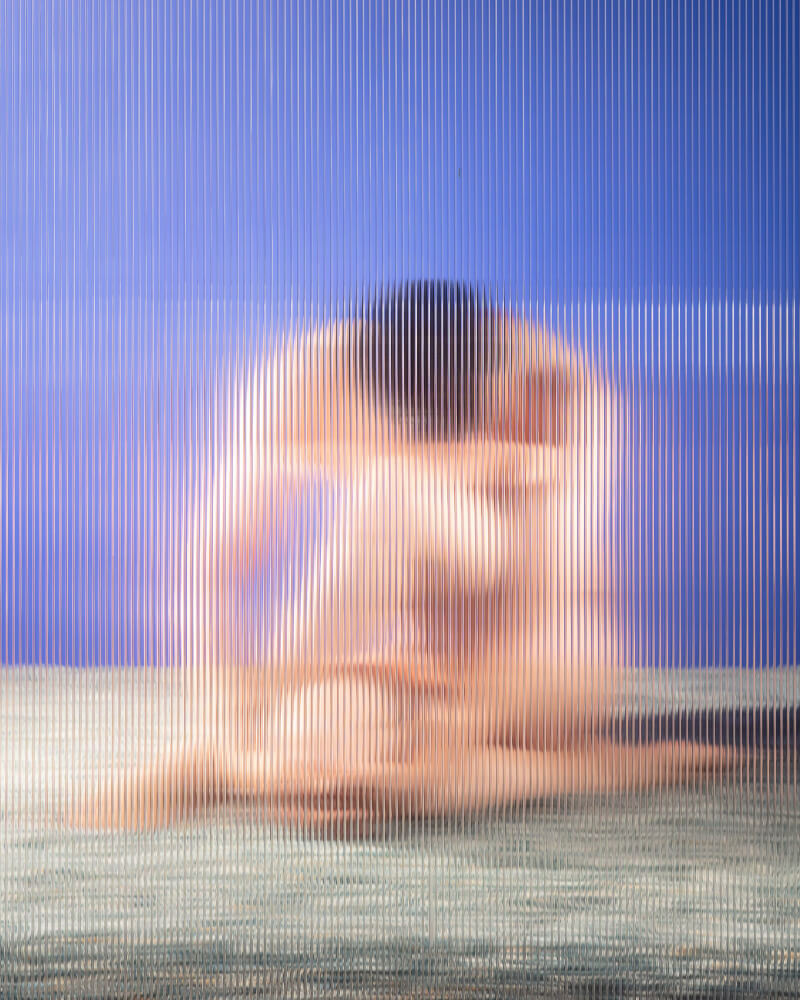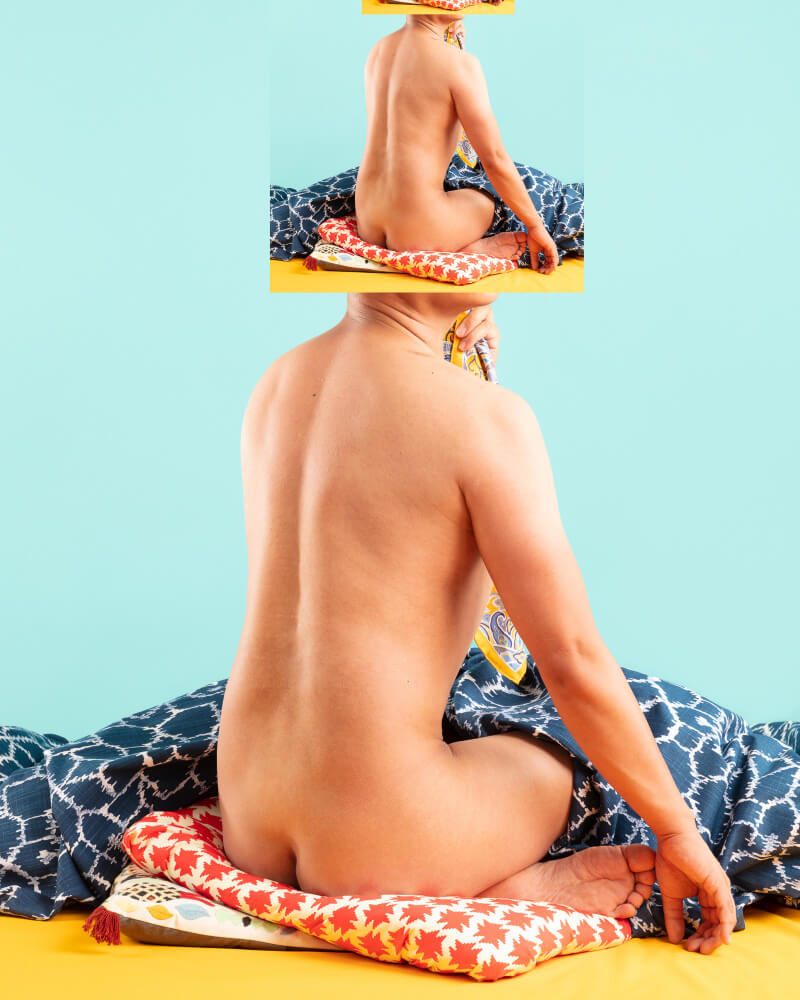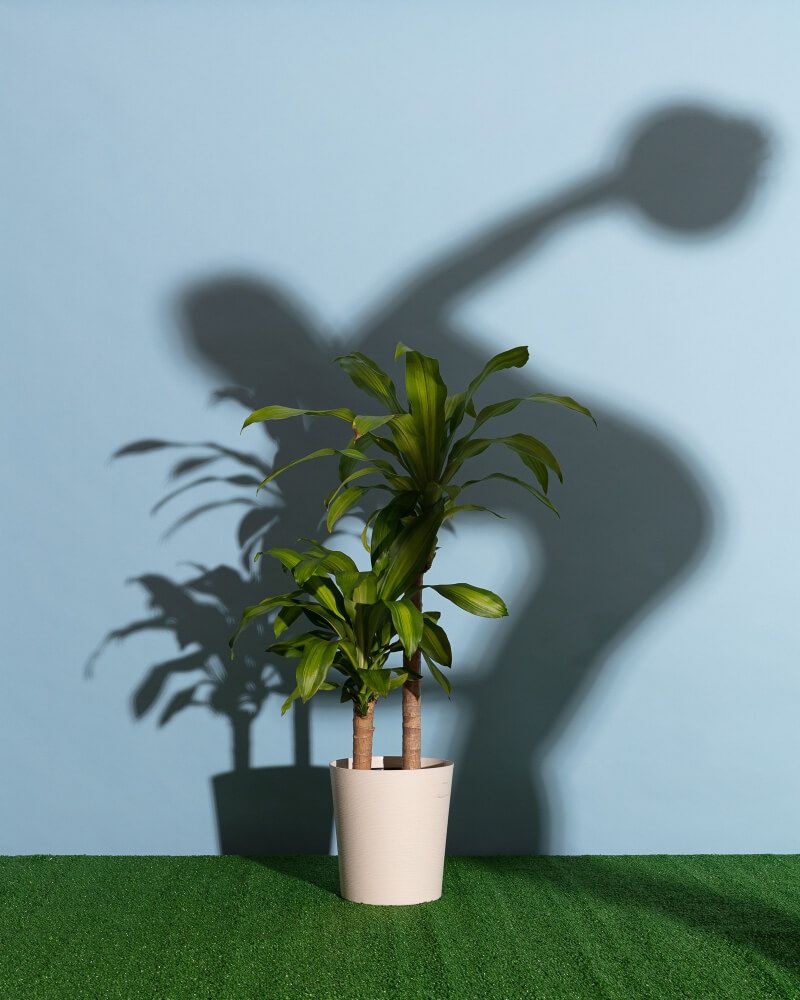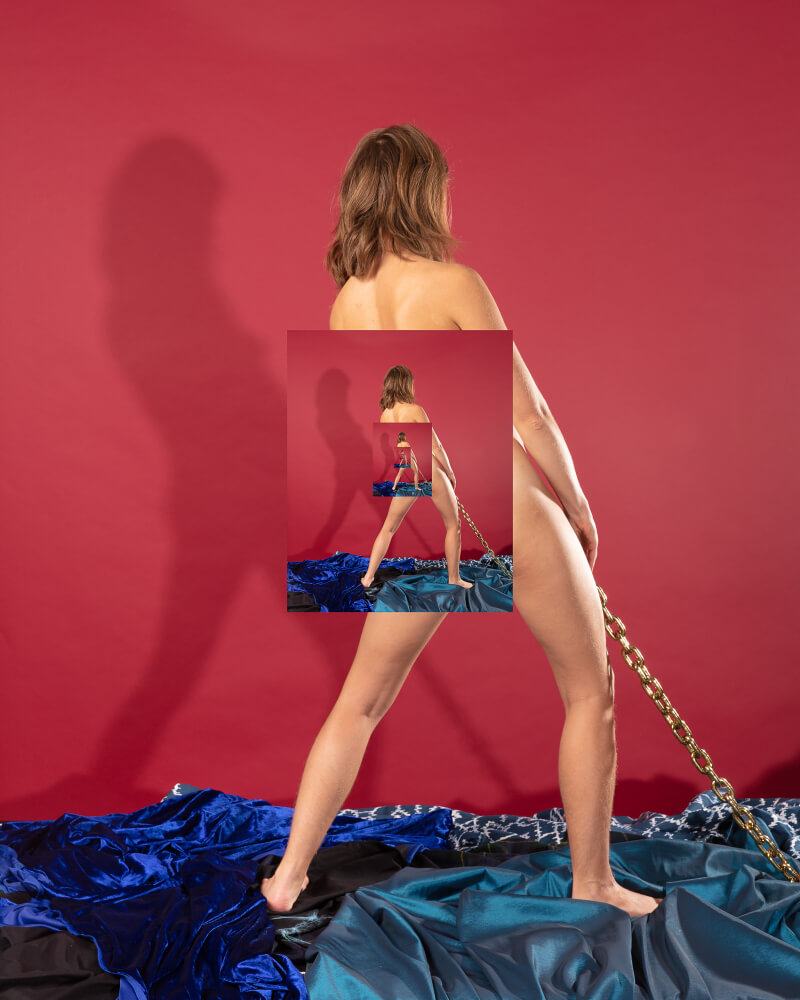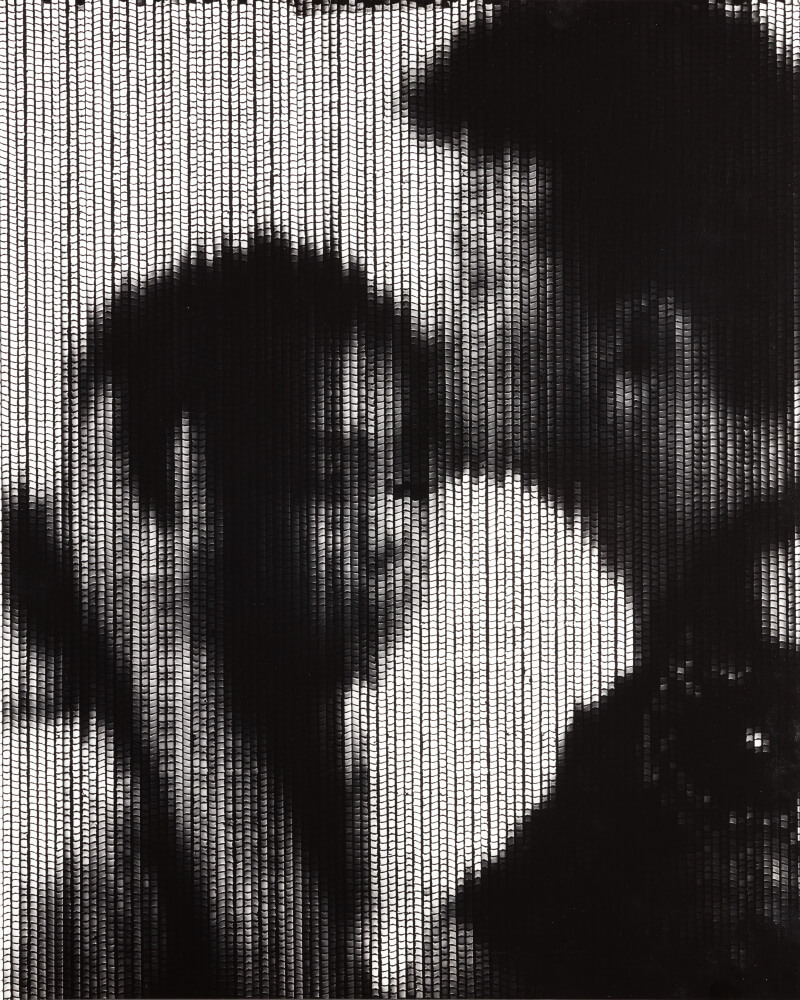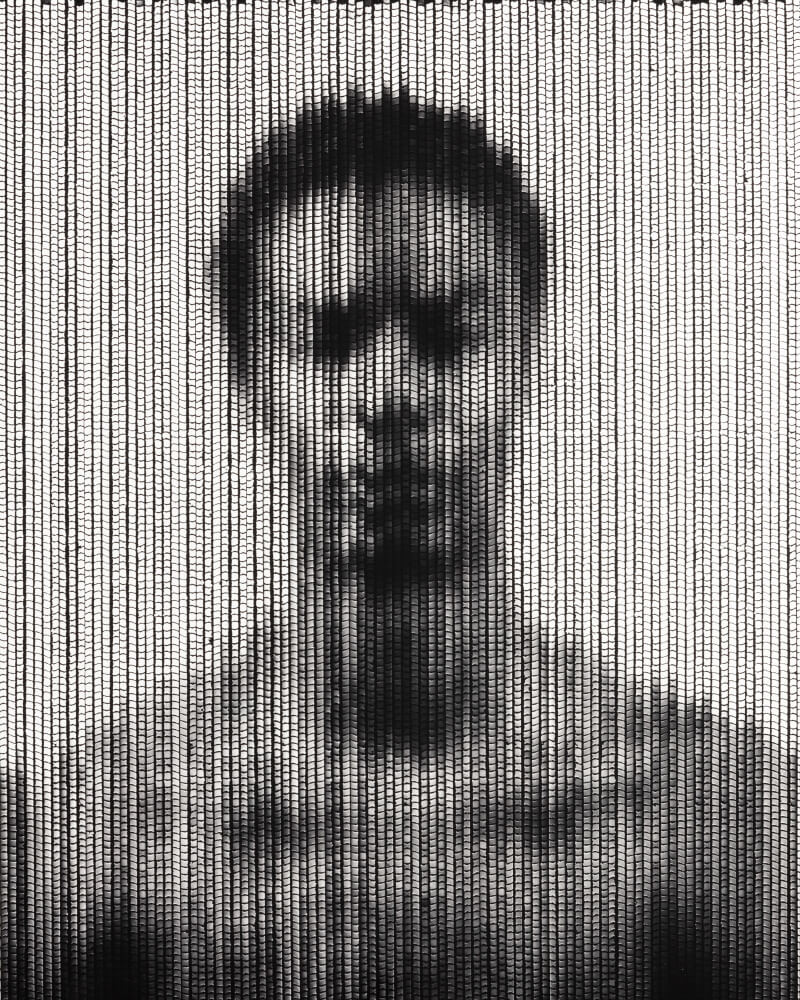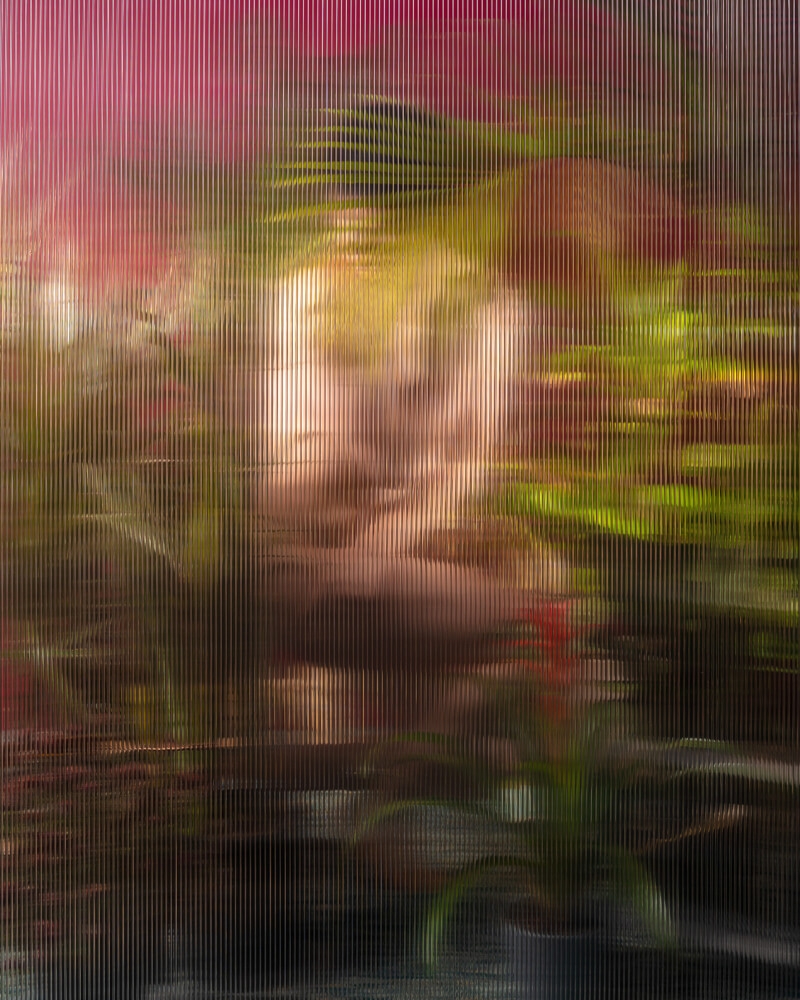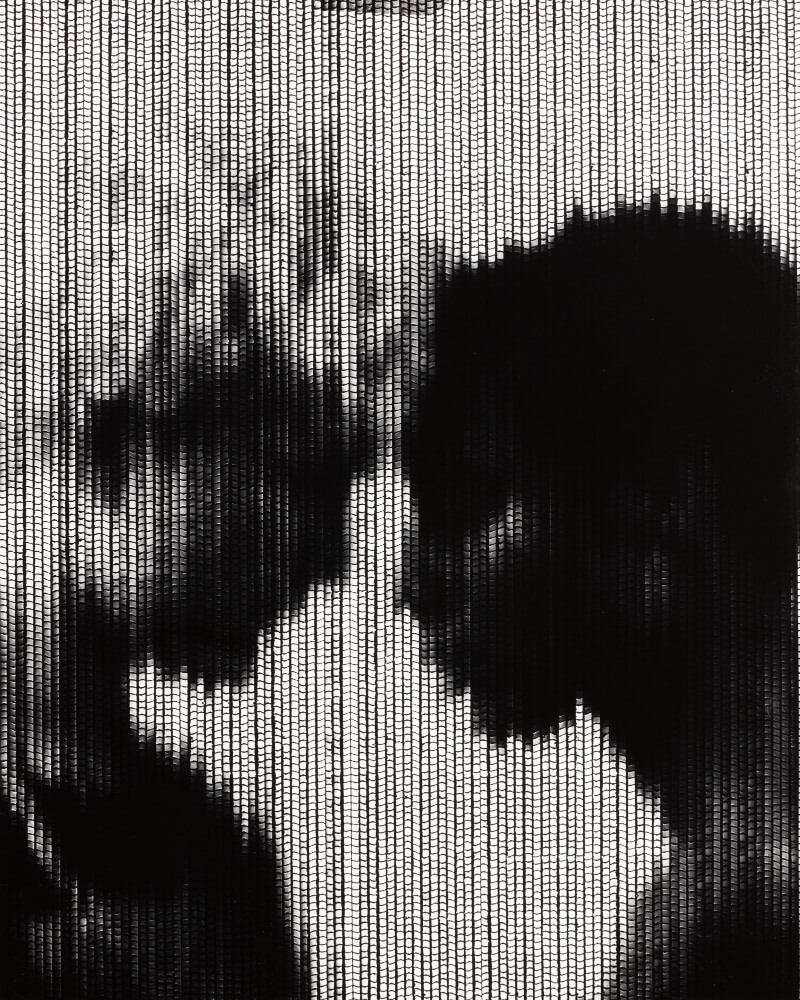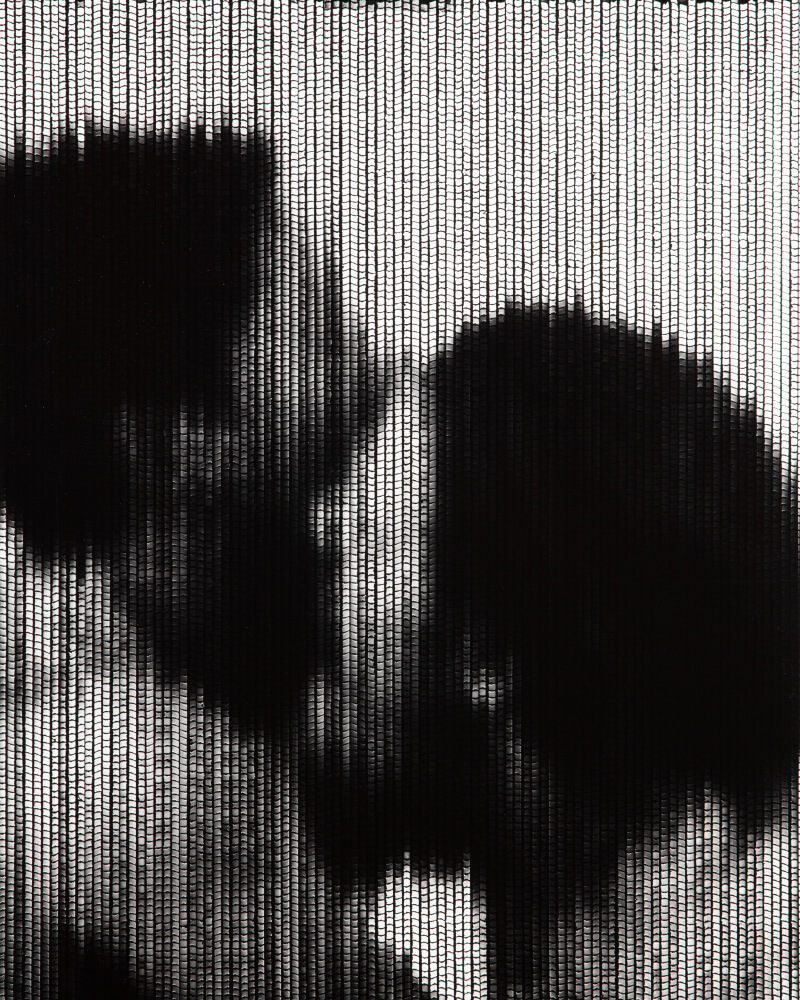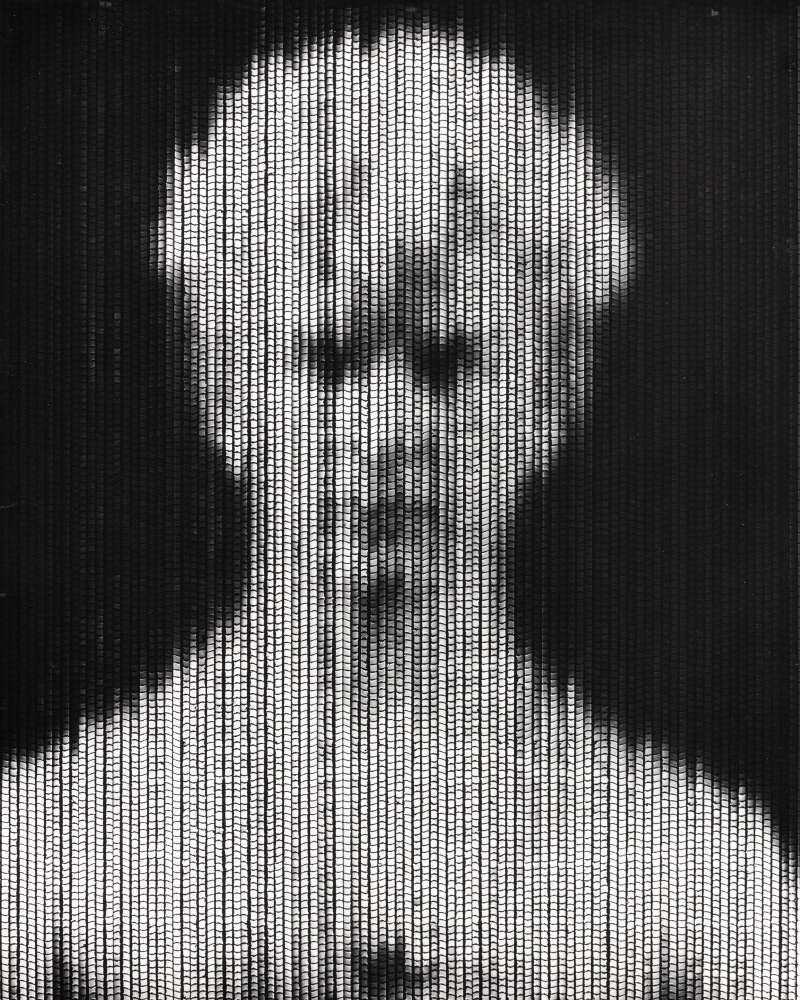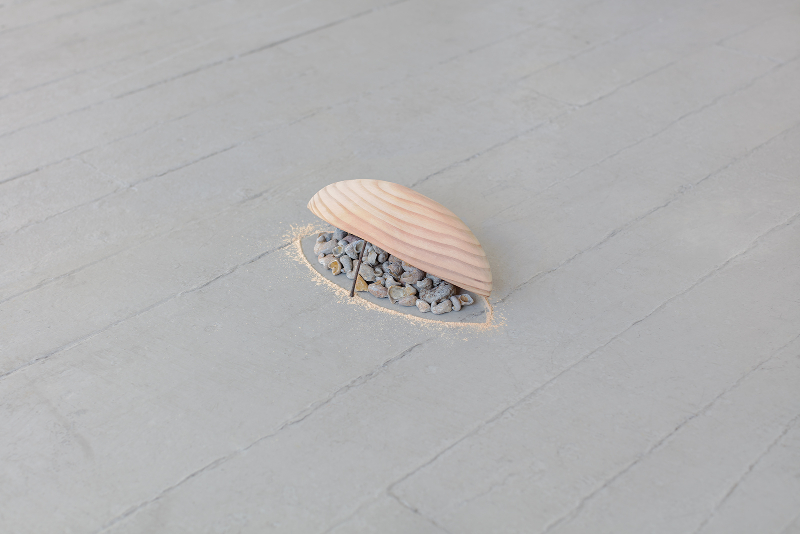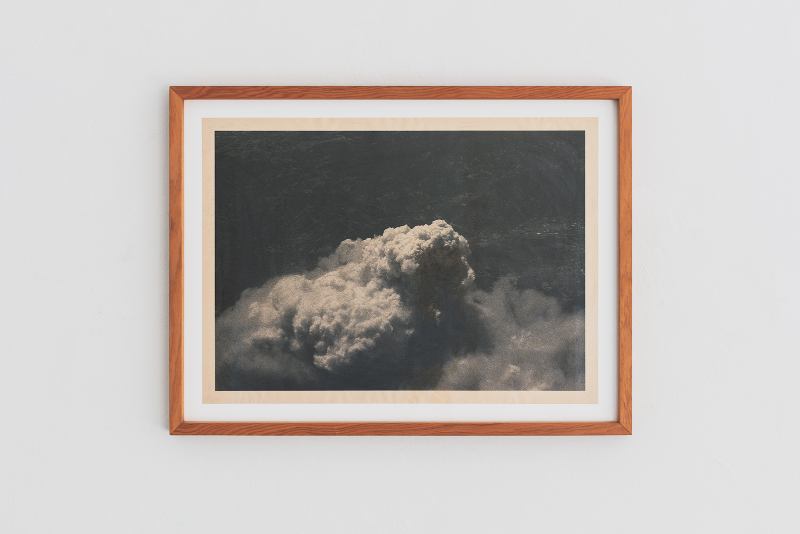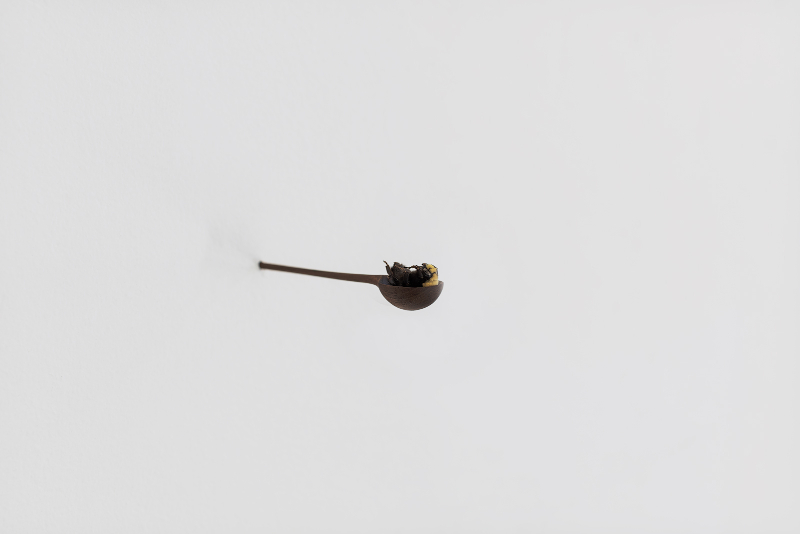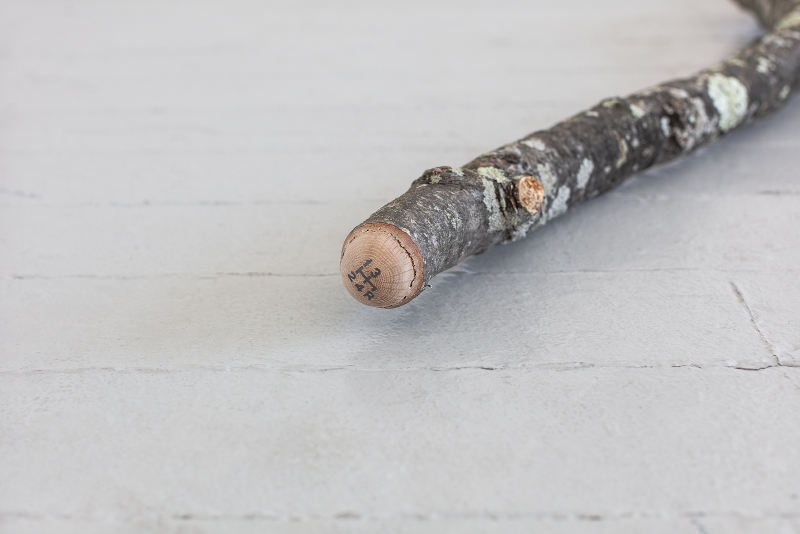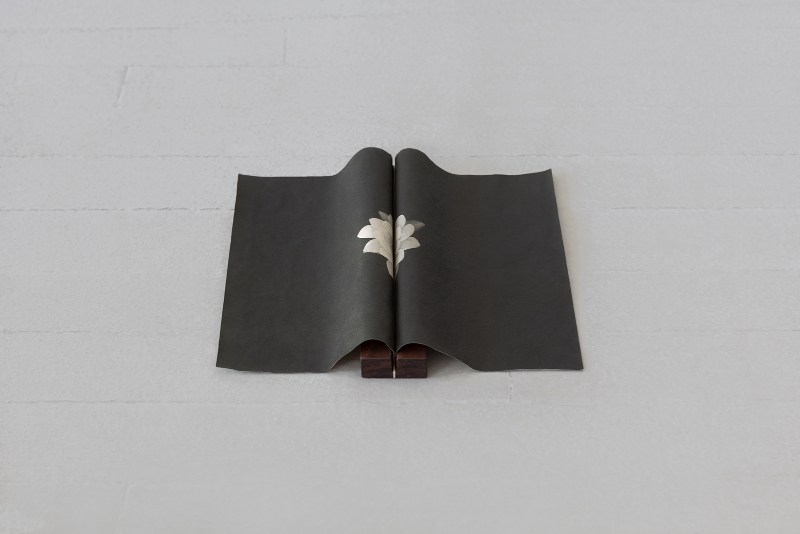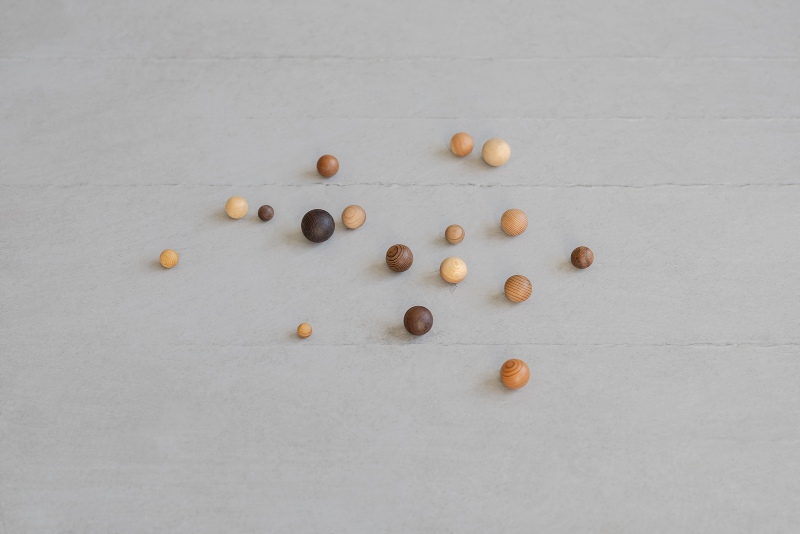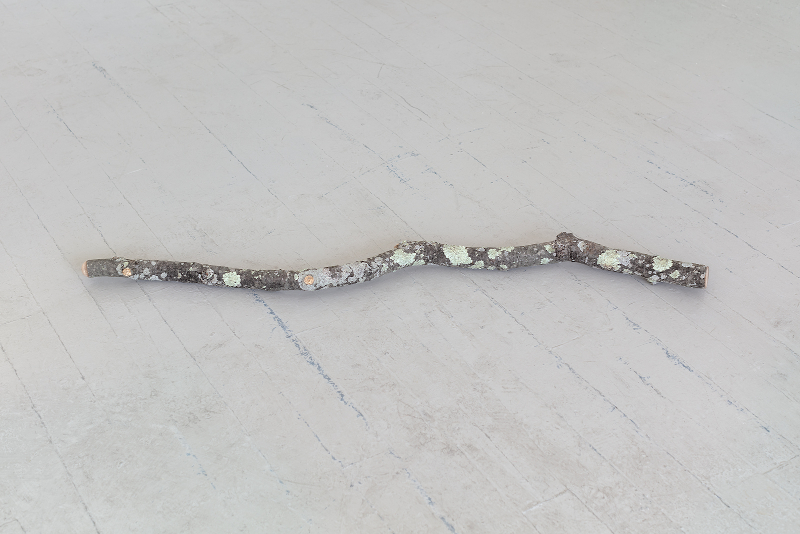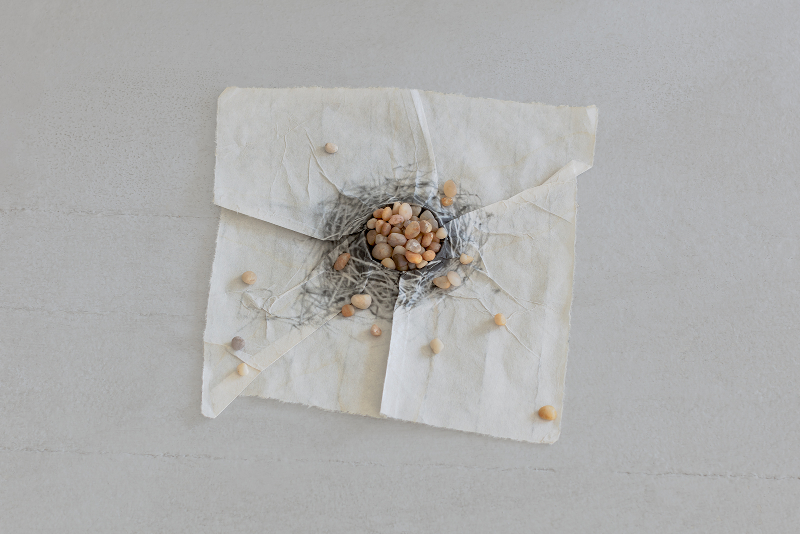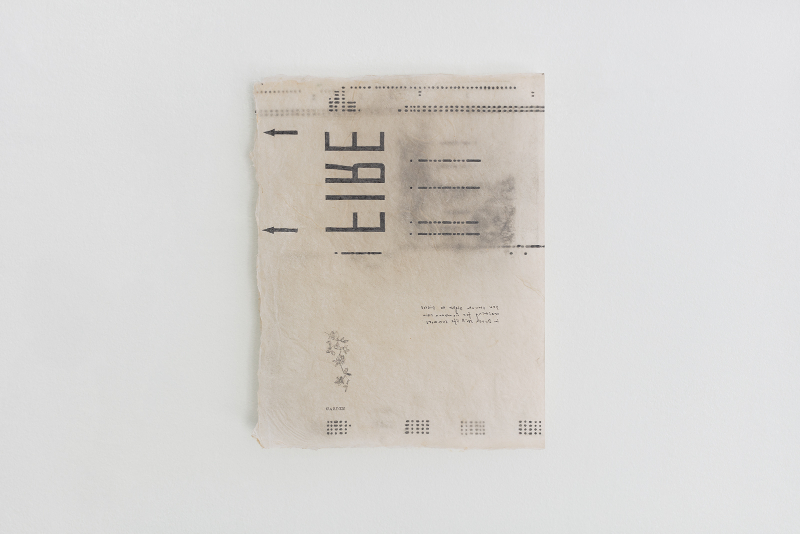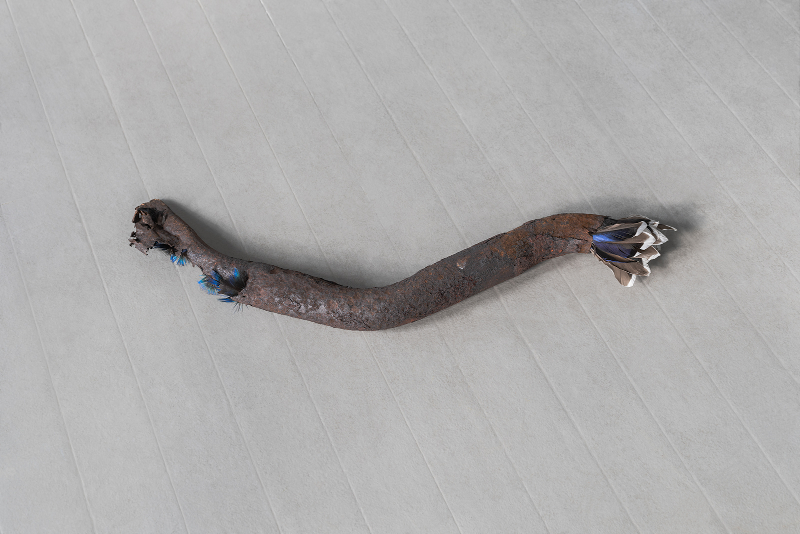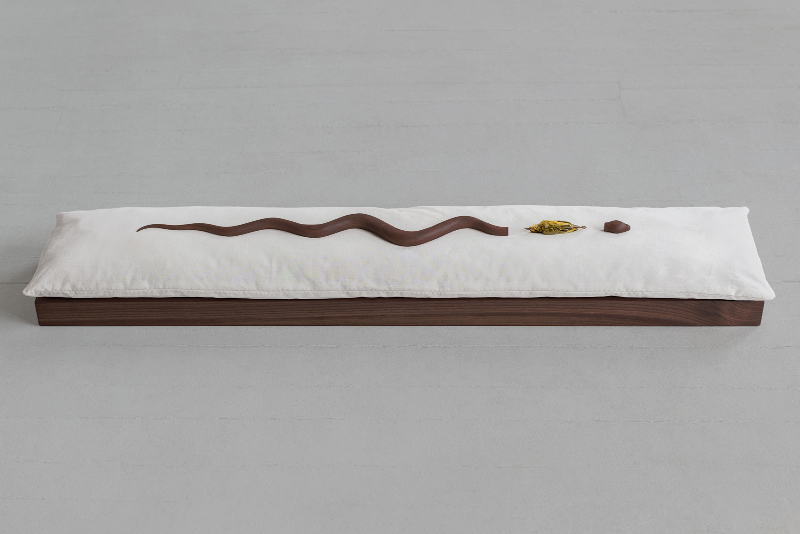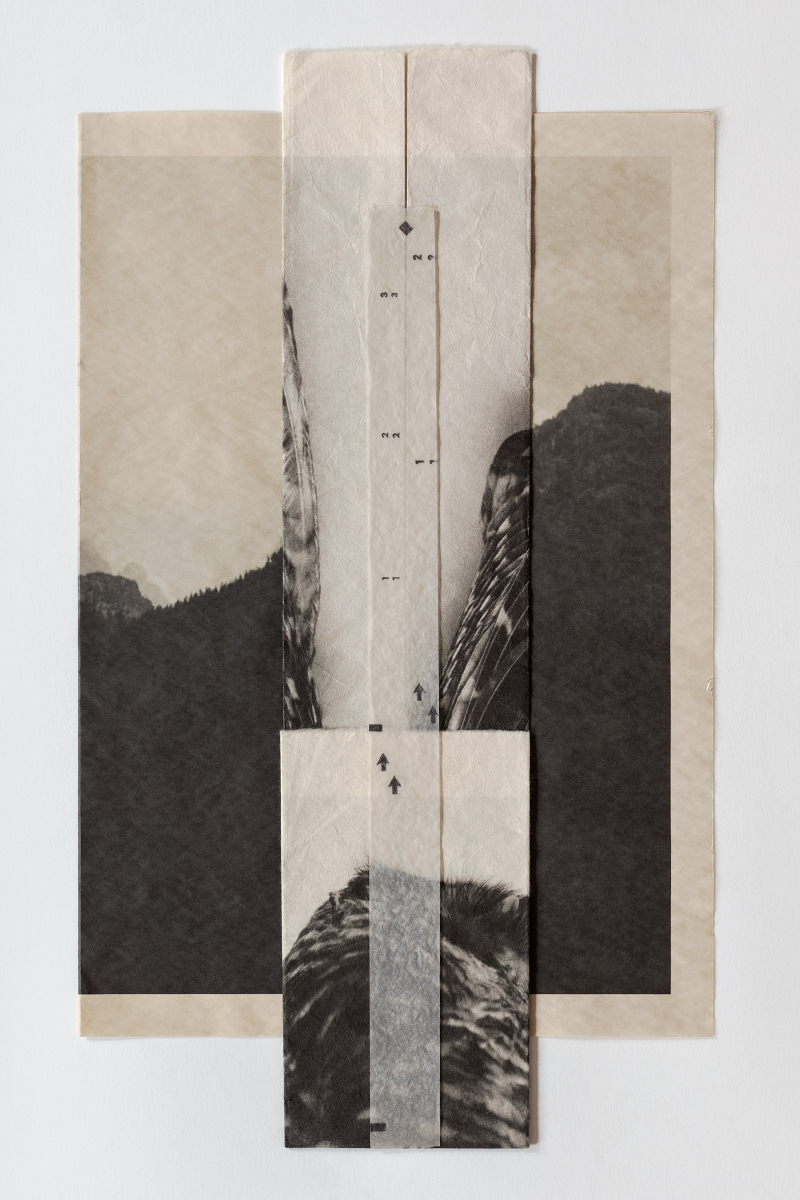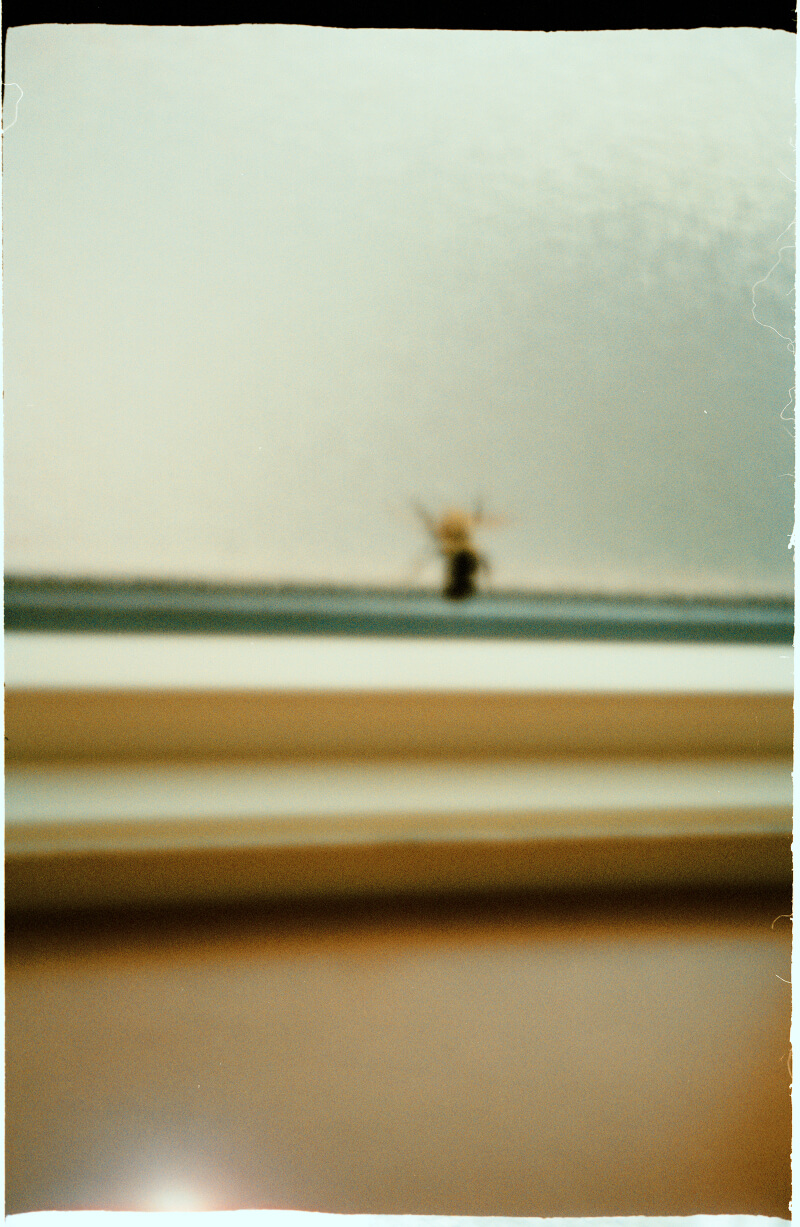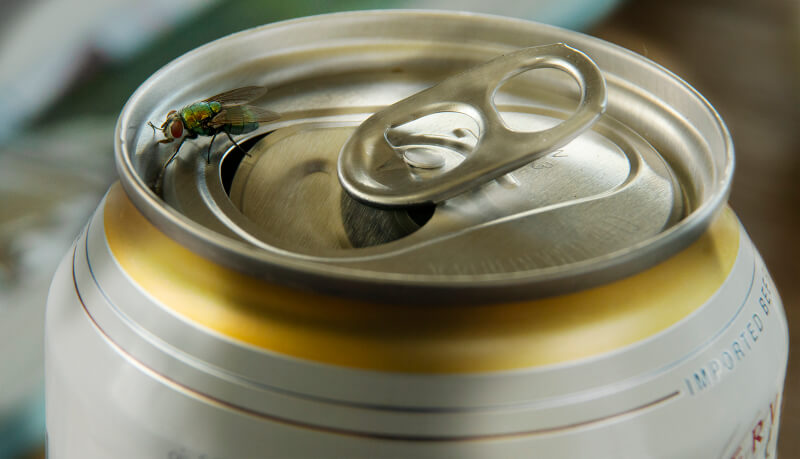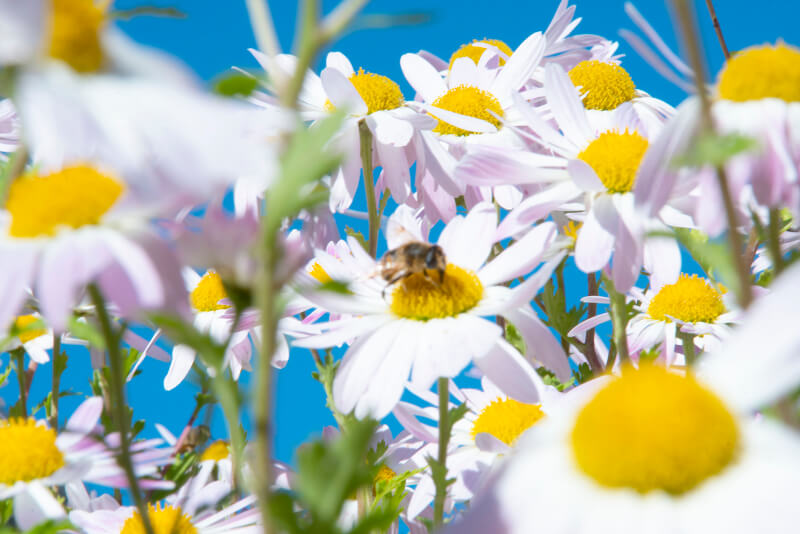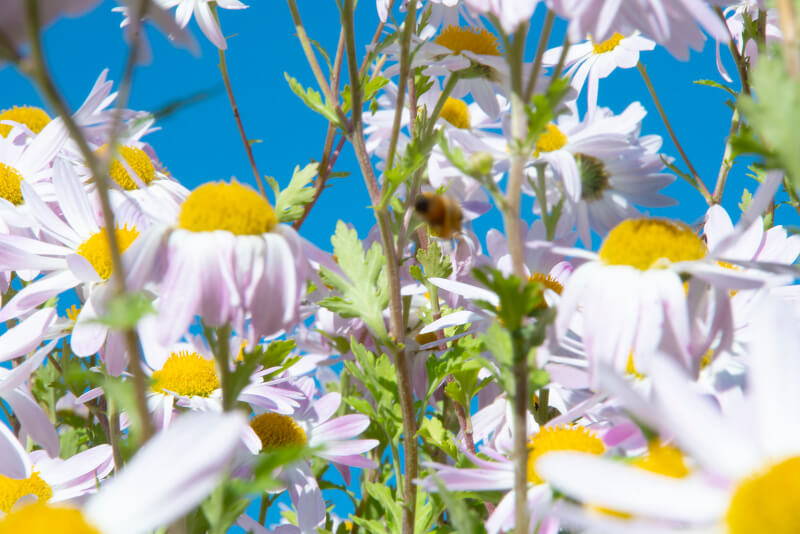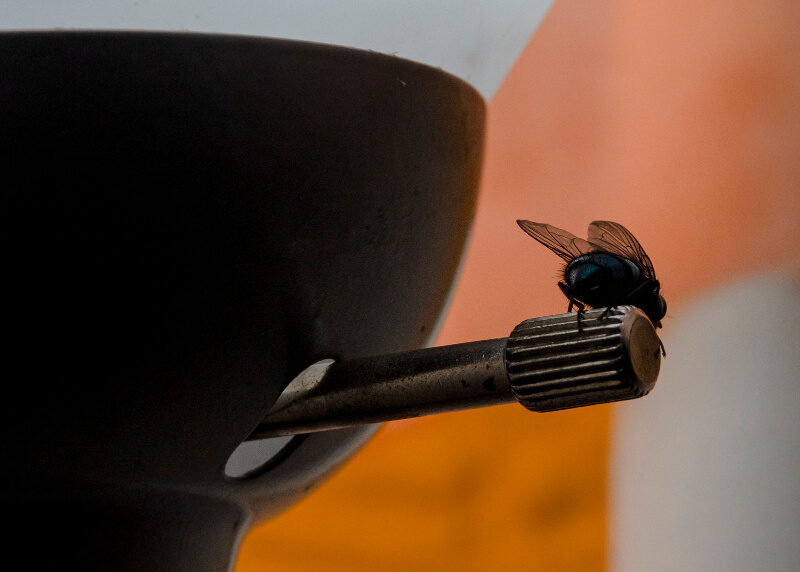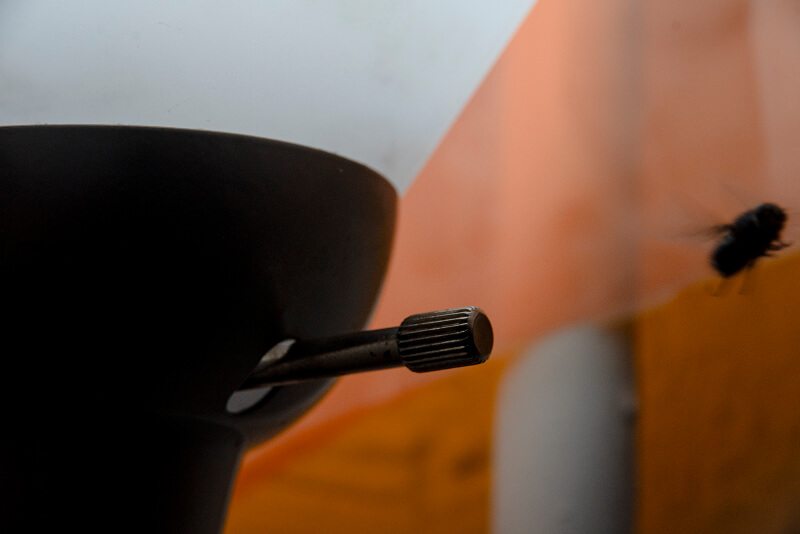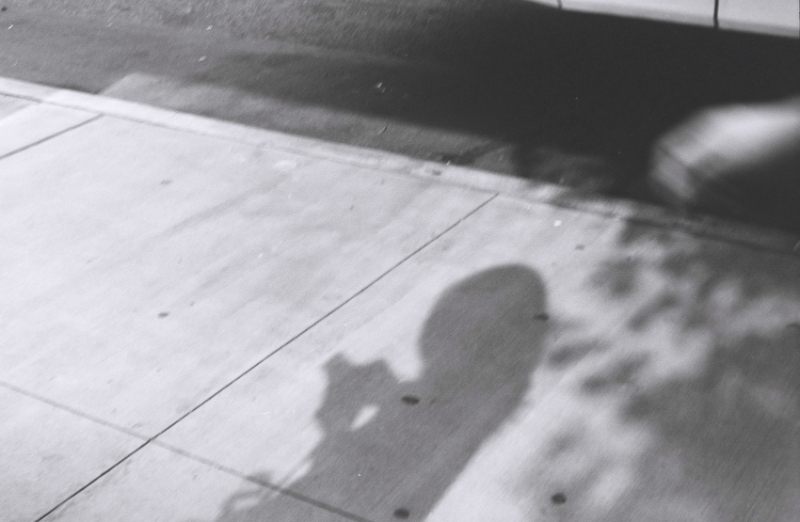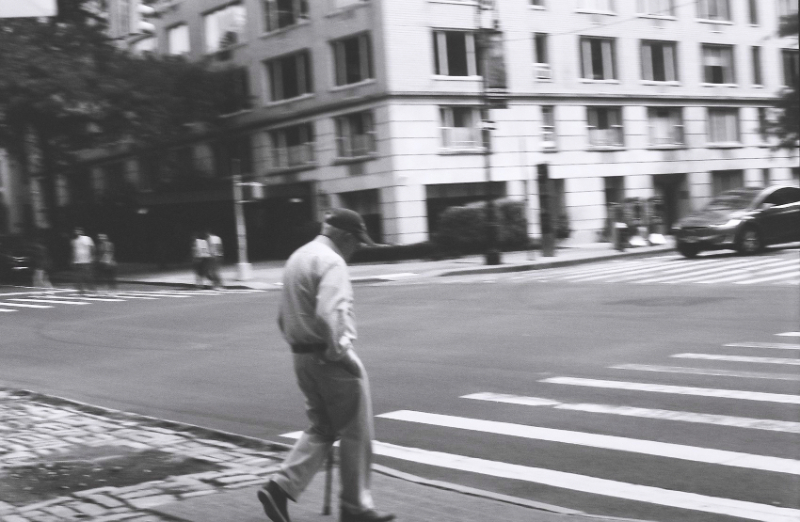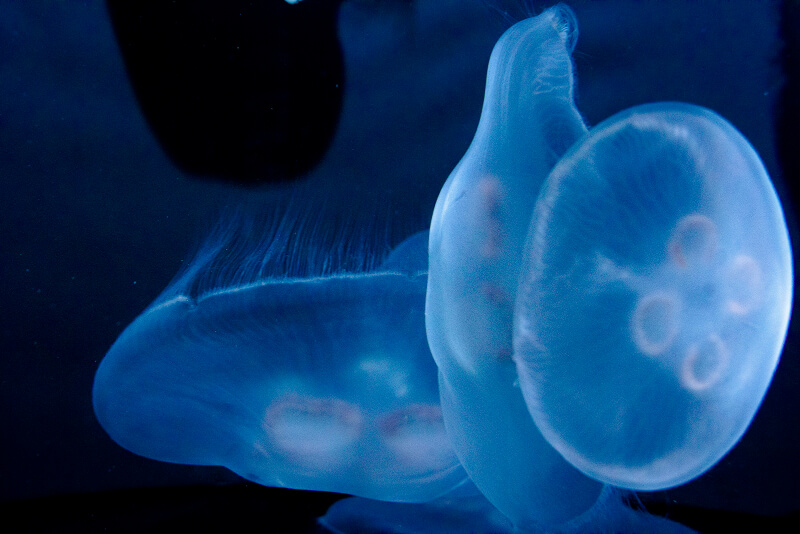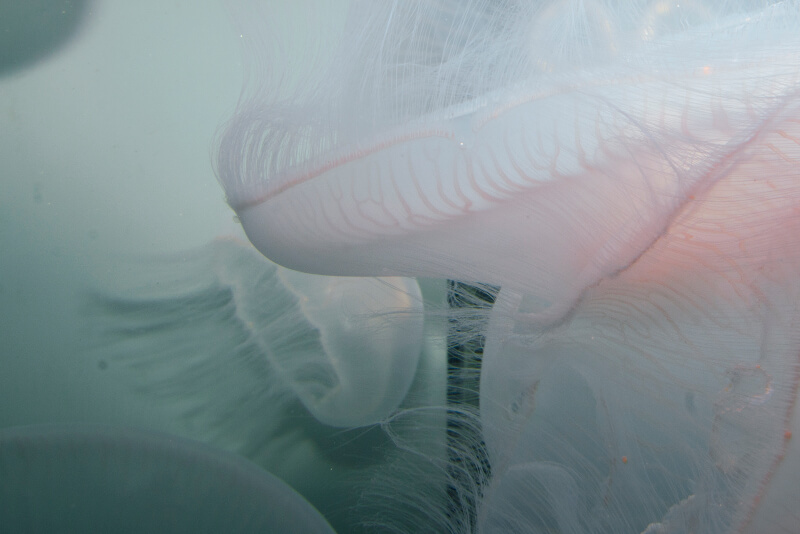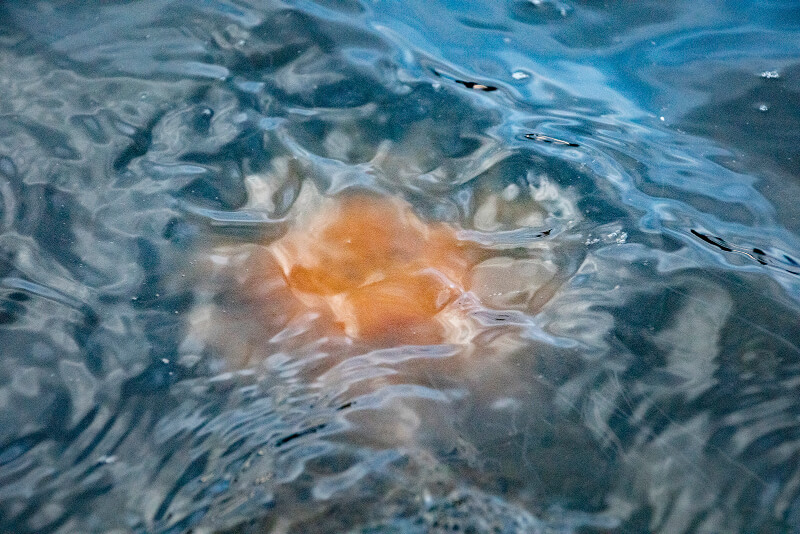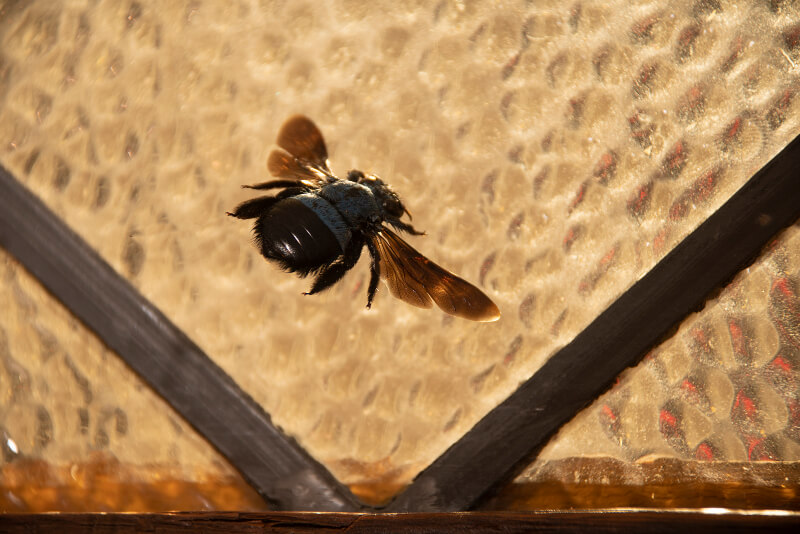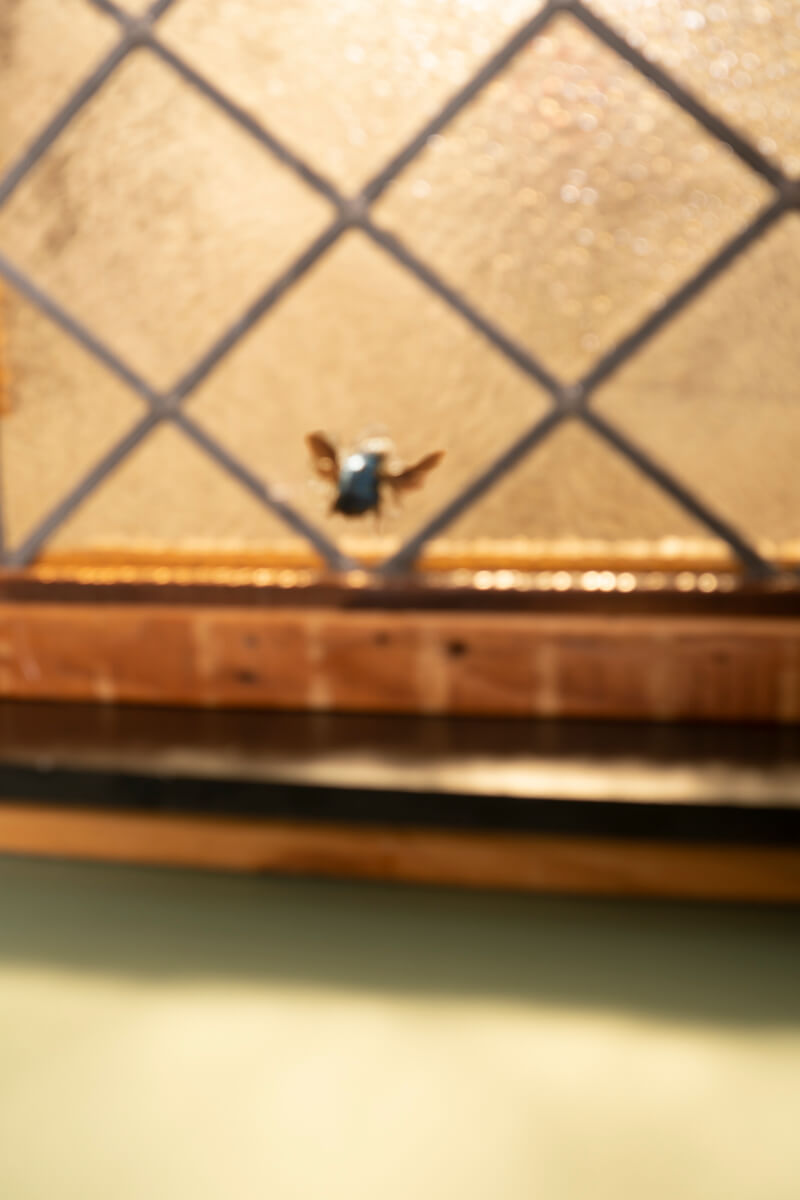
● Han Seok You ▼ Website
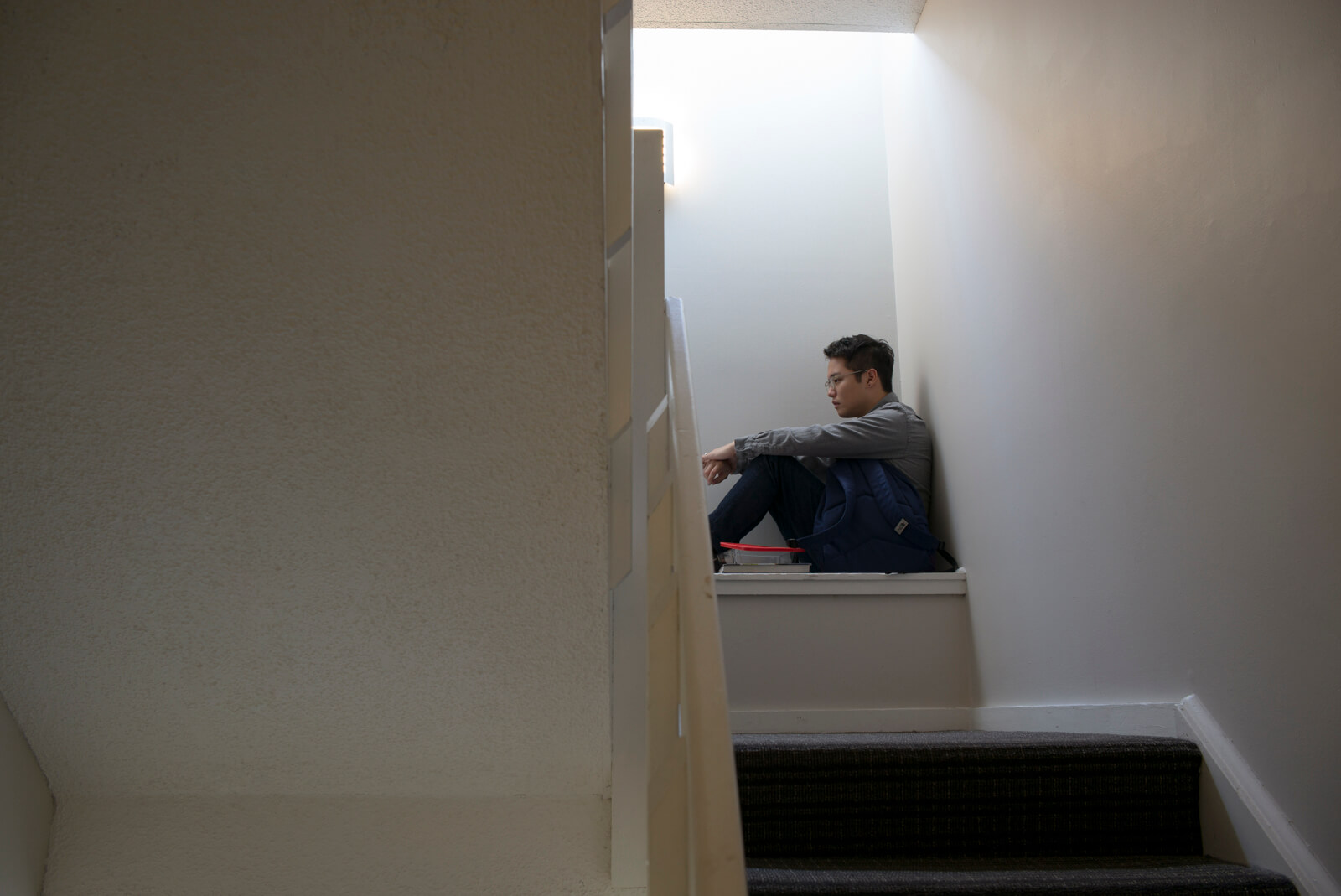
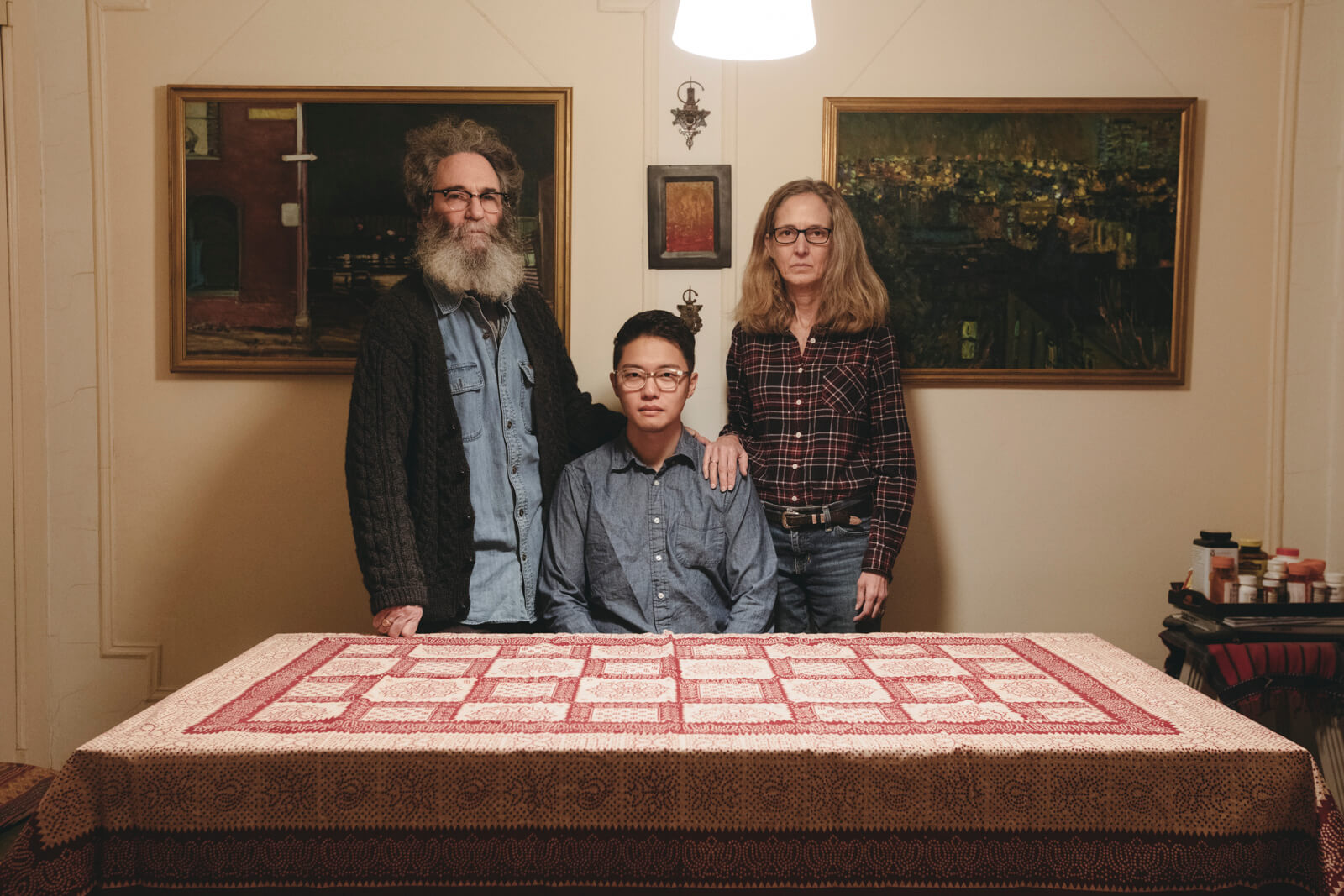
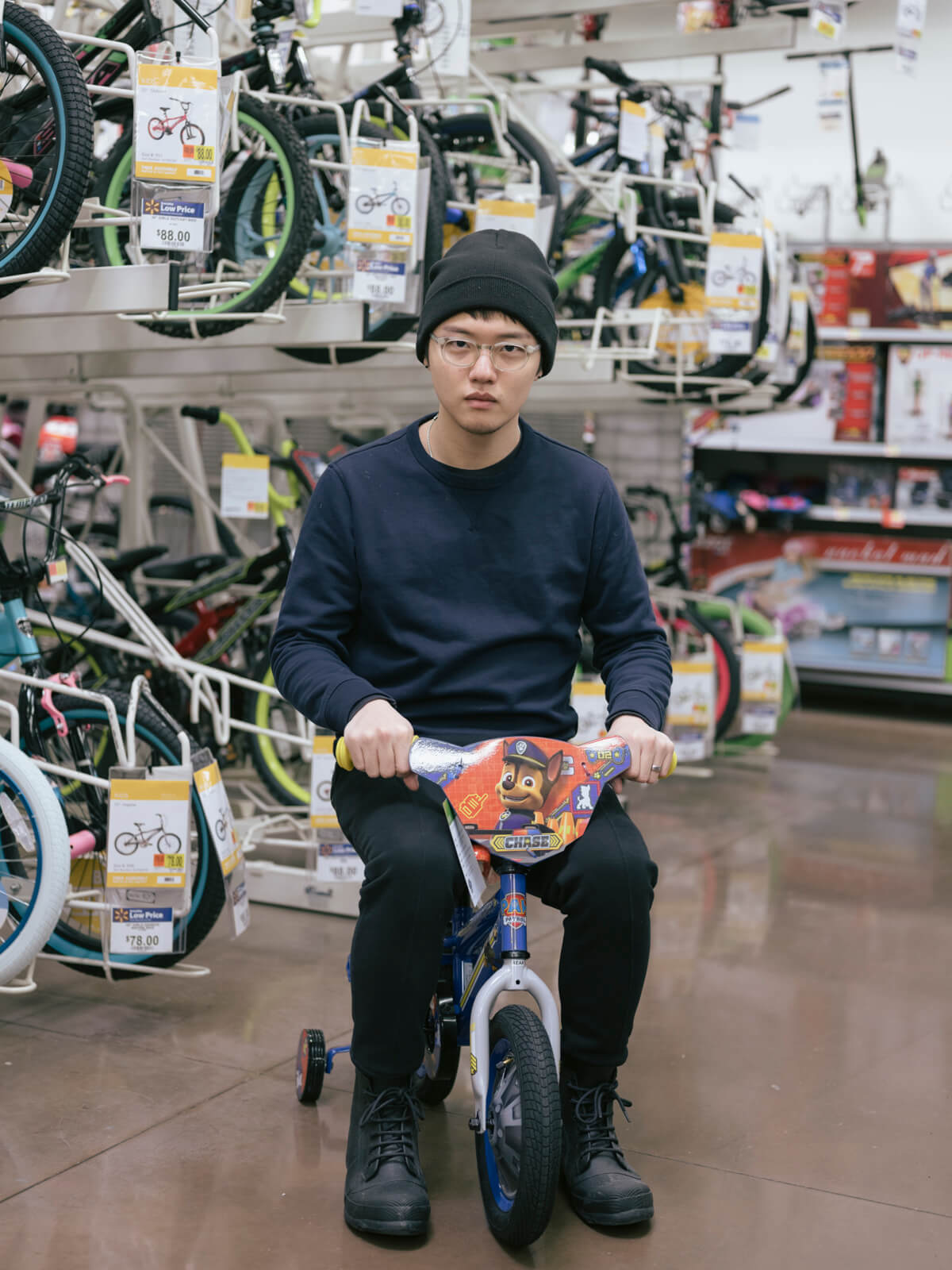
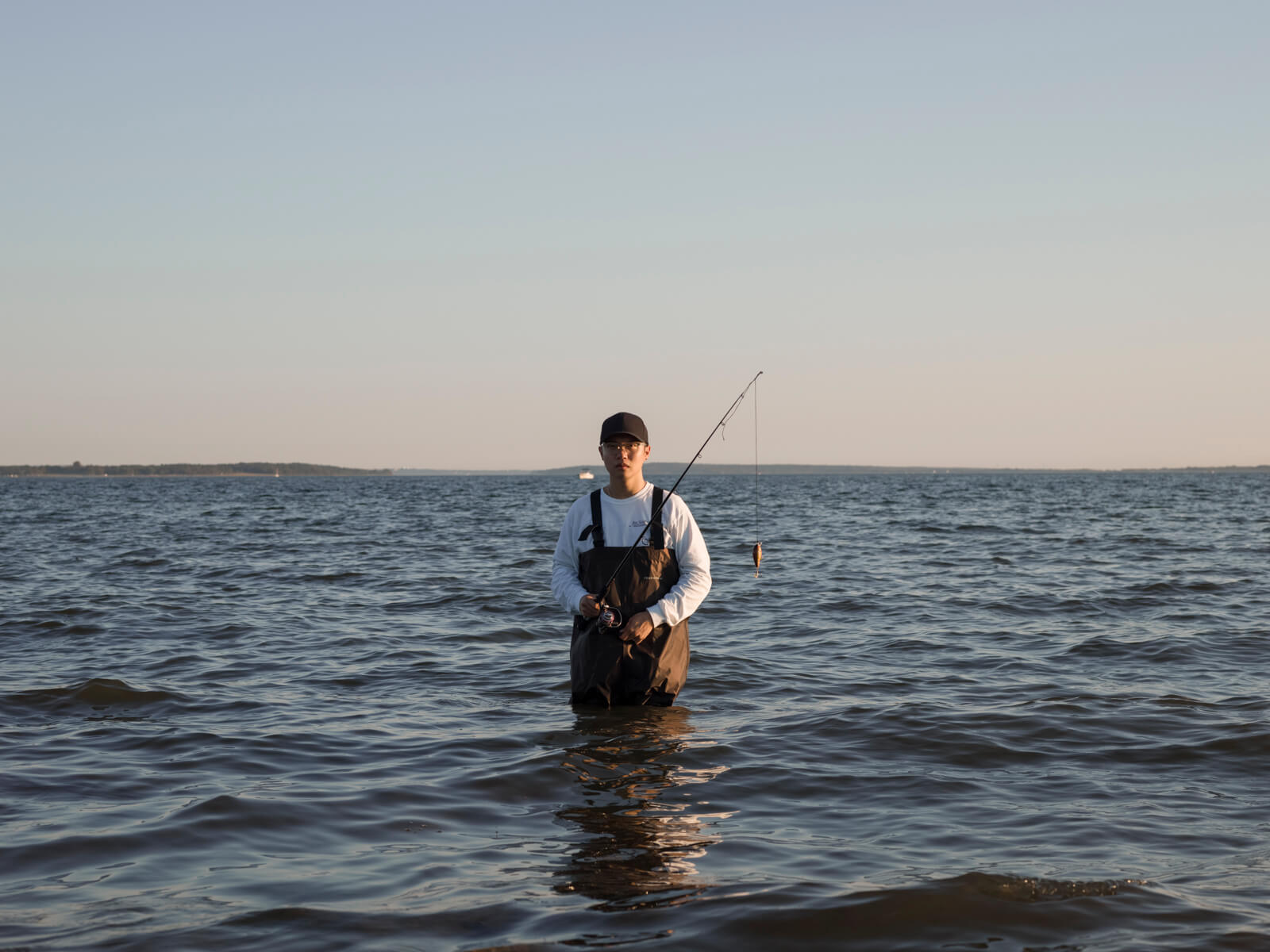
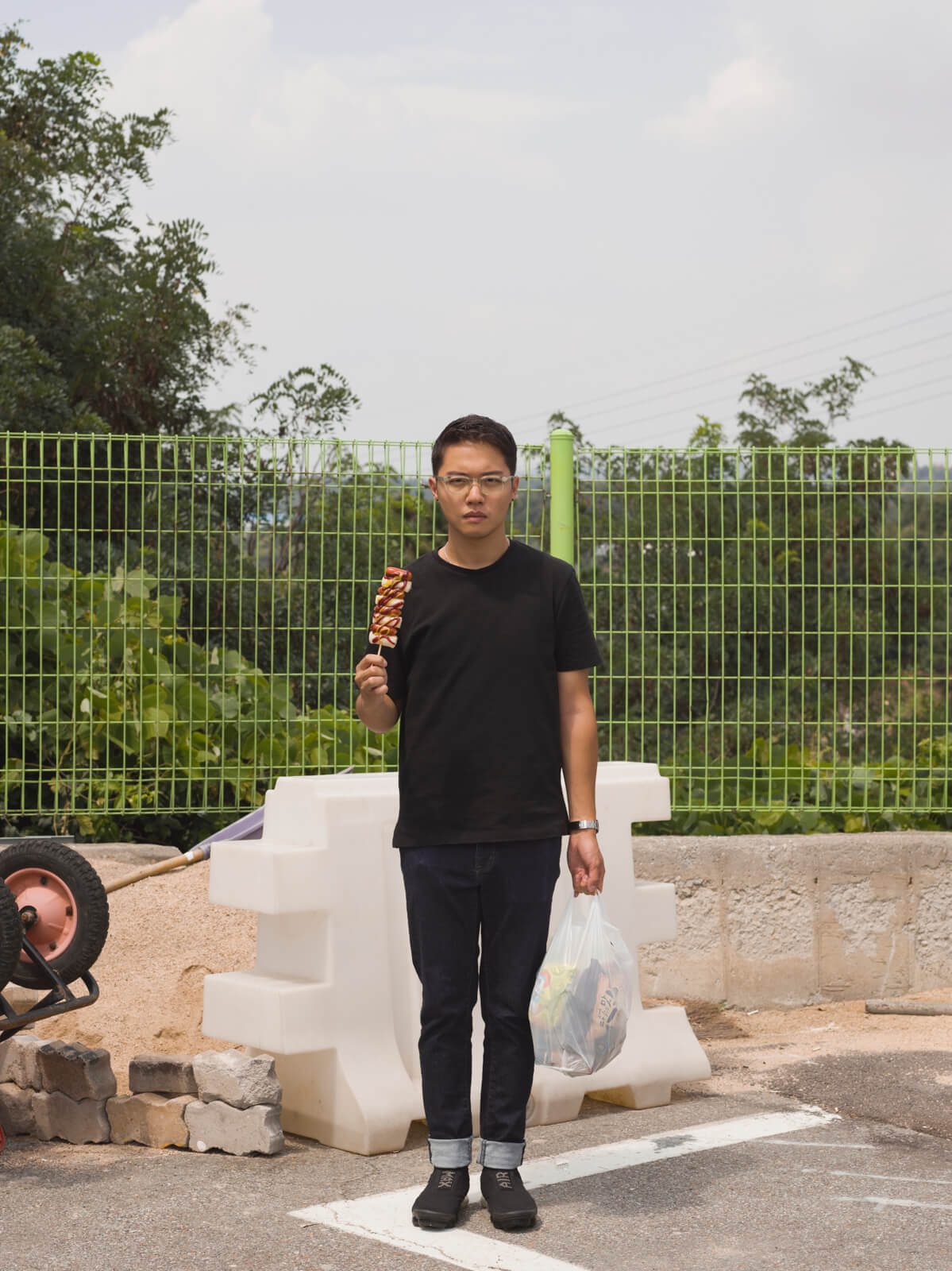
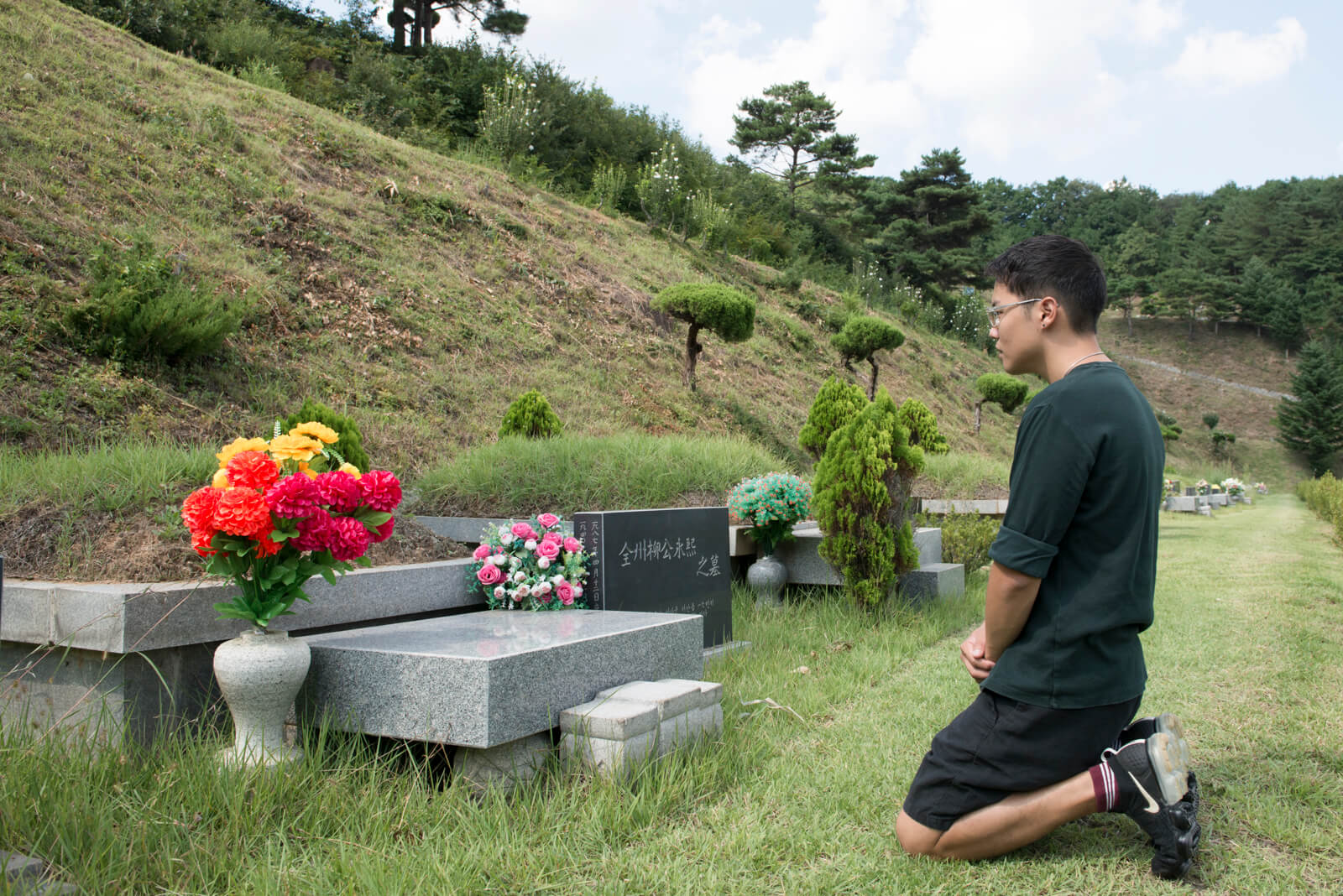
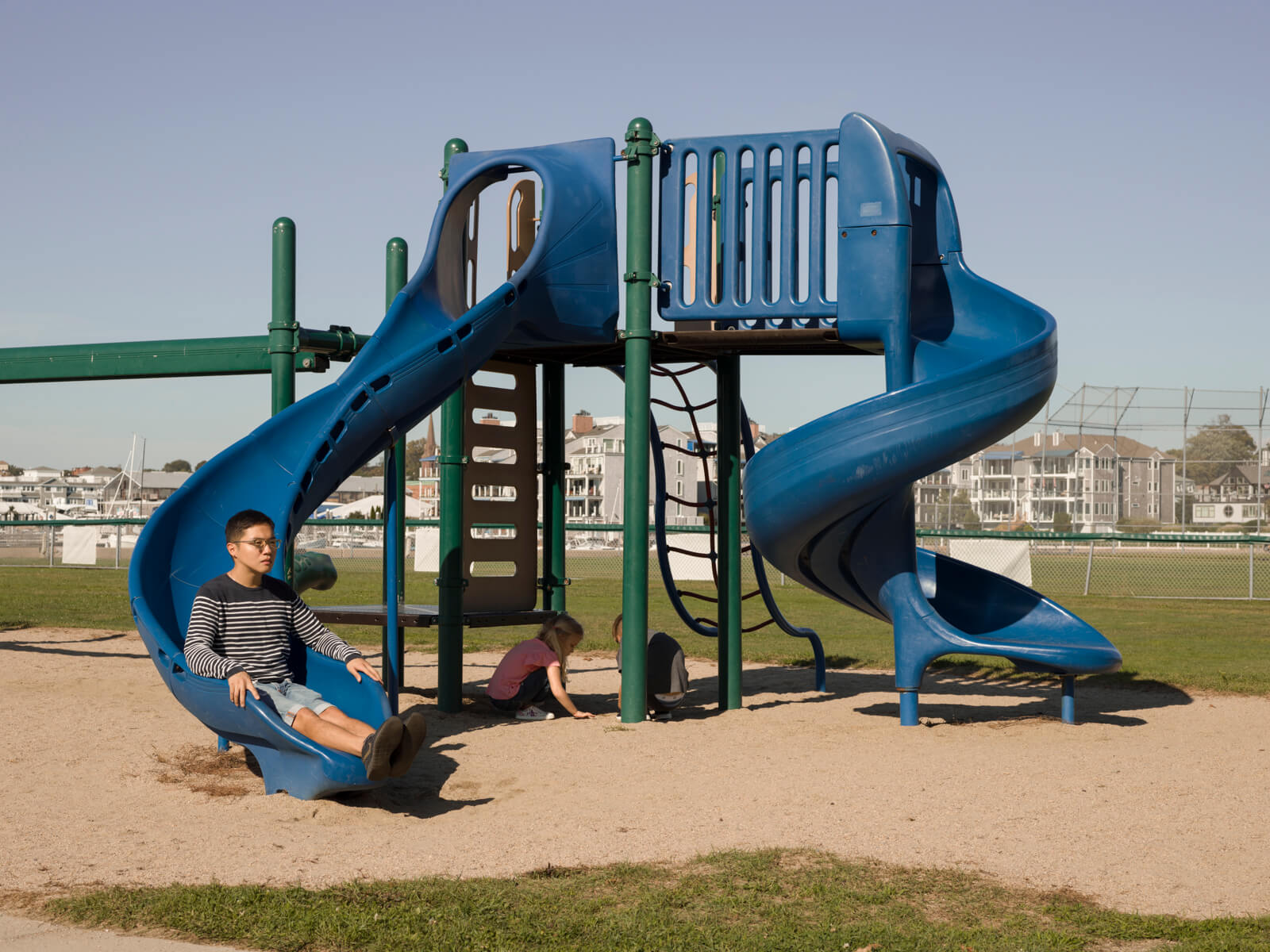

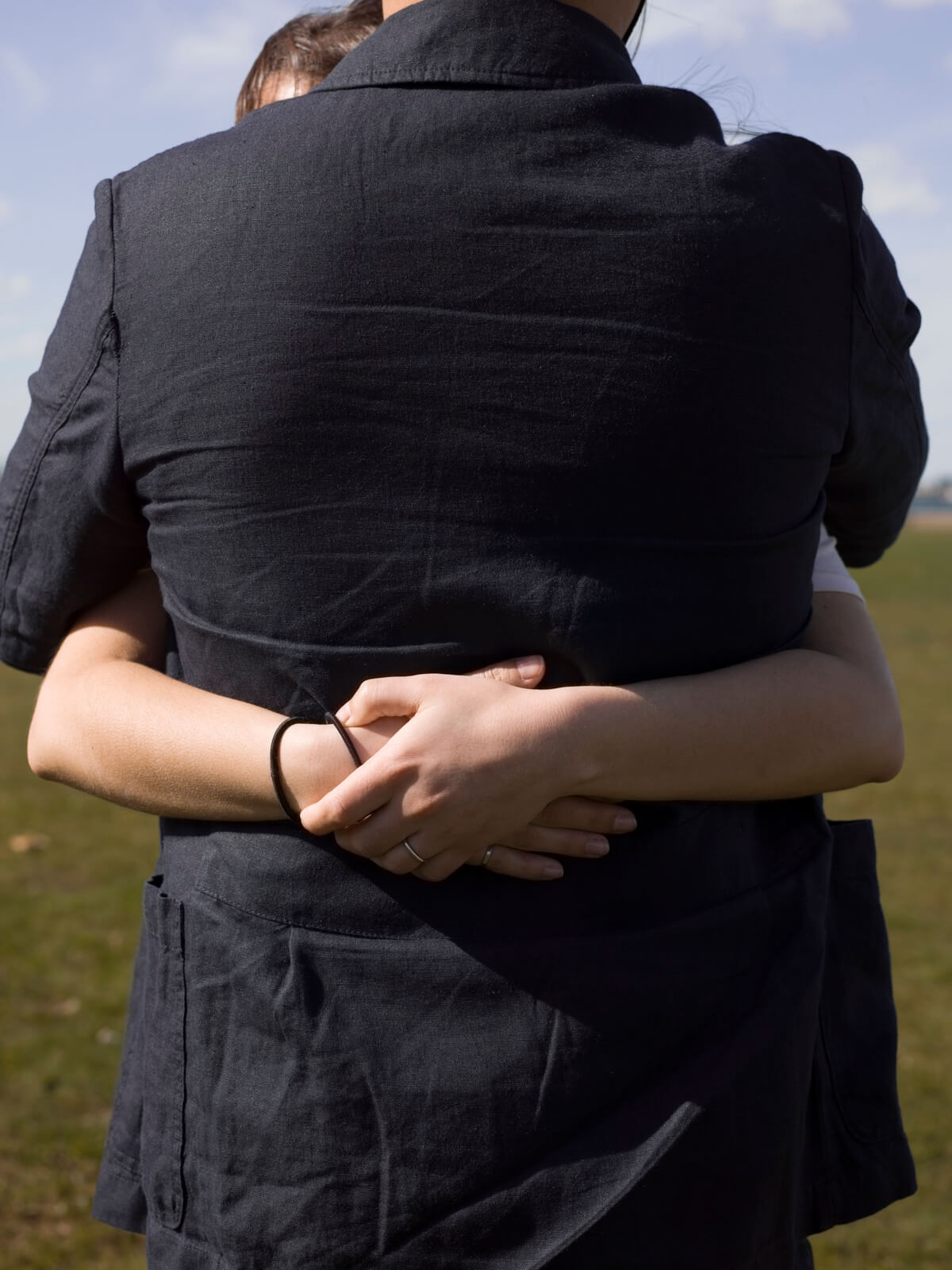
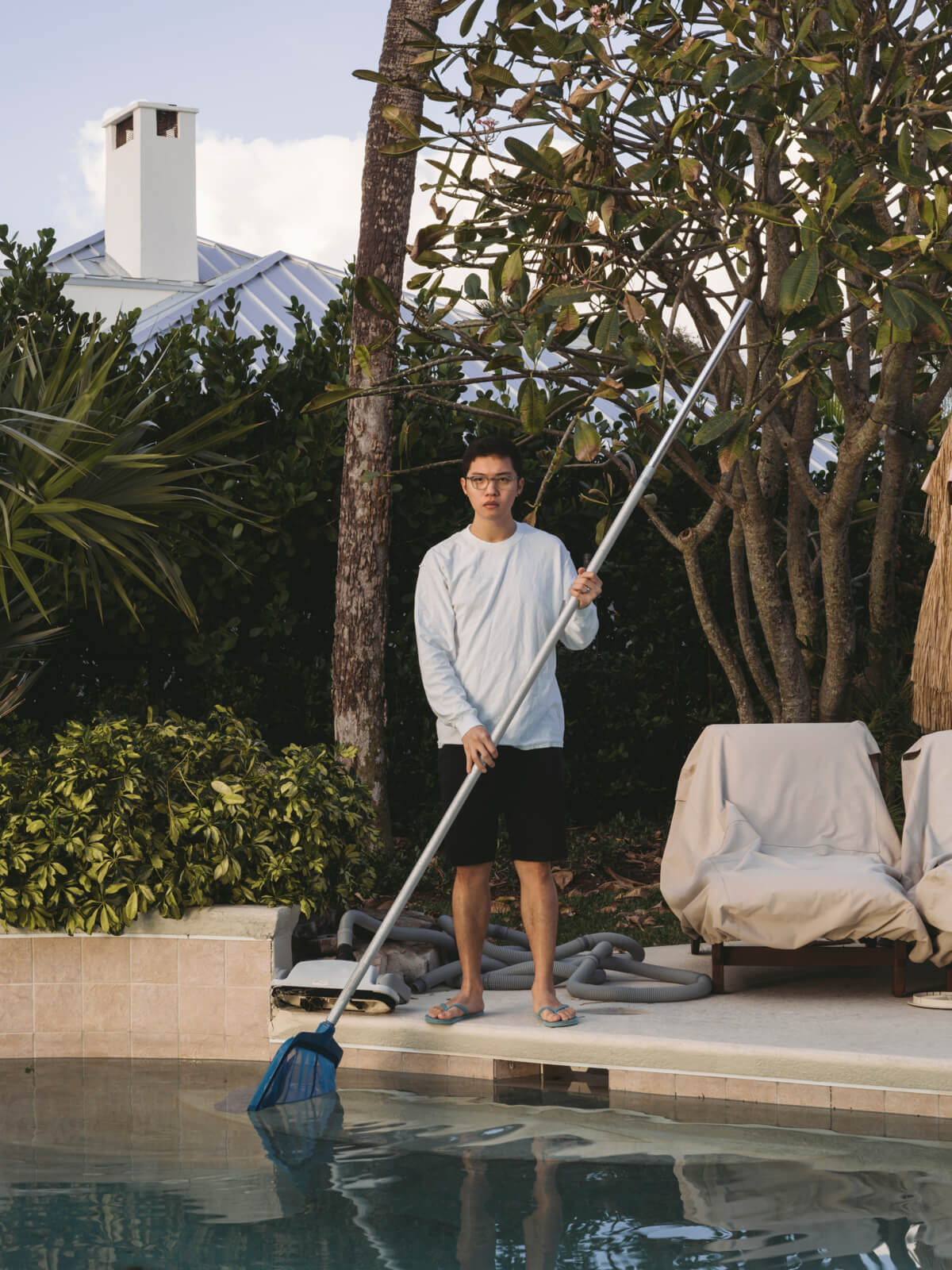
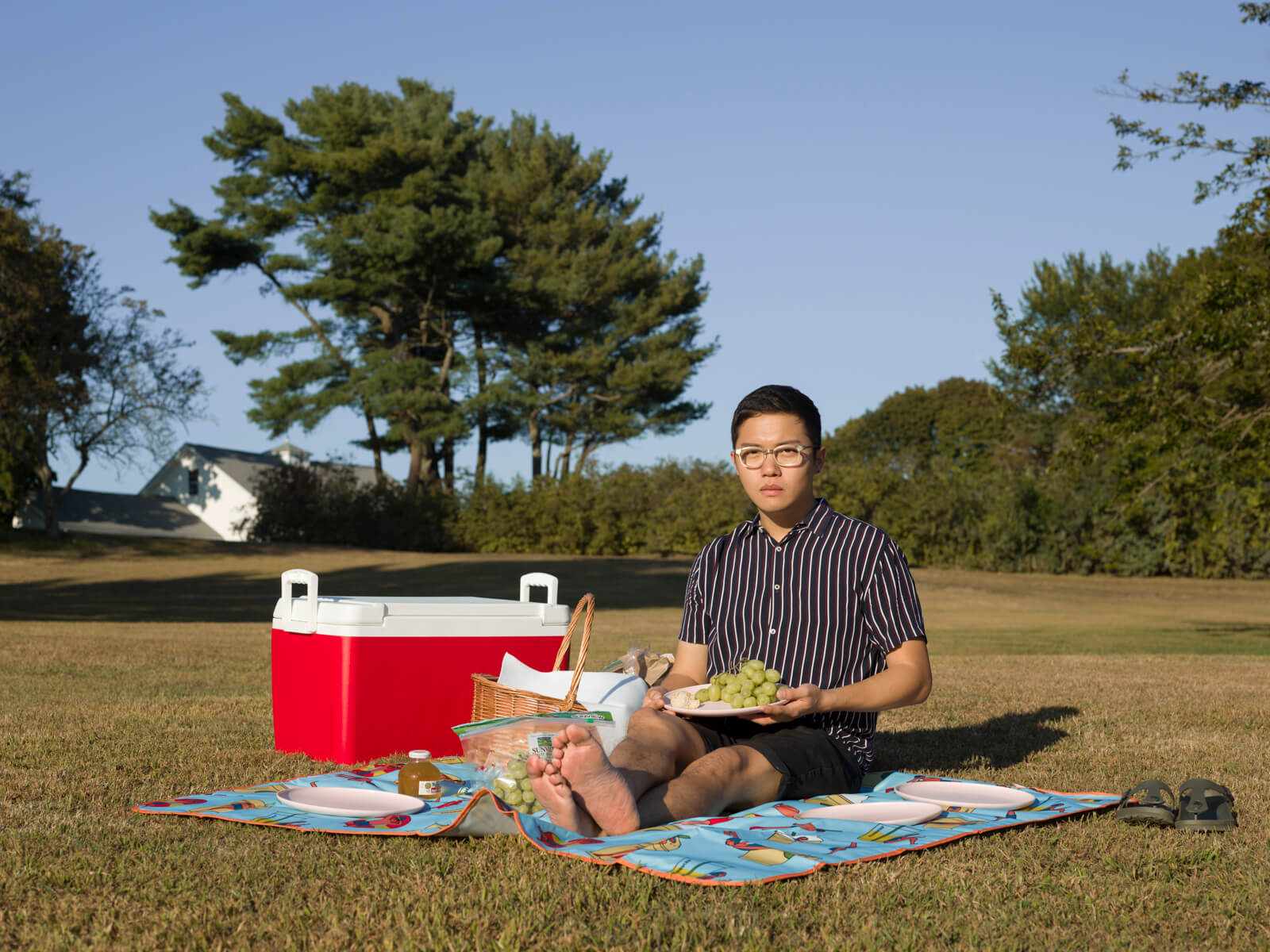











▶︎ “Make Yourself at Home” is a
personal journey of self-documentation to discover a definition of
“home” and family, and to reenact the missing scenes from my
youth. As a child who grew up in many different places far away
from home, I missed out on many family moments and a sense of
belonging. As a South Korean passport holder who has lived mostly
in North America, my identity is unresolved. I find myself in the
balance between Korean and American. With the progression of this
project, I identify who I am while finding a comfortable position
in society. Using performance and self-portraiture, I personify
both a younger-self acting out memories that never took place and
a future self who followed another path to different occupations.
Images describing my failure to participate in certain activities
reveal subtle elements of humor and truth. The goal of this
project is to challenge and consider the definition of ‘home,’
resonate with the viewers, and animate their relationships to
their personal identity and society.
● Thomas Wilder ▼ Website
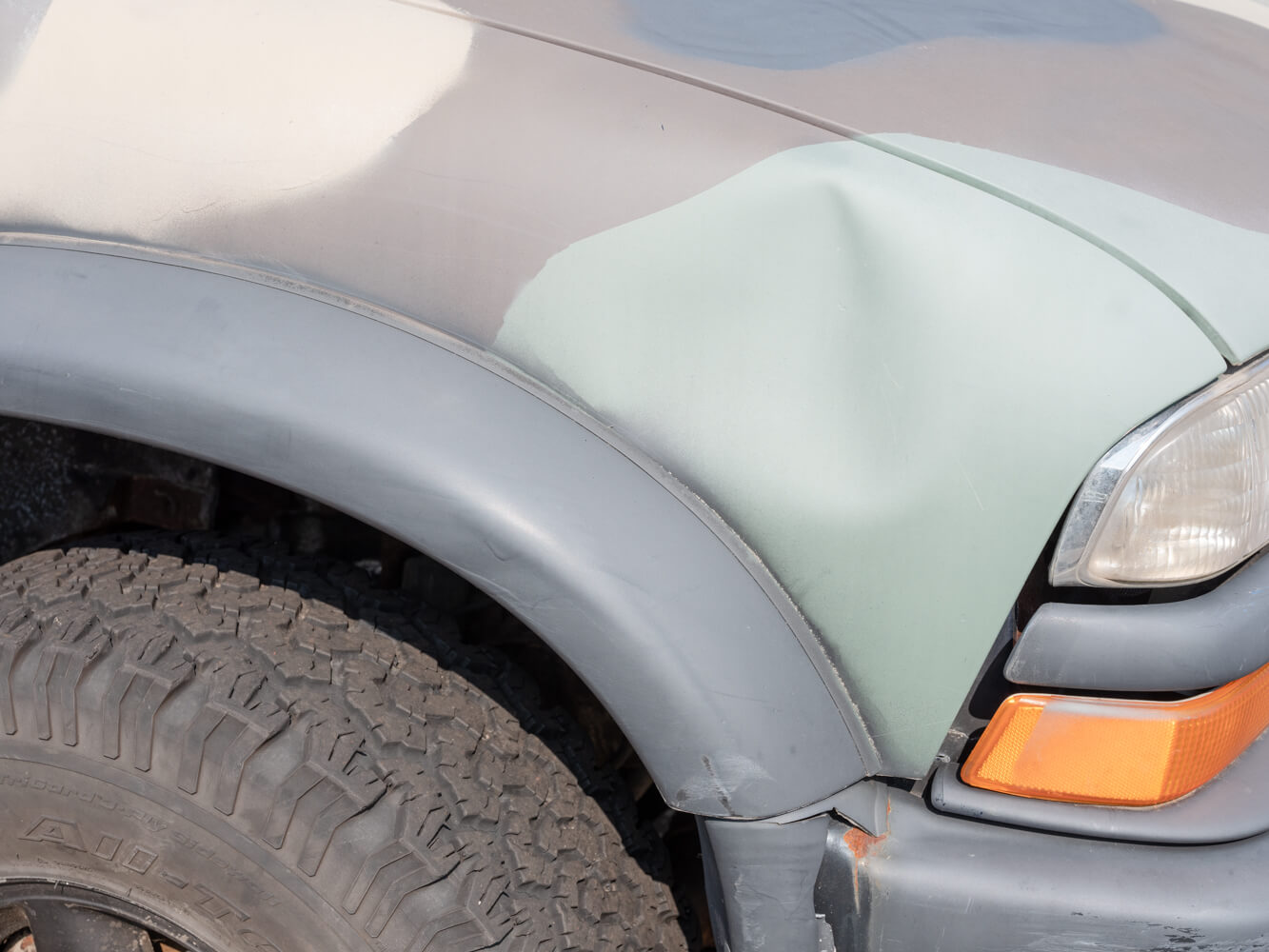
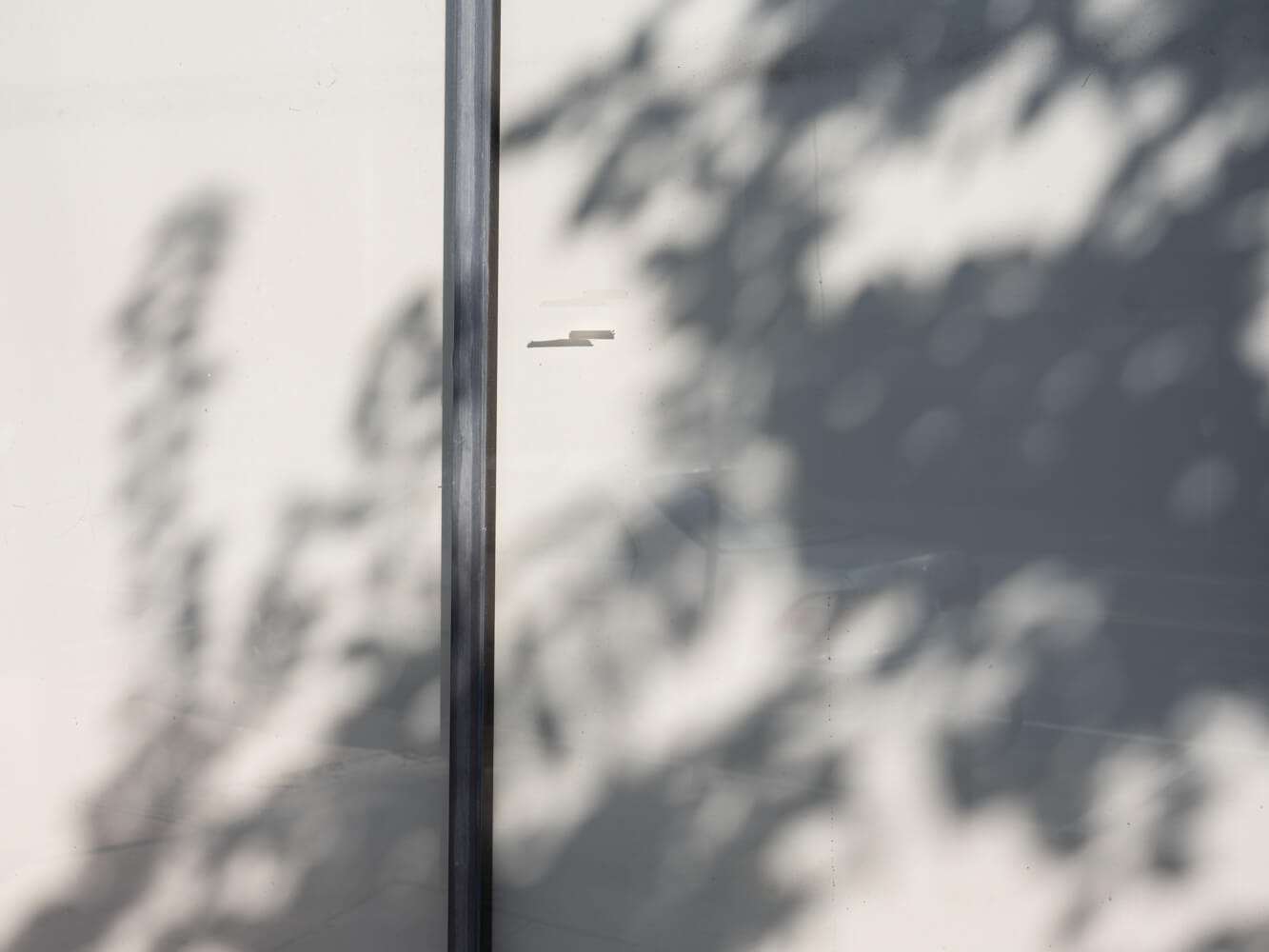
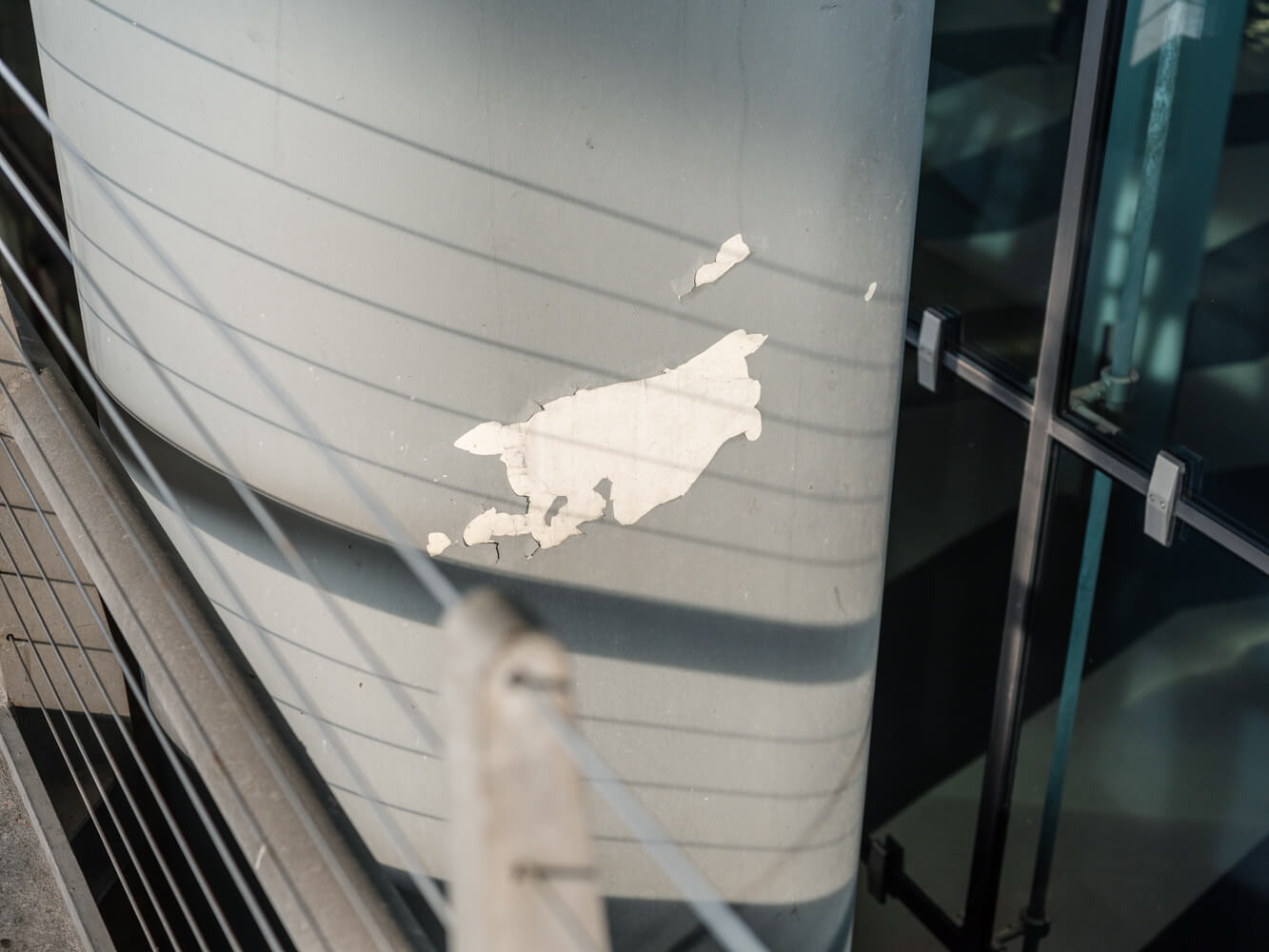
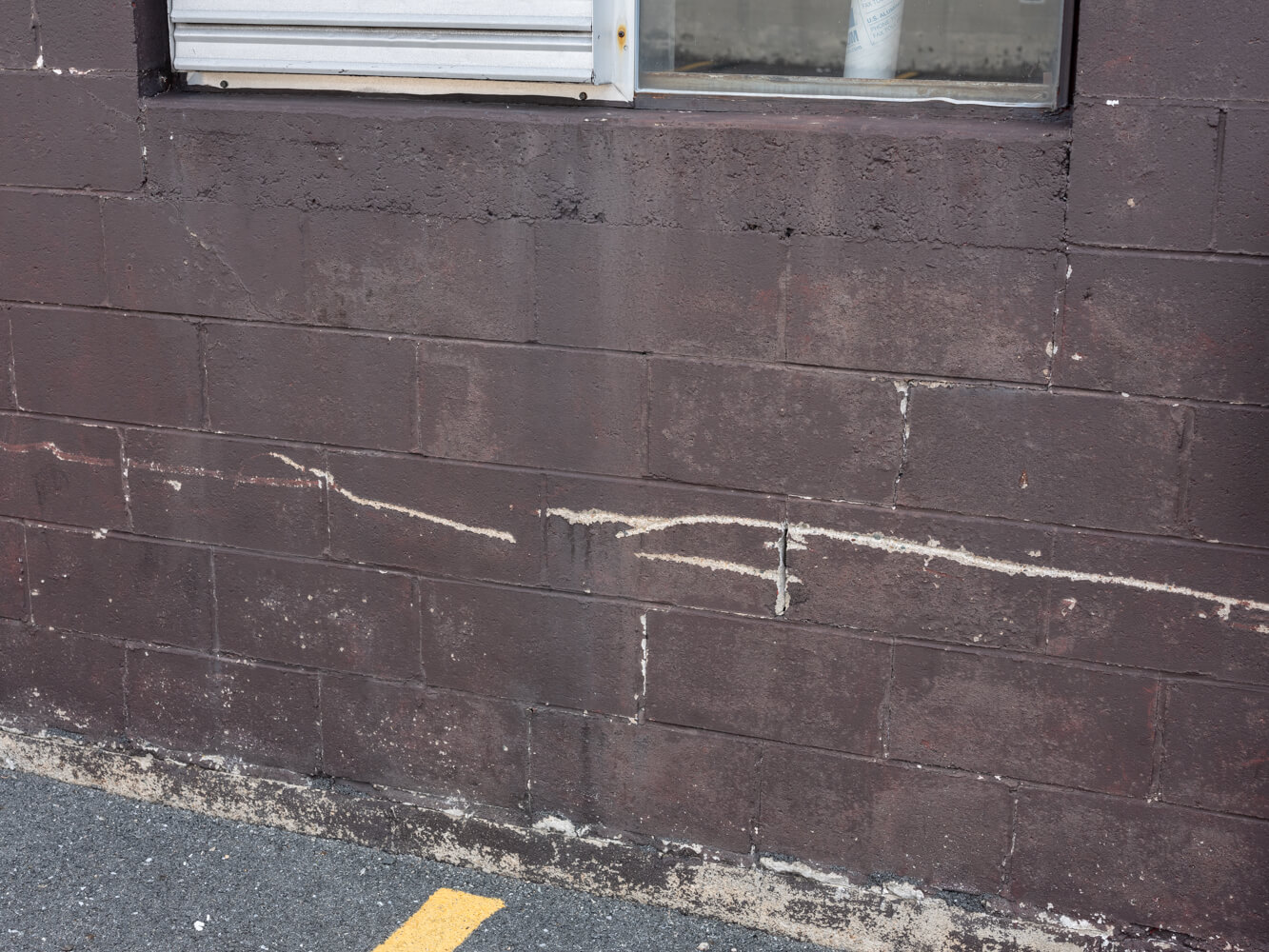
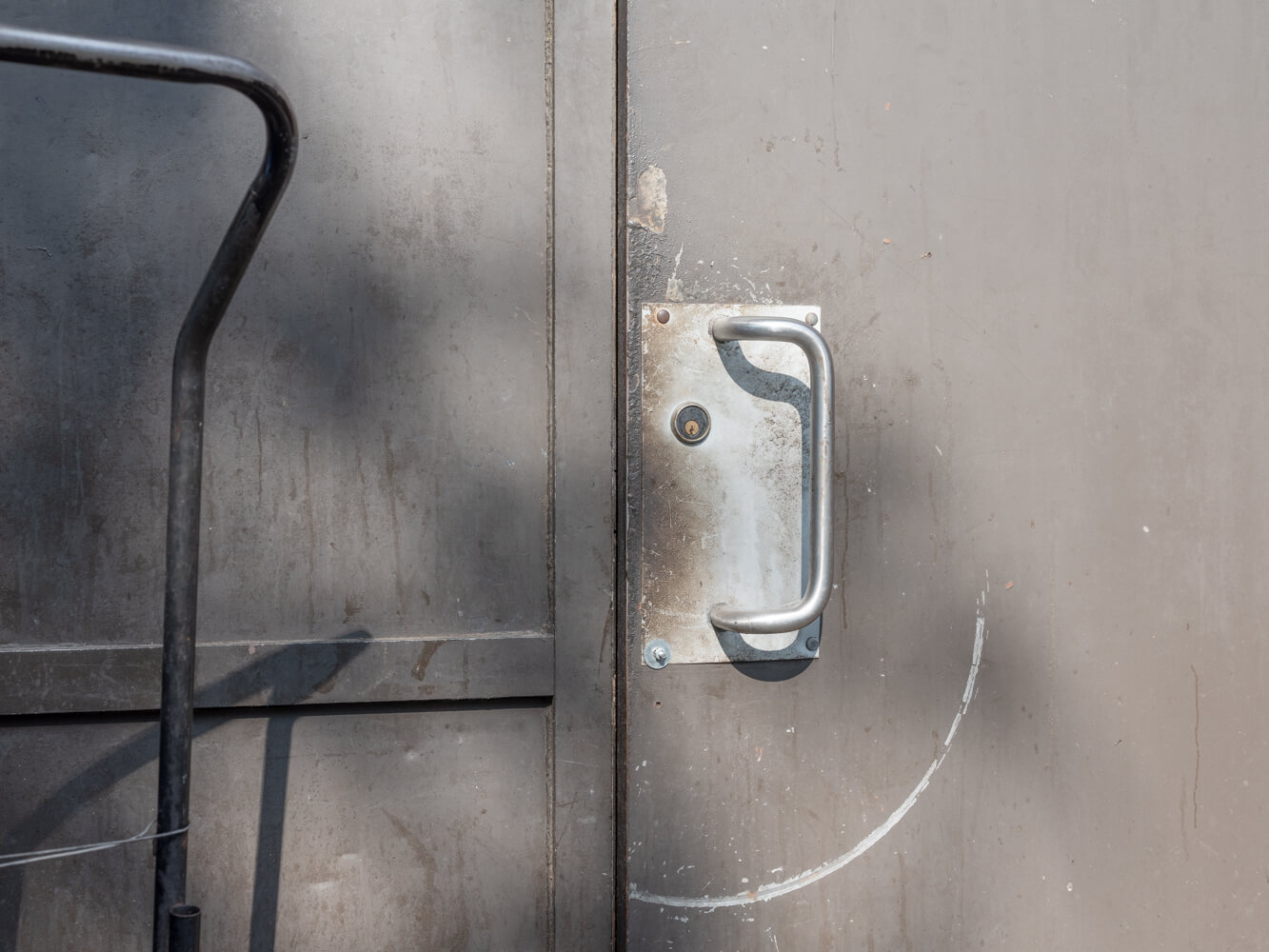
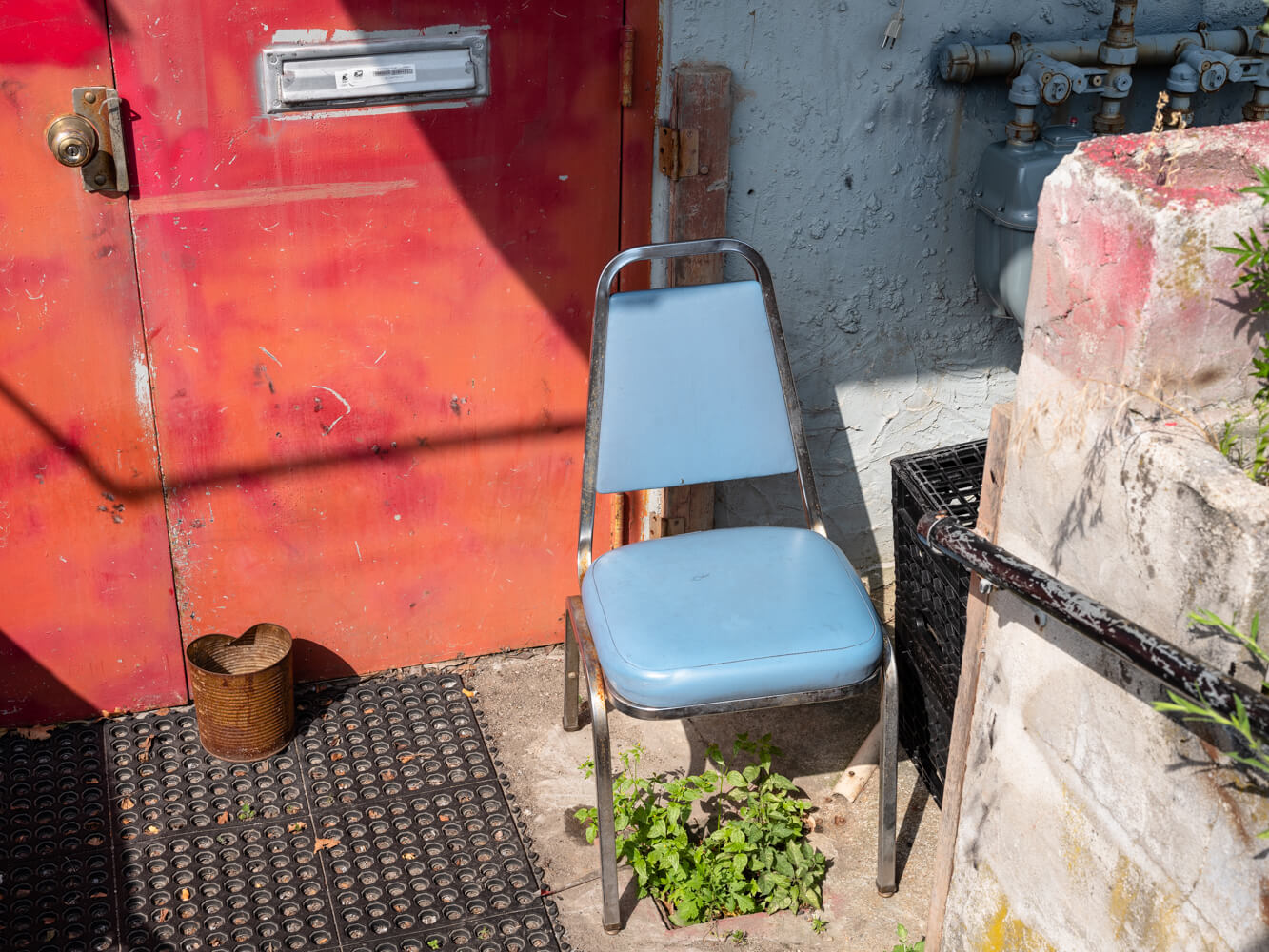
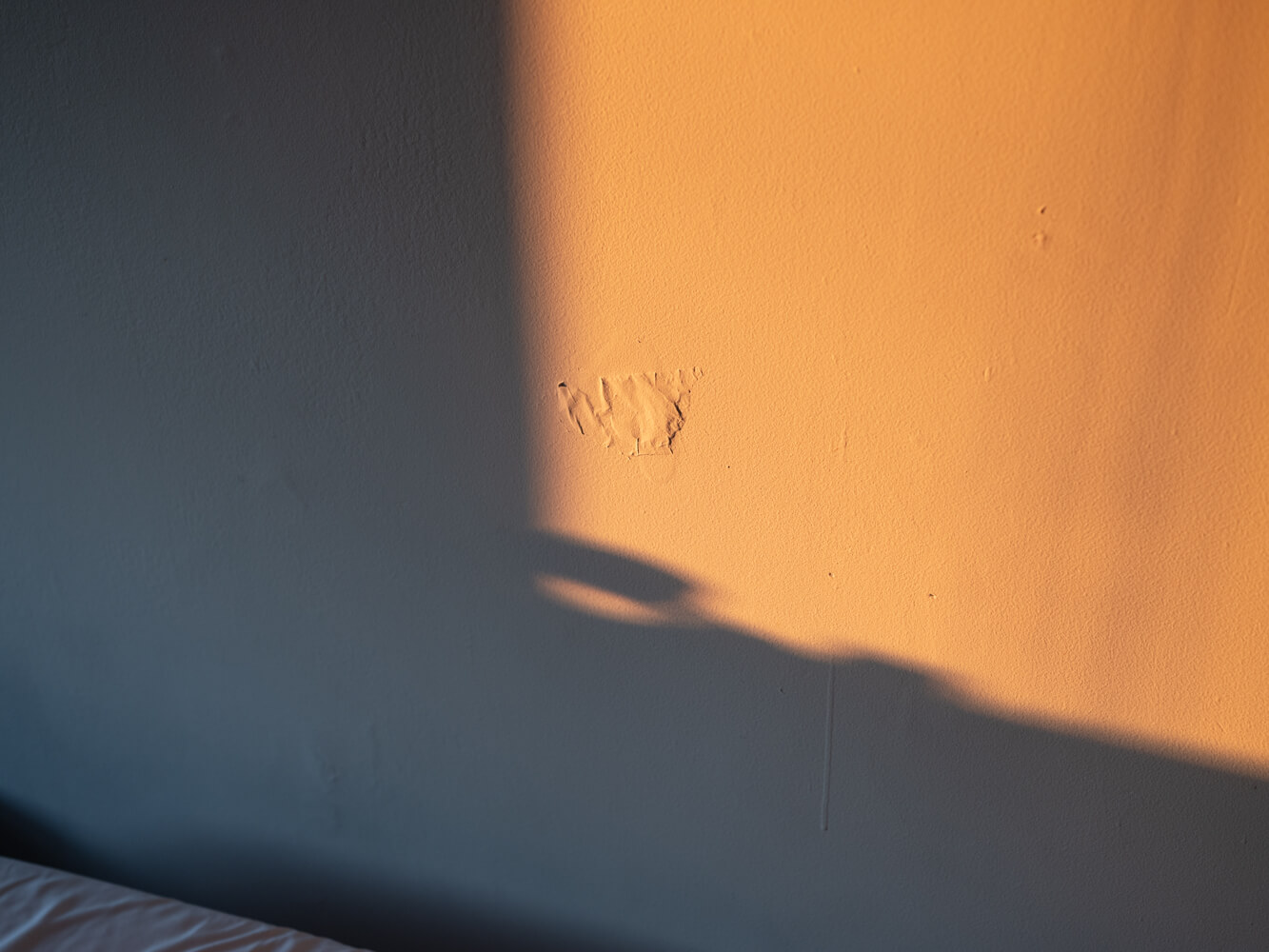
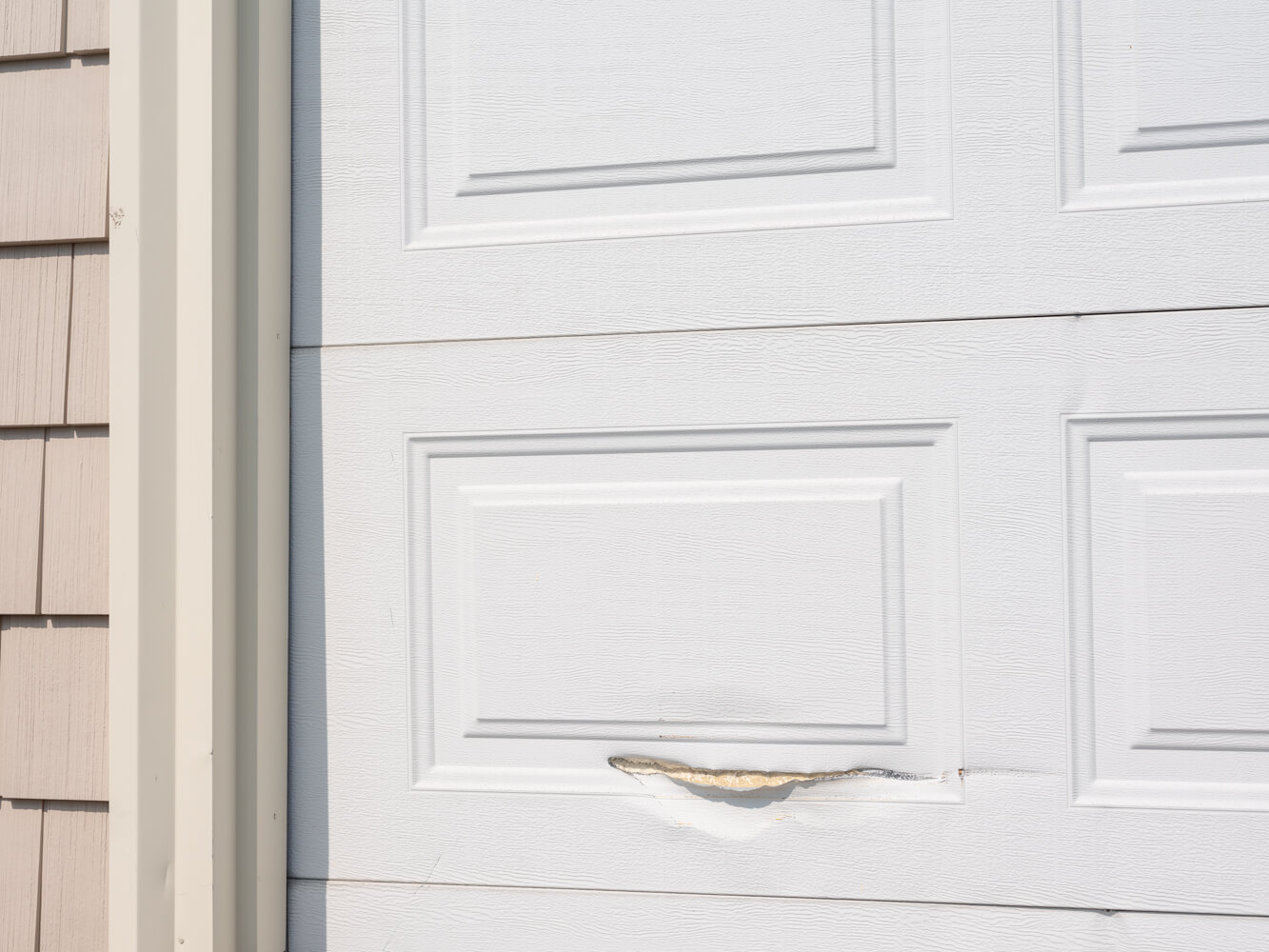
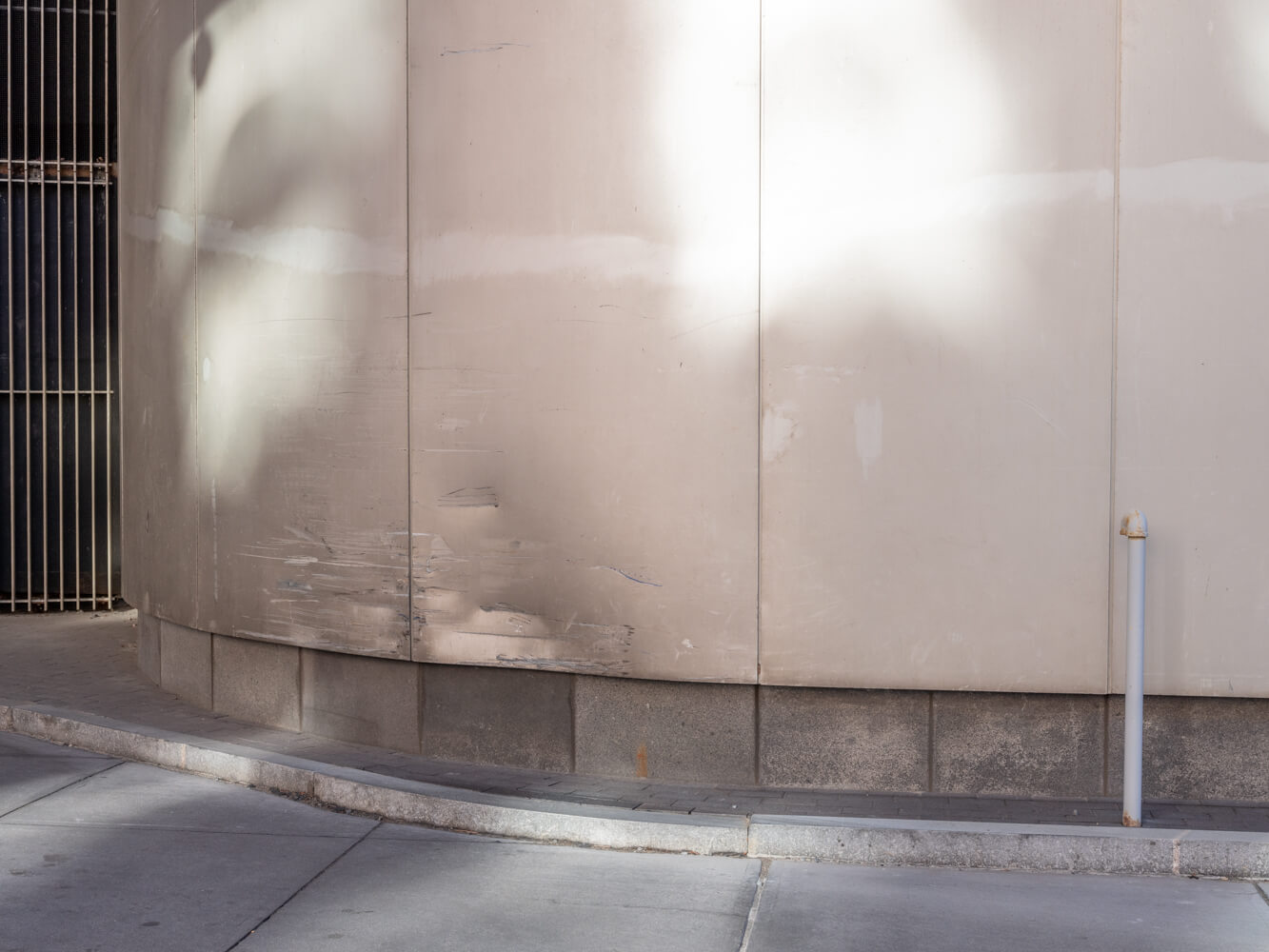
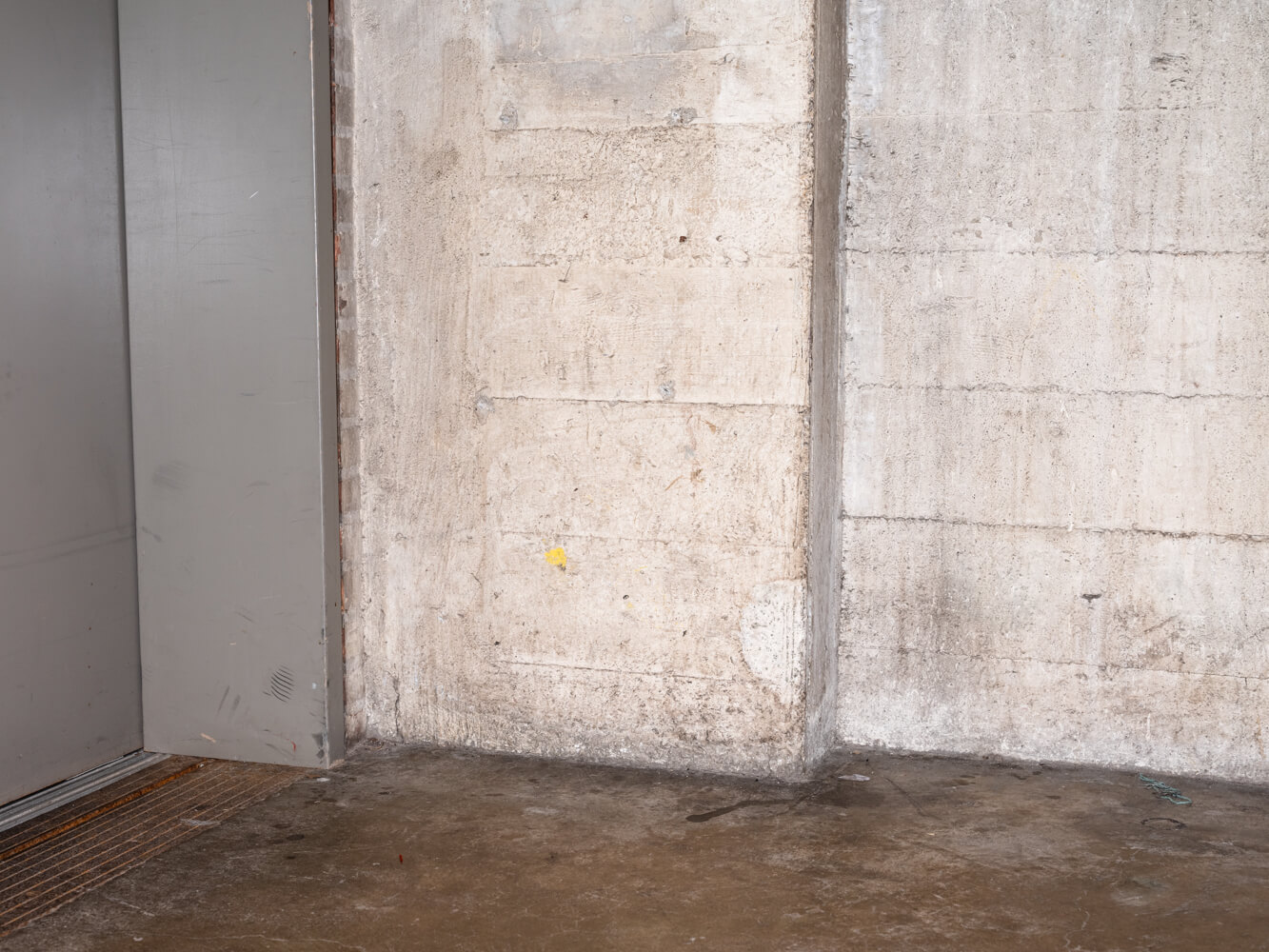
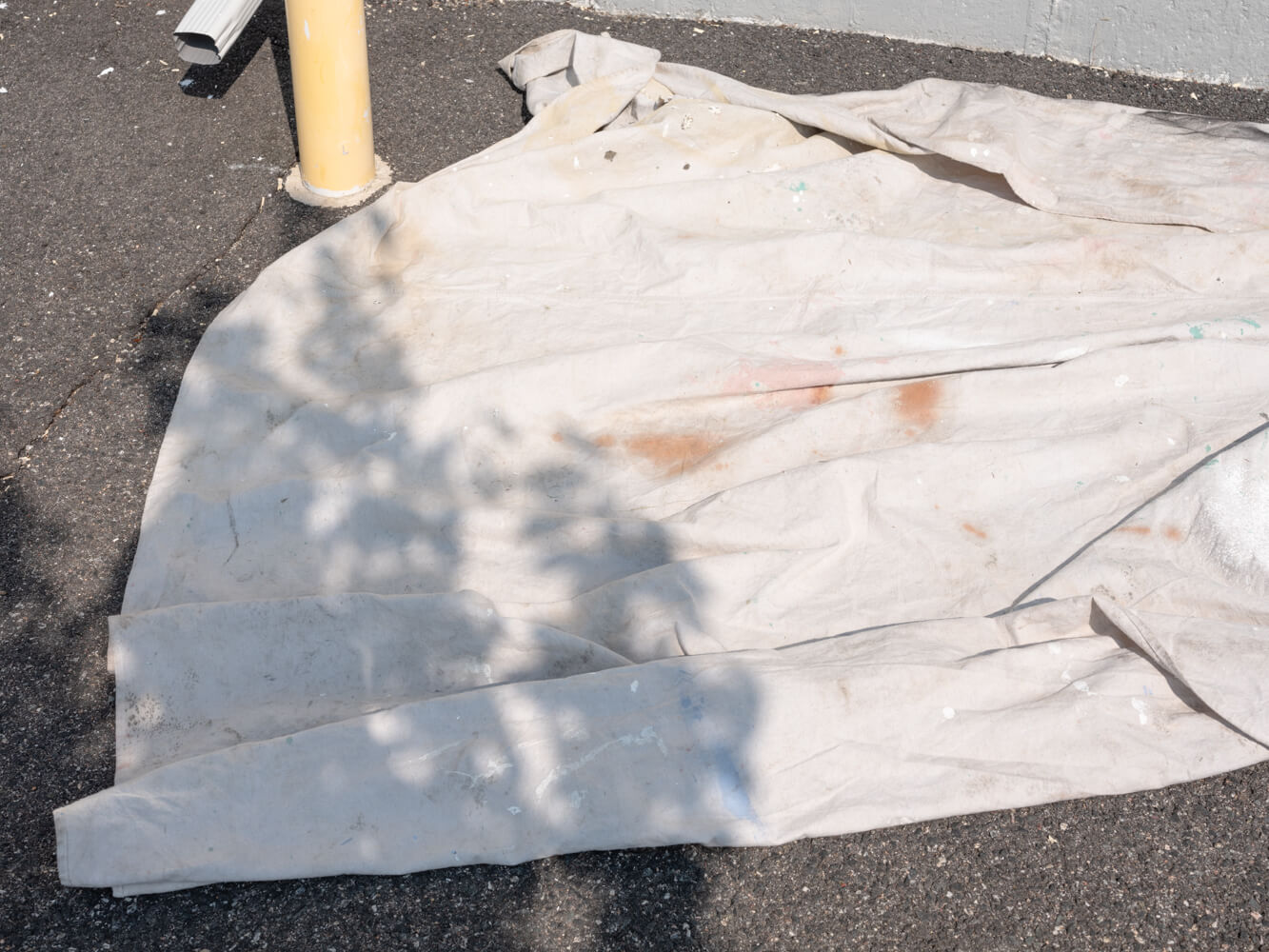
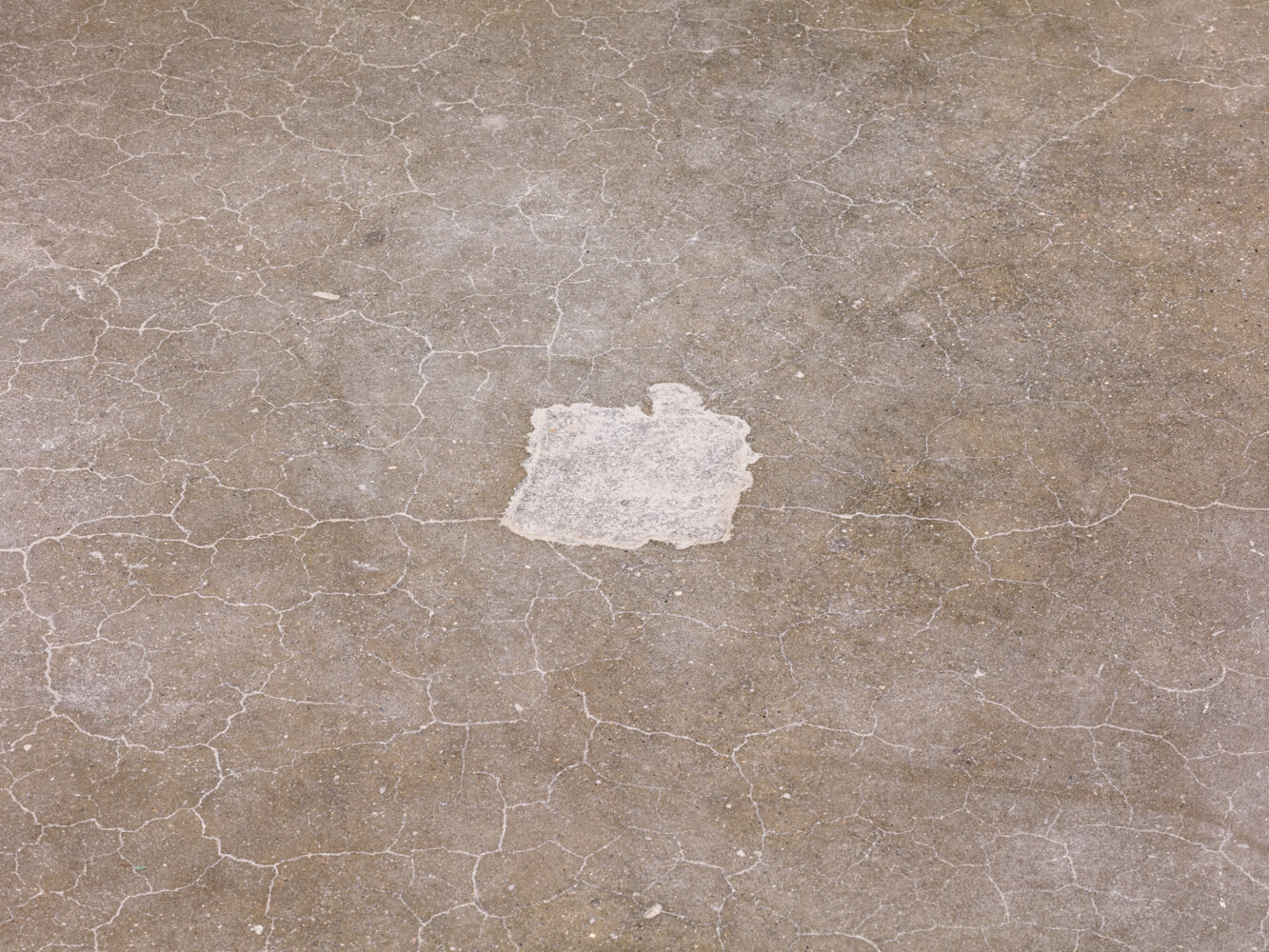












▶︎ These Inadvertent Marks, is a
photographic investigation of scuffs, stains, bruises, residue,
scratches, holes, and blemishes. These marks are byproducts of human
intention. I consider those marks that are largely deemed trivial
and peripheral as a means of challenging ordinary value systems and
surrendering to the unconsidered. I make these photographs as I
wander: a process of discovery and close consideration of urban
streets, private homes, airports, bathrooms, alleys, and
storefronts. This artistic and theoretical inquiry considers the
possibility for these marks to be read as meaningful texts and
viewed as beautiful objects, despite their lack of design and
authorial intention; it asks questions of the constitution of signs,
establishment of meaning, excess of intentions, and interpretive
instability. Through an investigation of these inadvertent marks, I
look to highlight the uncontrollable flux, turbulent drift, and
recalcitrant shifting of the status of meaning.
▶︎ I use the medium of photography because I believe the act of photographing, as well as the resulting images, fundamentally shift the perspectival, temperamental, and psychological position one holds toward the world. Thus, my use of photography offers an opportunity to rediscover everyday environments through a monumental alteration of perceptual normativity. I hope that those who view my work would slow down; to question the very structure by which we are able to move through the world at such great speeds; to pause and consider the things which we have chosen to ignore through our hierarchies of value and utility, things that have plenty to say but to which we have kept our ears shut and eyes closed.
▶︎ I use the medium of photography because I believe the act of photographing, as well as the resulting images, fundamentally shift the perspectival, temperamental, and psychological position one holds toward the world. Thus, my use of photography offers an opportunity to rediscover everyday environments through a monumental alteration of perceptual normativity. I hope that those who view my work would slow down; to question the very structure by which we are able to move through the world at such great speeds; to pause and consider the things which we have chosen to ignore through our hierarchies of value and utility, things that have plenty to say but to which we have kept our ears shut and eyes closed.
● Keavy Handley-Byrne
▼ Website
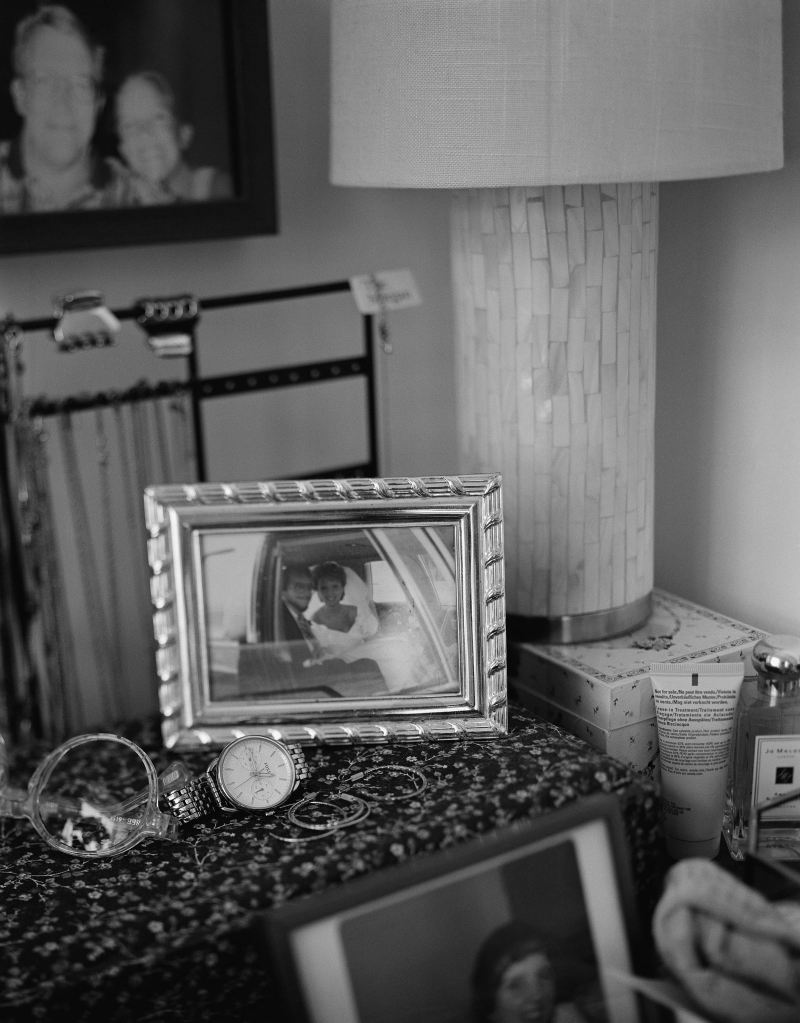
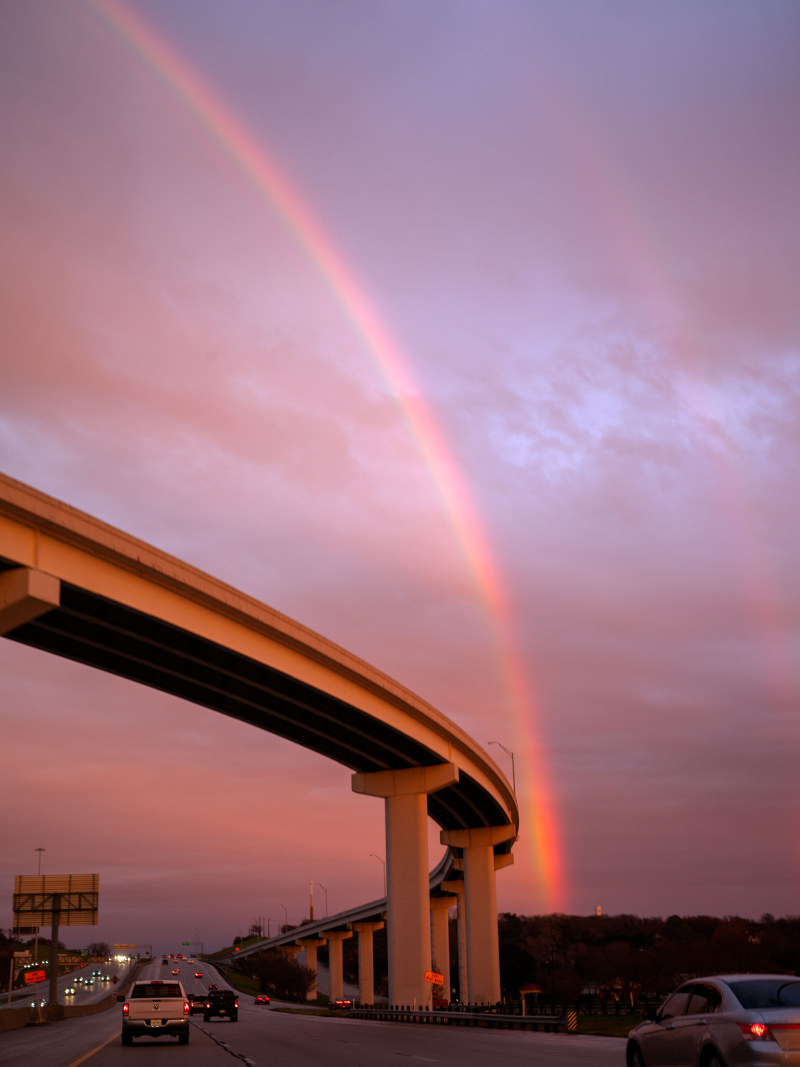
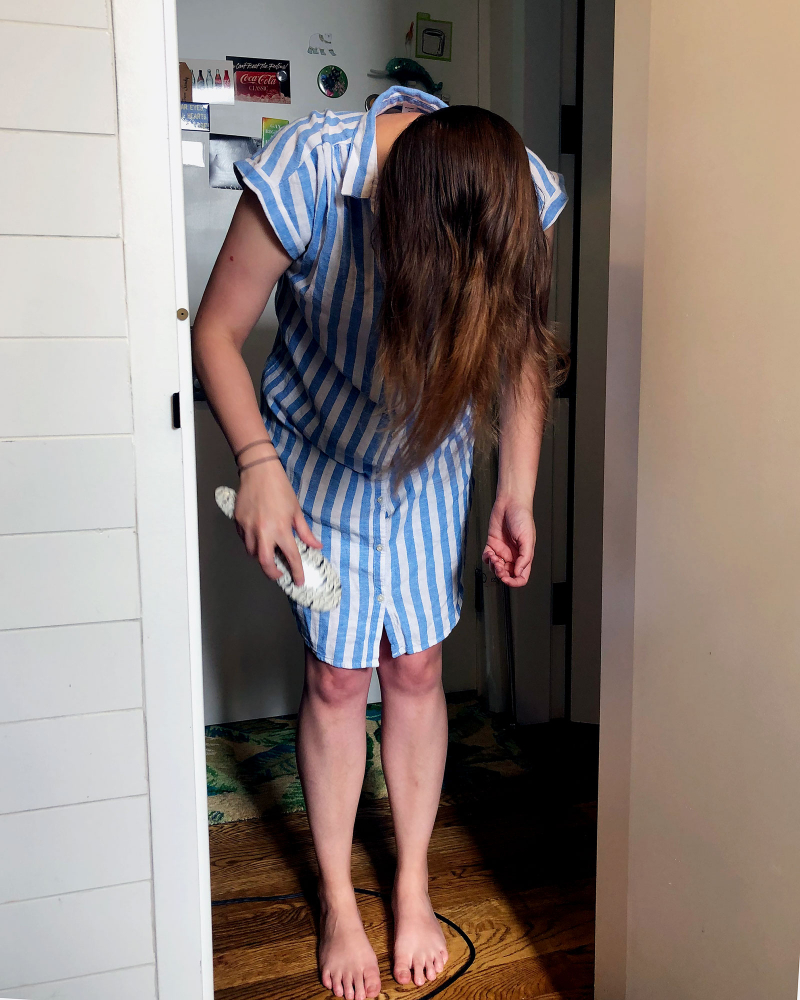

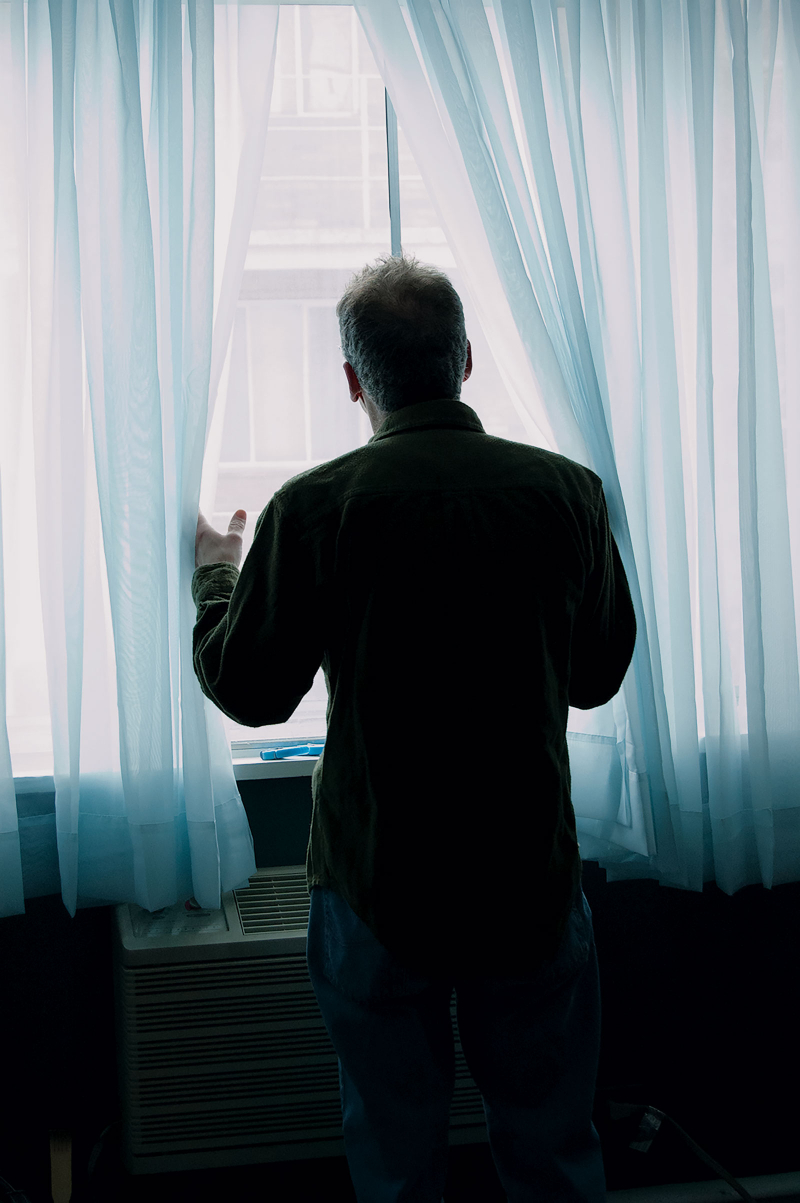
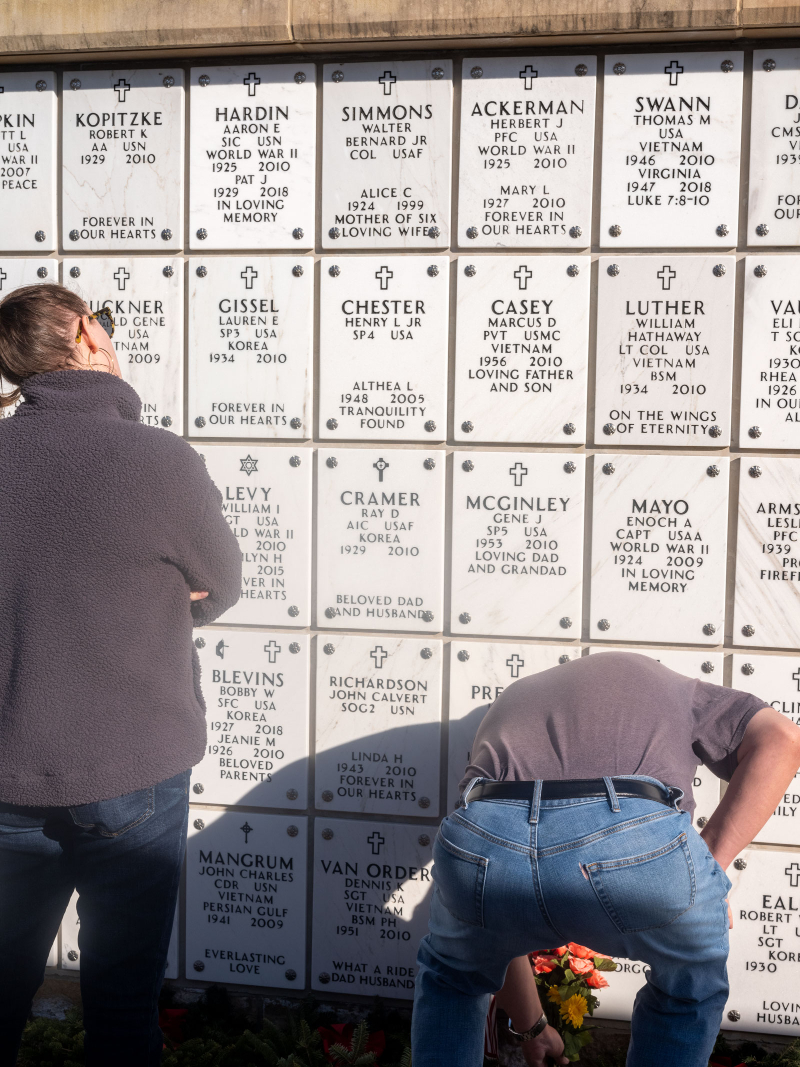
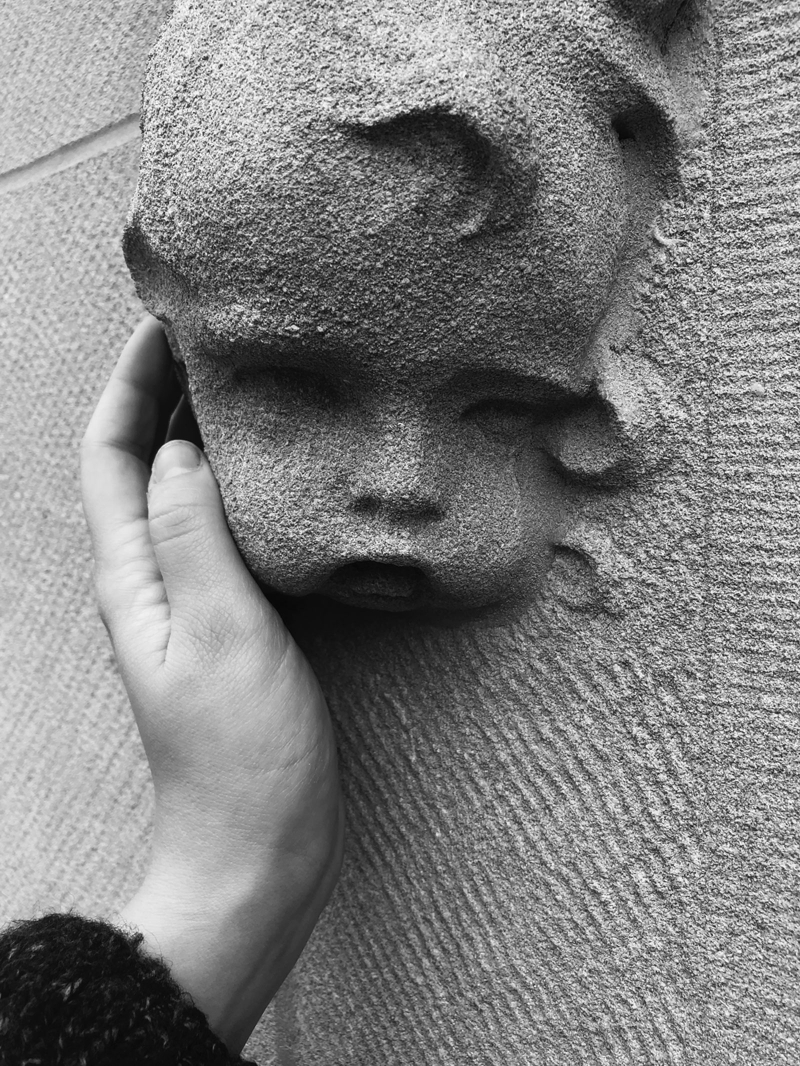
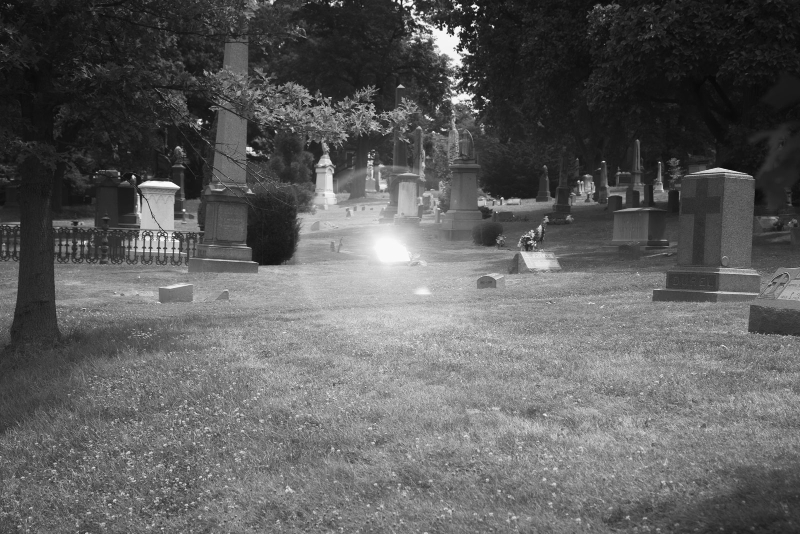
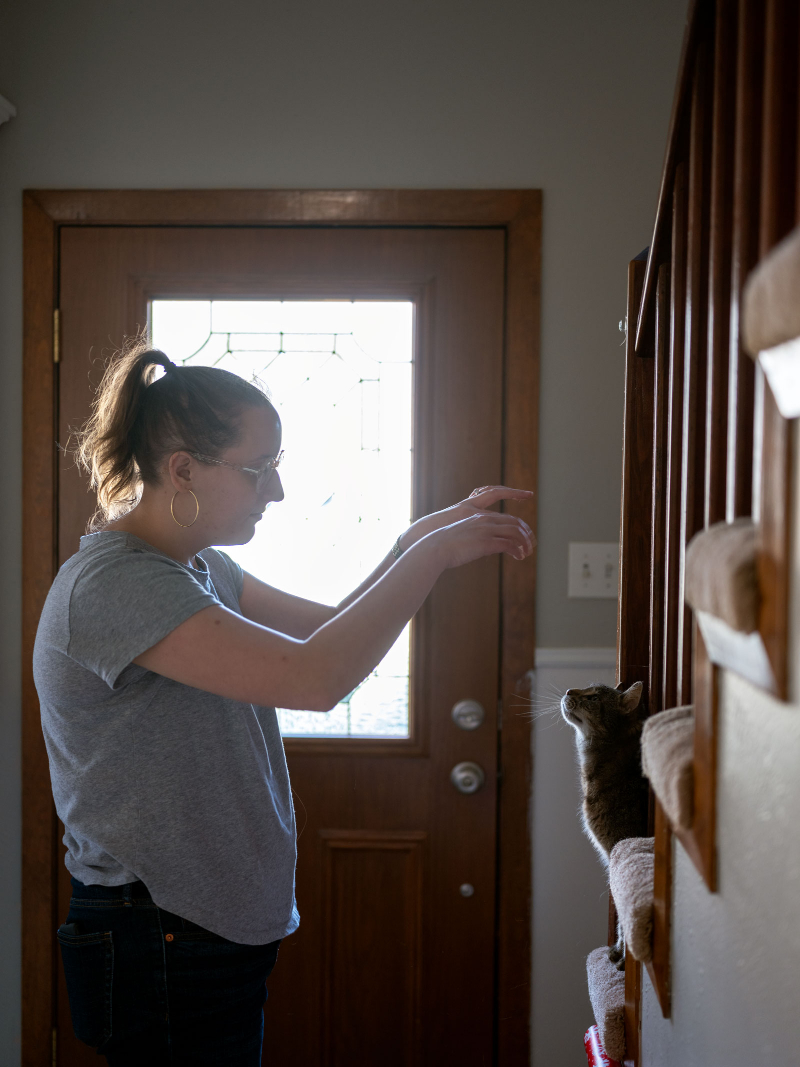
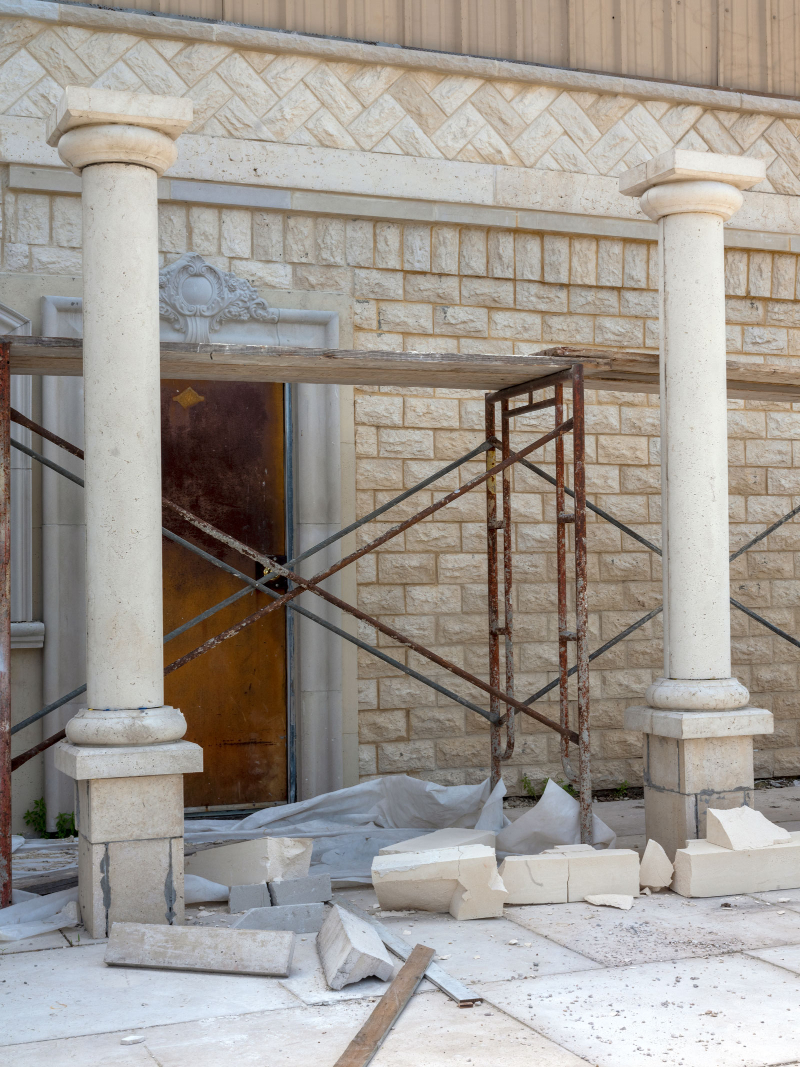

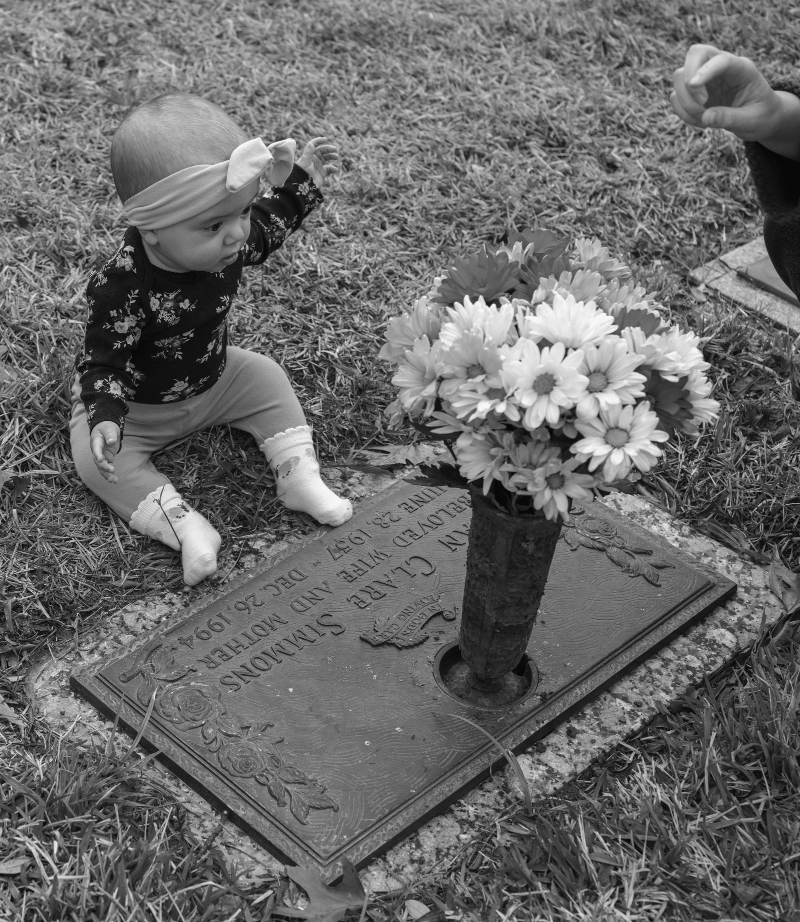












▶︎ I am searching for a way to grieve
someone I never knew. At age 26, I was lucky enough to meet the
woman who would become my wife. We quickly discovered that there
were many coincidences and connections that could be found when we
examined our lives a little more closely – our parents shared a
wedding anniversary, our fathers each had five siblings, Alice’s
parents shared their names with my grandfather and his second wife
(Walter and Joan). But what quickly became apparent to me were the
links between Alice’s mother and my grandmother. Apart from
photographs and memories shared by those who knew them, I would
never know them. Both lives ended tragically young. Both died from
genetic diseases.
▶︎ Photographing, for me, is to write a metaphor. There are things unphotographable – how do you create an image of someone who died a quarter of a century ago, a person you have never known? In varying sizes and at varying heights, my photographs act as constellations within which relationships begin to form independently of the connections that I draw between them.
▶︎ By searching for visual pleasures in the world around me using multiple formats of photography, I make visual the abstract histories that are known to me about Joan and Jean. Through examinations of heredity and meditation on coincidence and predetermination, I cling to what will inevitably be lost, trying to view grief not as something that passes, but something we are always in the midst of.
▶︎ Photographing, for me, is to write a metaphor. There are things unphotographable – how do you create an image of someone who died a quarter of a century ago, a person you have never known? In varying sizes and at varying heights, my photographs act as constellations within which relationships begin to form independently of the connections that I draw between them.
▶︎ By searching for visual pleasures in the world around me using multiple formats of photography, I make visual the abstract histories that are known to me about Joan and Jean. Through examinations of heredity and meditation on coincidence and predetermination, I cling to what will inevitably be lost, trying to view grief not as something that passes, but something we are always in the midst of.
● Lily Colman ▼ Website
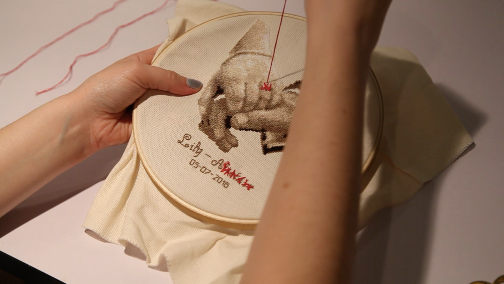
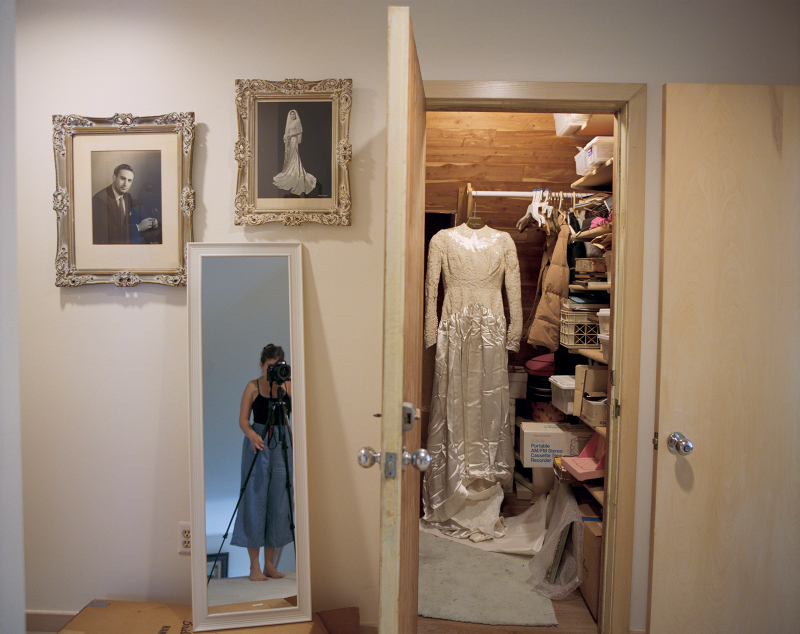
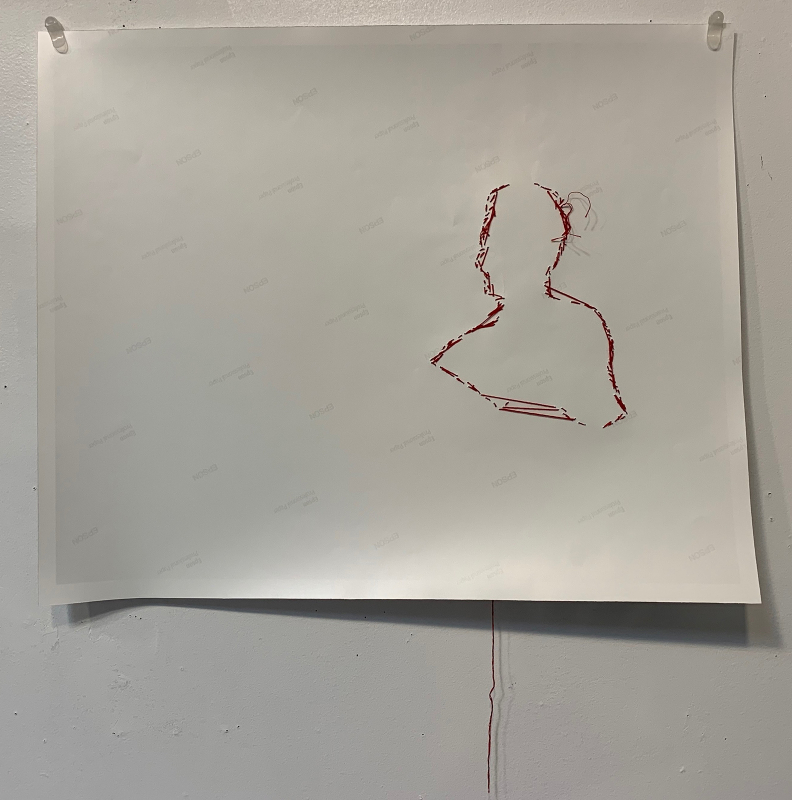
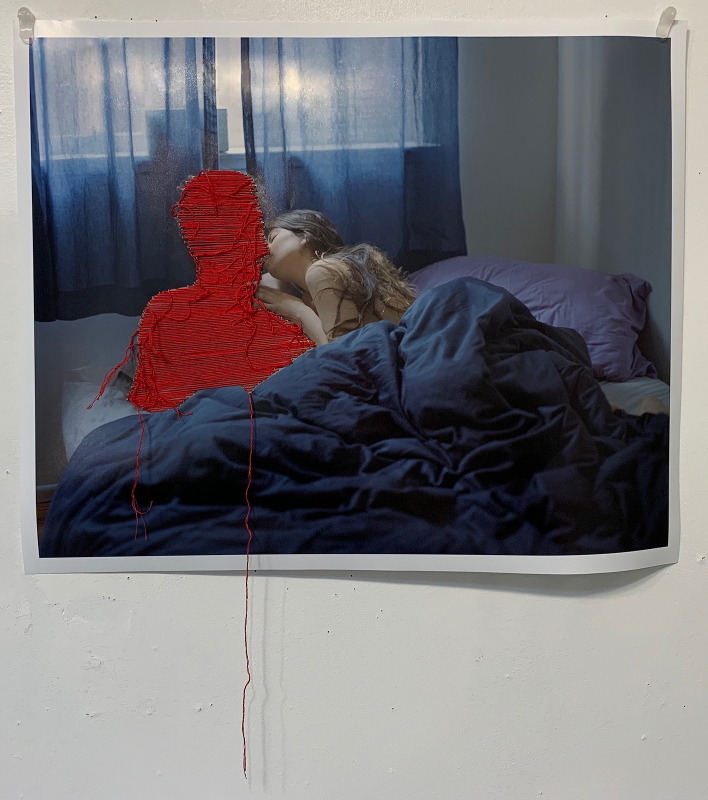
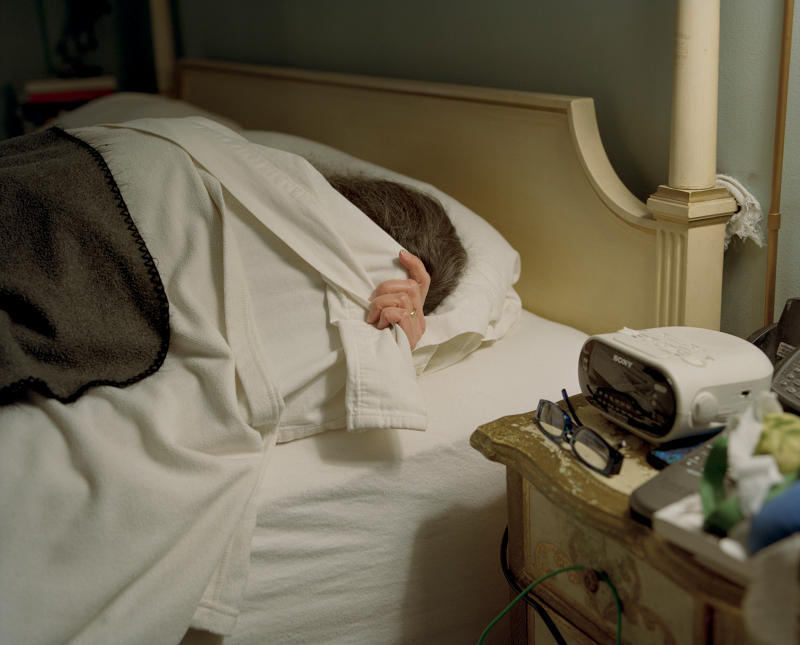
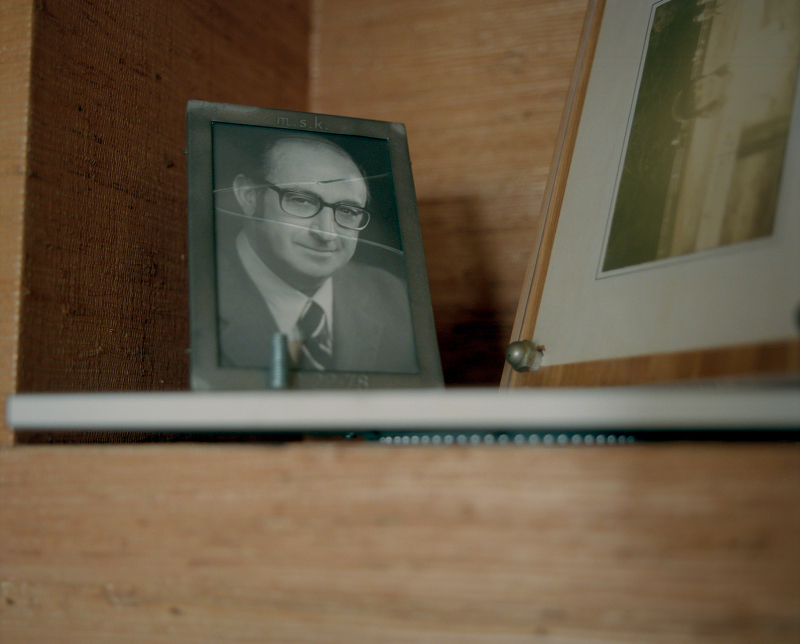
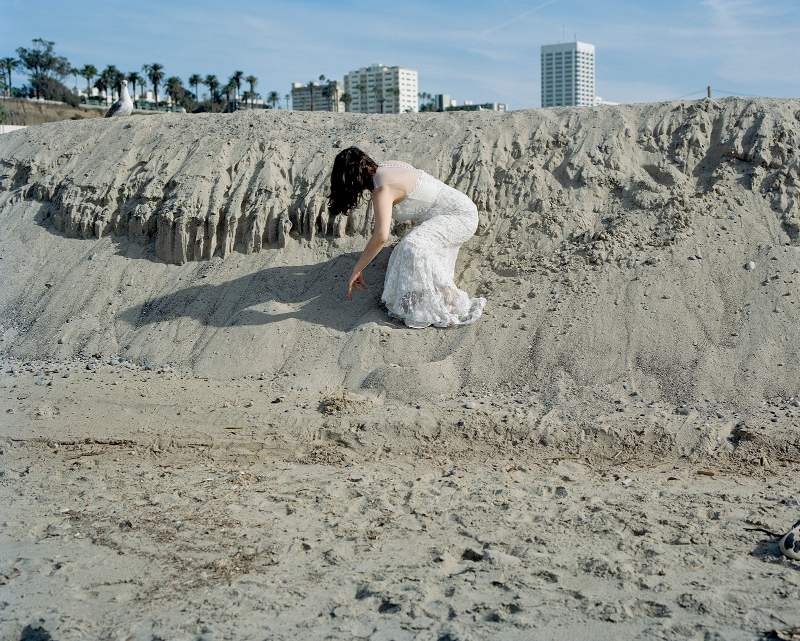
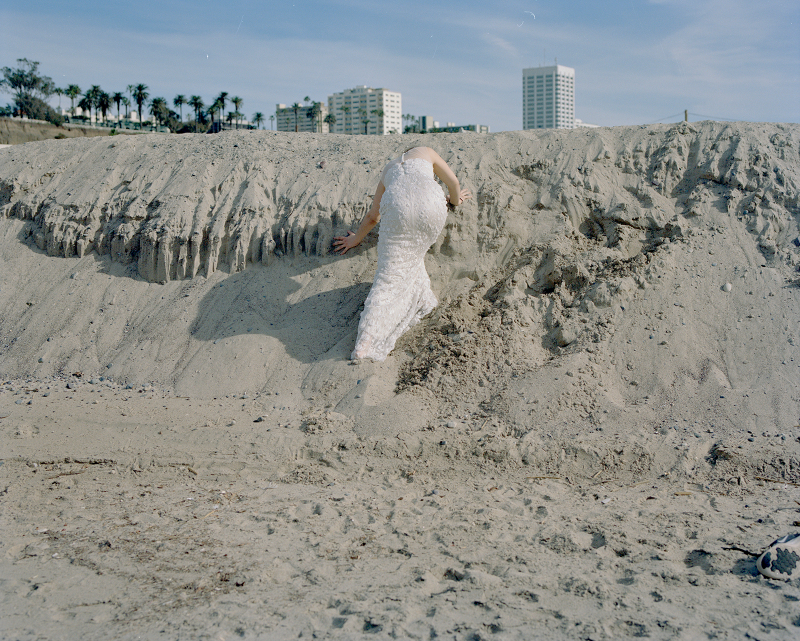
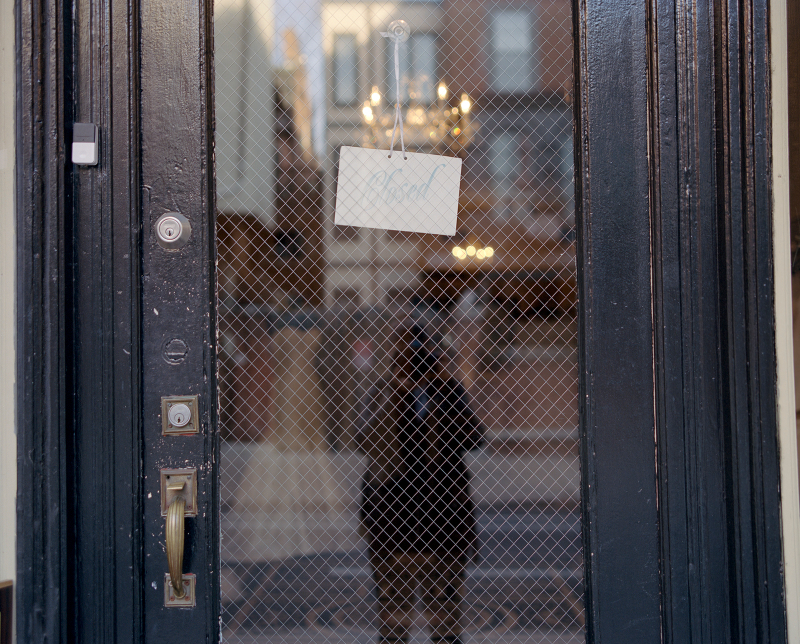
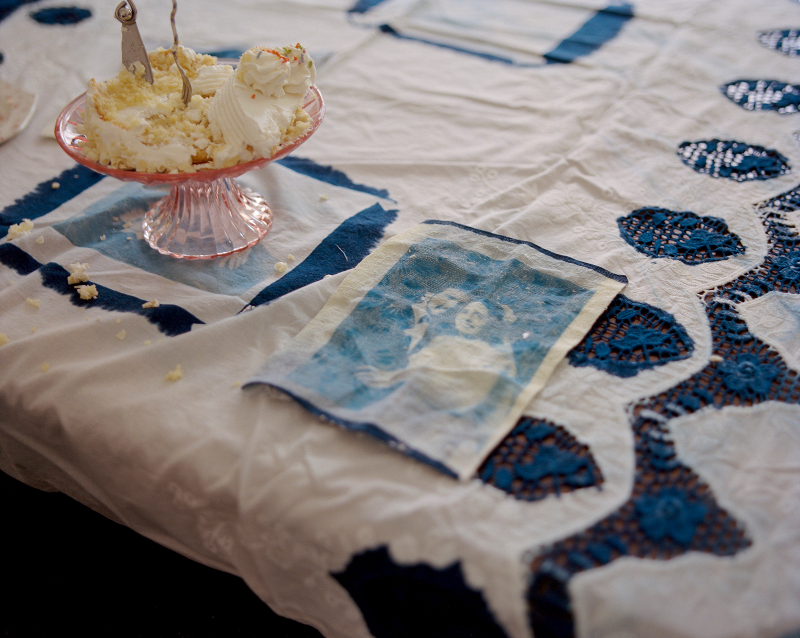
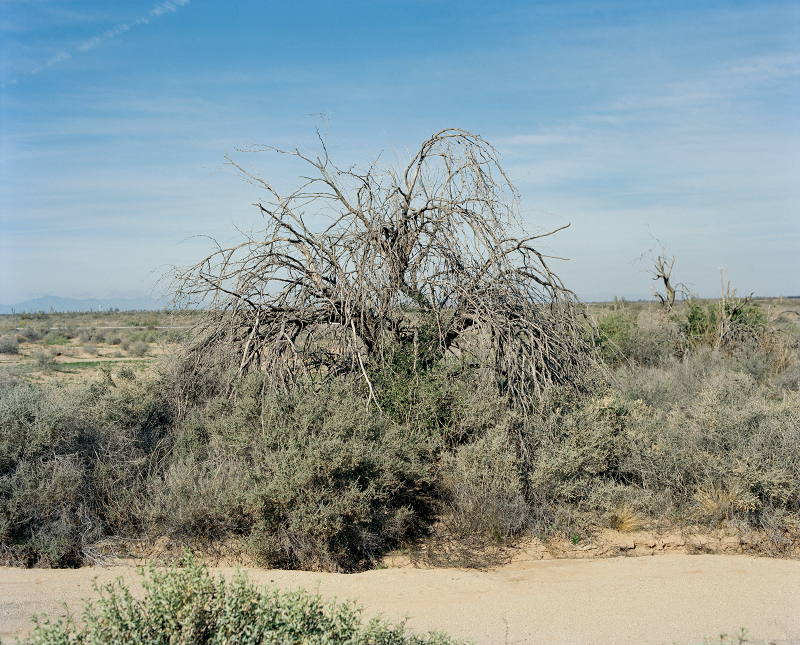
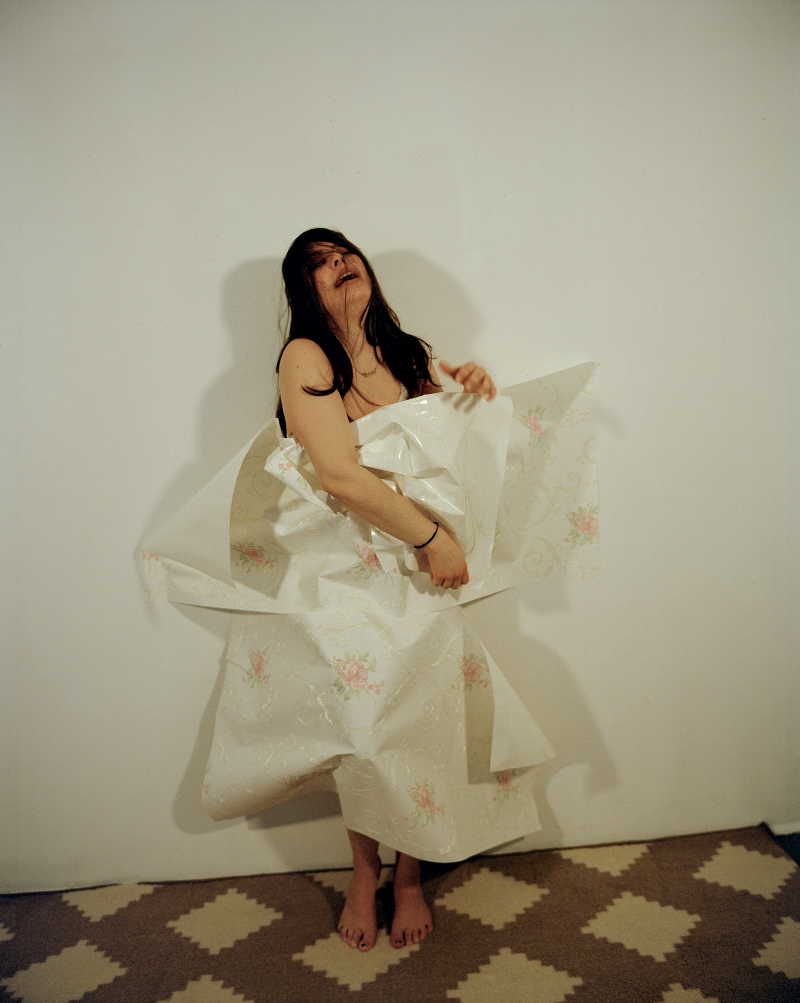
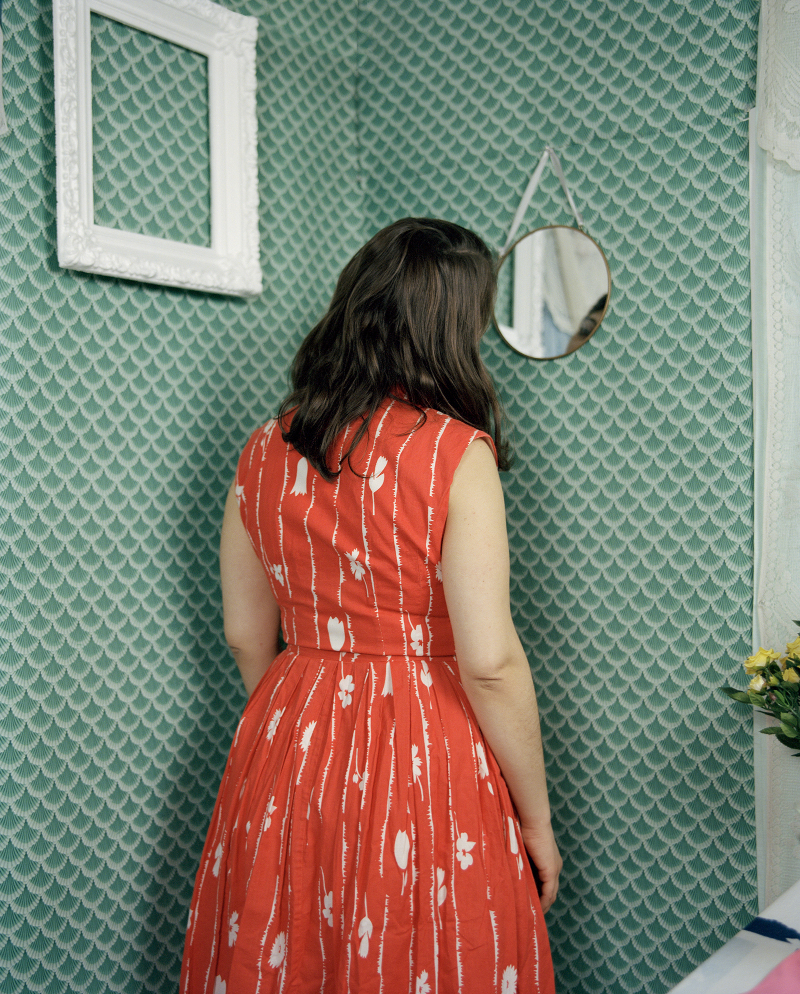
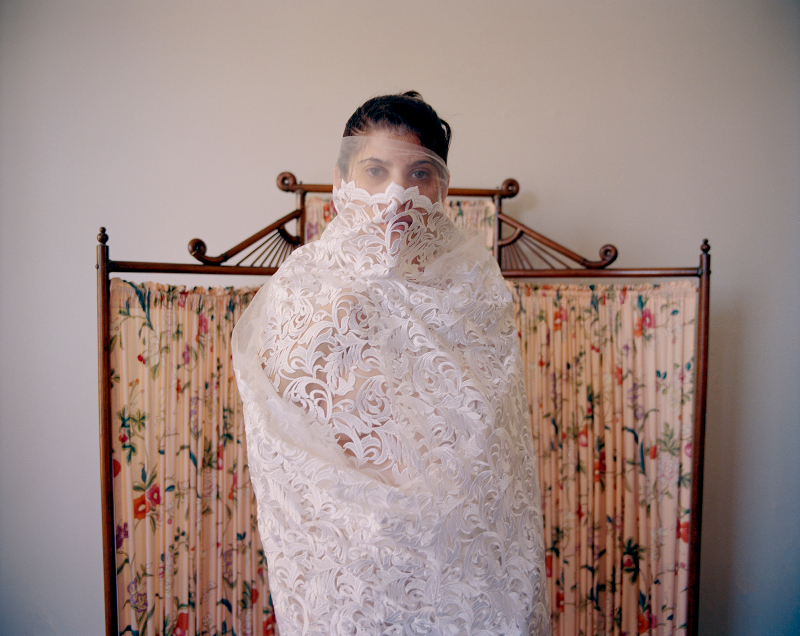
















▶︎ A woman enters marriage, guided by
a rich lineage of strong marriages, yet also caught in a web of
misplaced ideals and expectations deferred by culture. She carries
the weight of these histories, as well as her own expectations. When
a woman realizes her marriage is not what it should be, that she has
been turned into a flat and unfulfilled version of herself and
ultimately files for divorce, the weight of all those expectations
and her disappointment in her perceived failure practically crushes
her.
▶︎ Using photography, installation, video, embroidery, and the creation of photographic objects (through embroidery and alternative process techniques), this work examines my own expectations upon entering marriage and my current values. The ideals and beliefs I once held dear about marriage and family disintegrated very shortly after entering my own marriage. I have struggled with the weight of having broken a lineage of lifelong, successful marriages. I am now trying to put the pieces back together of an identity I no longer recognize.
▶︎ How do we examine our ideals and histories after experiencing a related trauma? The Knots on the Underside of the Carpet looks to investigate my own life by revealing the knotted underbelly that we don’t usually see, and exposing the surface as a false veneer, a false image that we as a society have bought into, but of which we ultimately fall flat.
▶︎ Using photography, installation, video, embroidery, and the creation of photographic objects (through embroidery and alternative process techniques), this work examines my own expectations upon entering marriage and my current values. The ideals and beliefs I once held dear about marriage and family disintegrated very shortly after entering my own marriage. I have struggled with the weight of having broken a lineage of lifelong, successful marriages. I am now trying to put the pieces back together of an identity I no longer recognize.
▶︎ How do we examine our ideals and histories after experiencing a related trauma? The Knots on the Underside of the Carpet looks to investigate my own life by revealing the knotted underbelly that we don’t usually see, and exposing the surface as a false veneer, a false image that we as a society have bought into, but of which we ultimately fall flat.
● Erin Wang ▼ Website
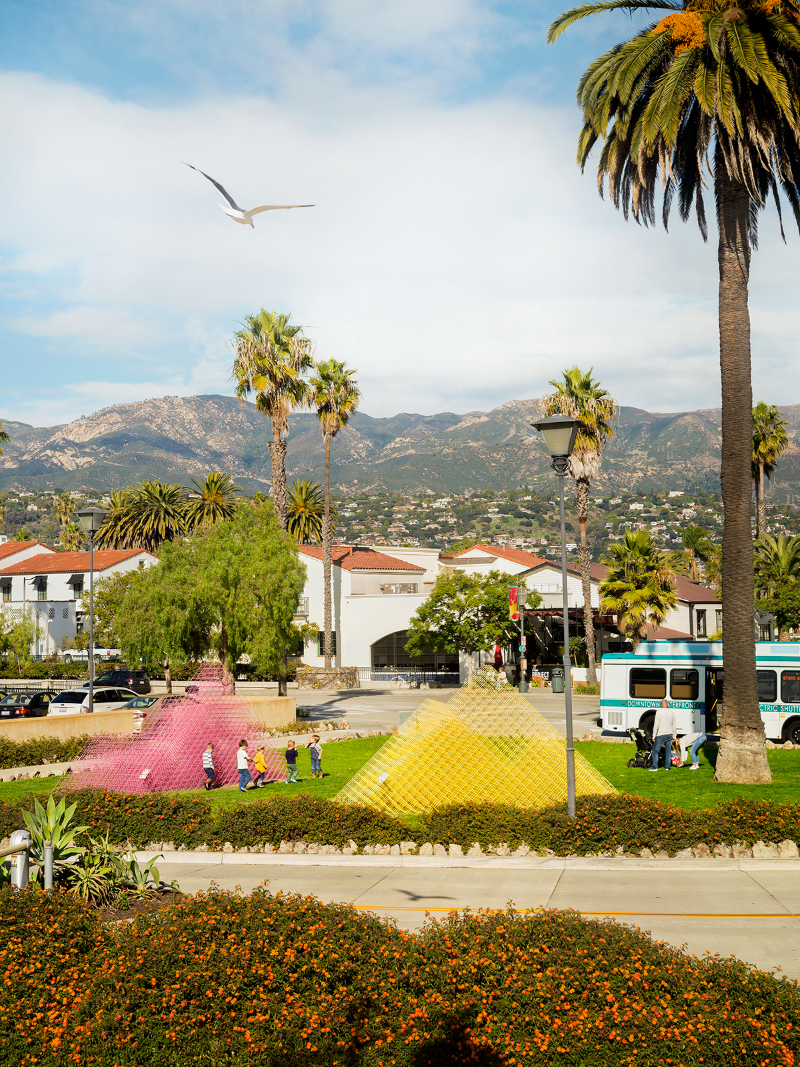
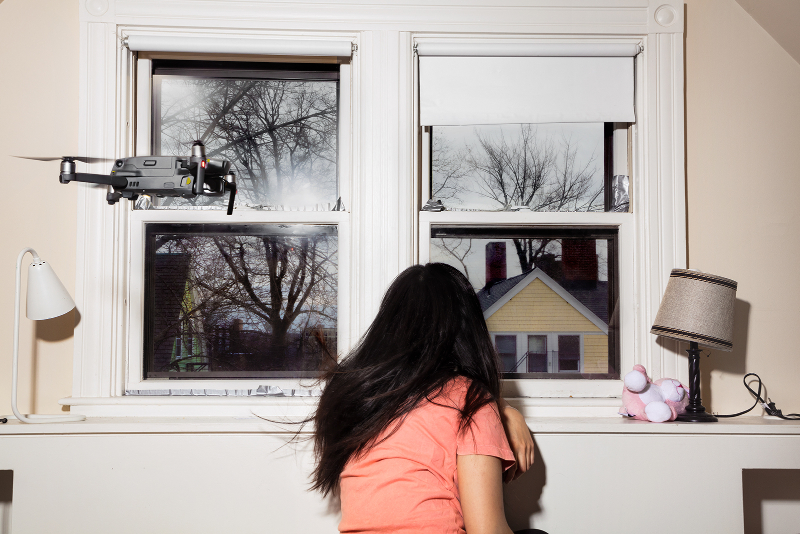
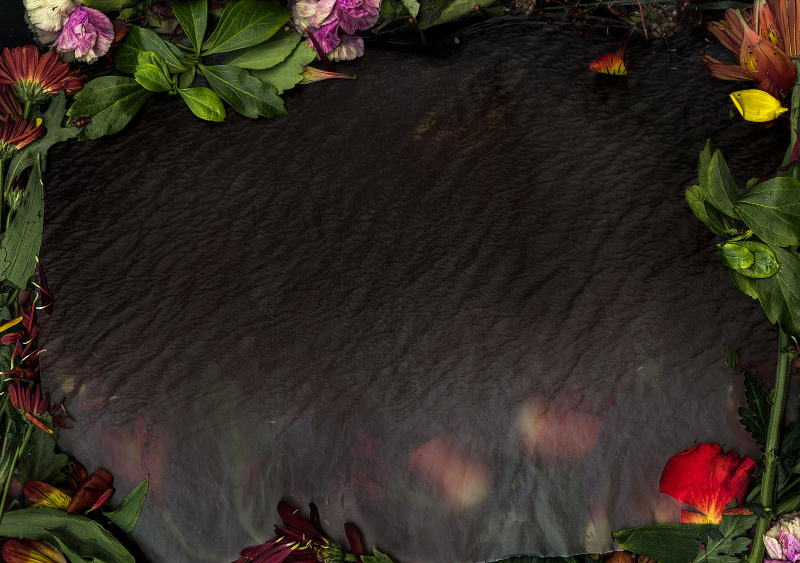
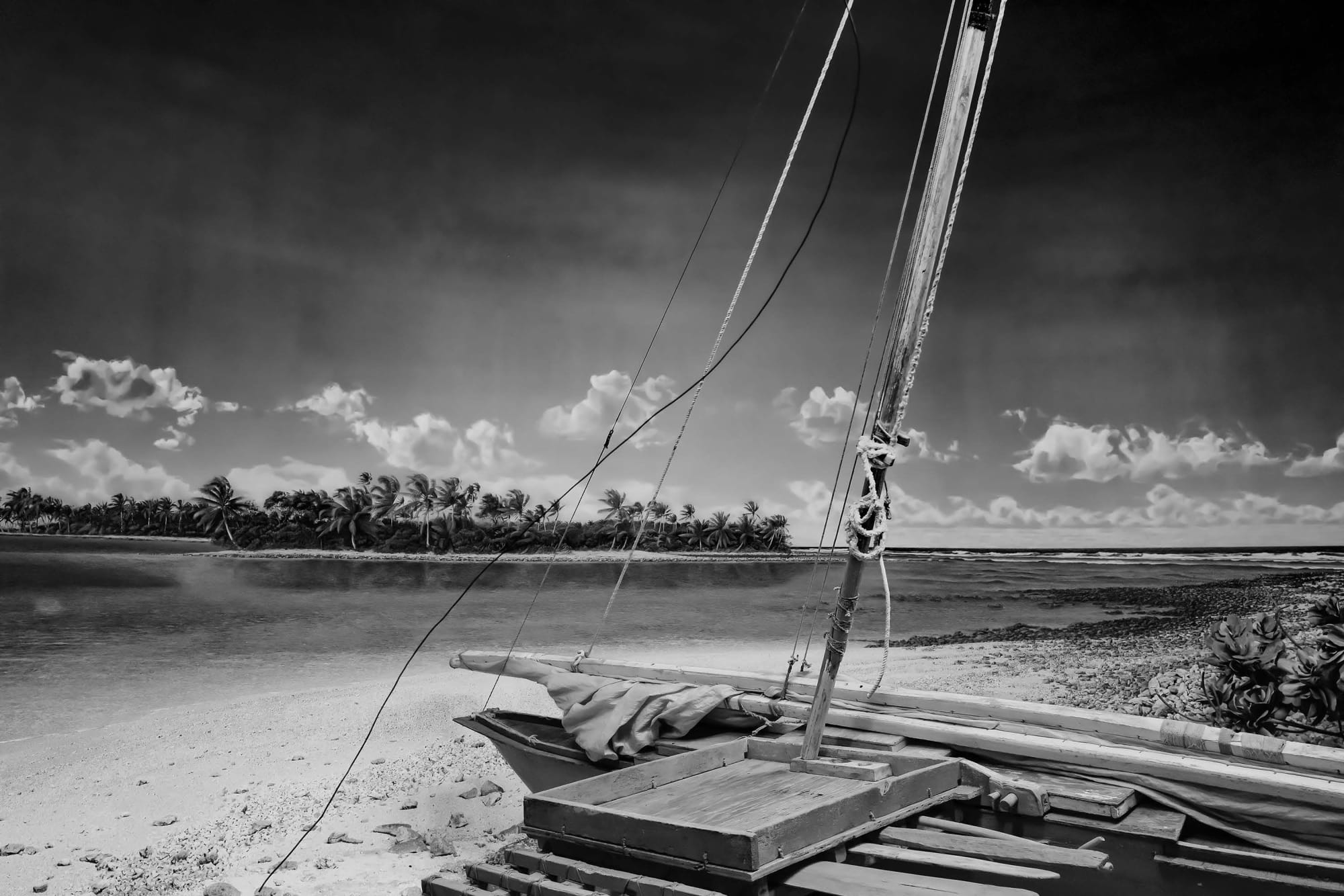
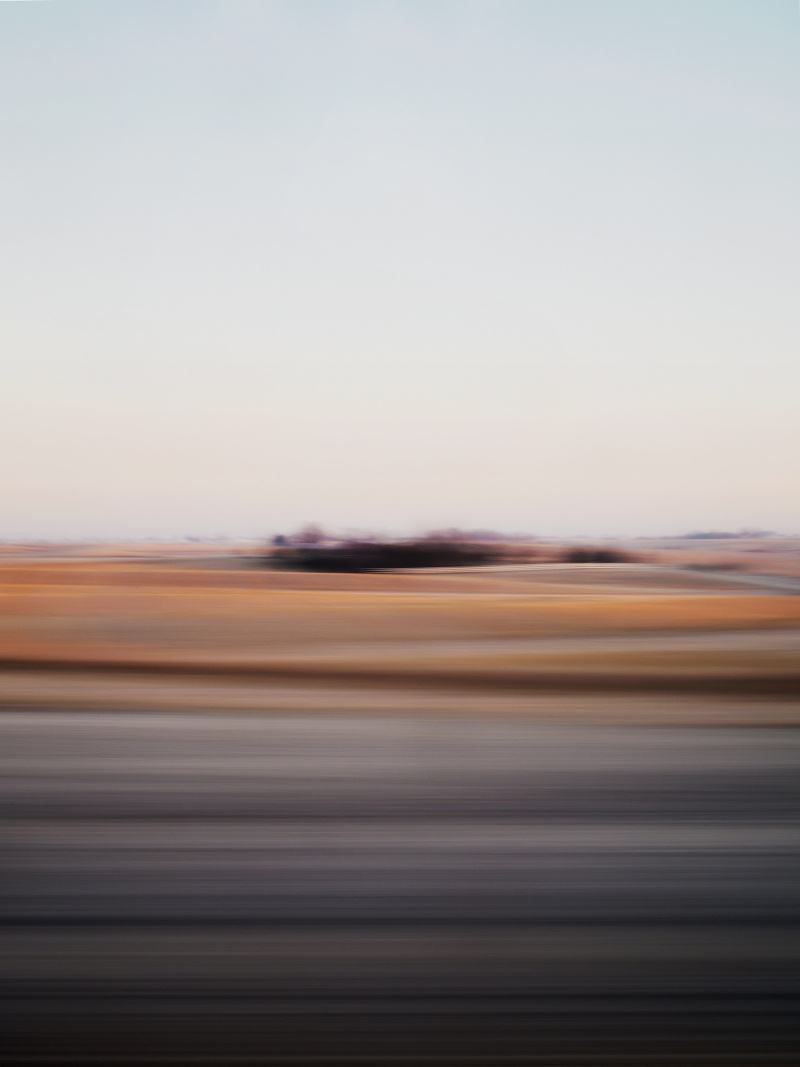
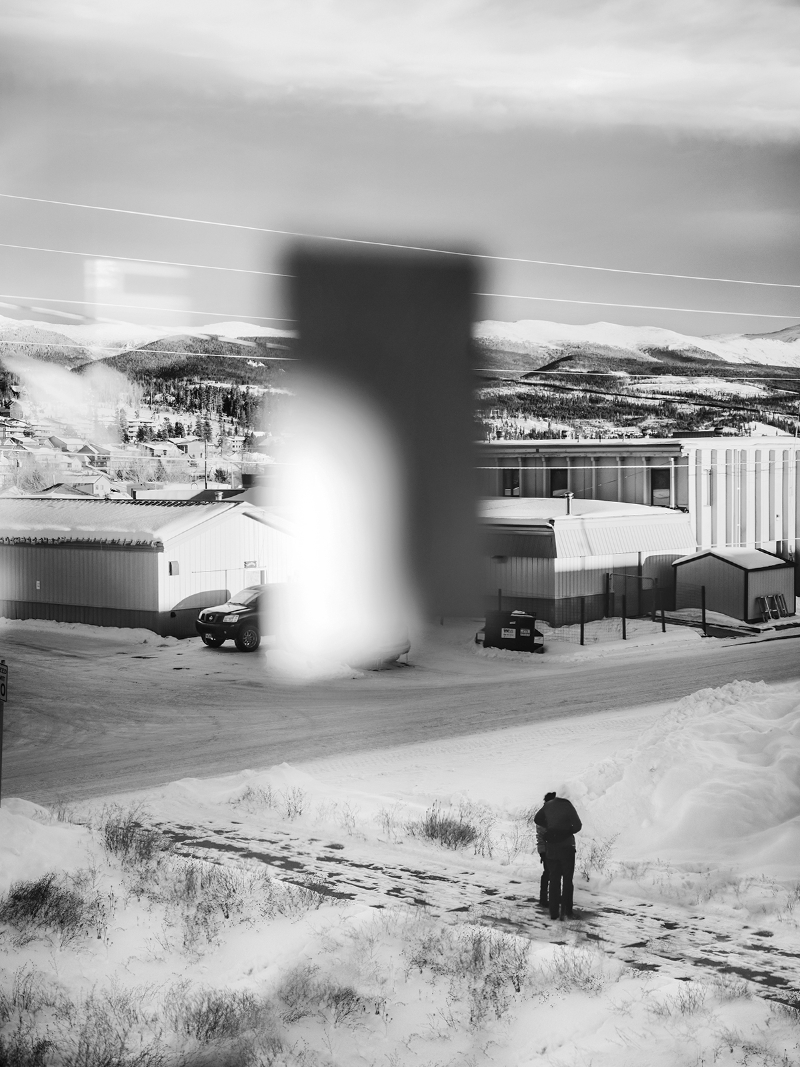
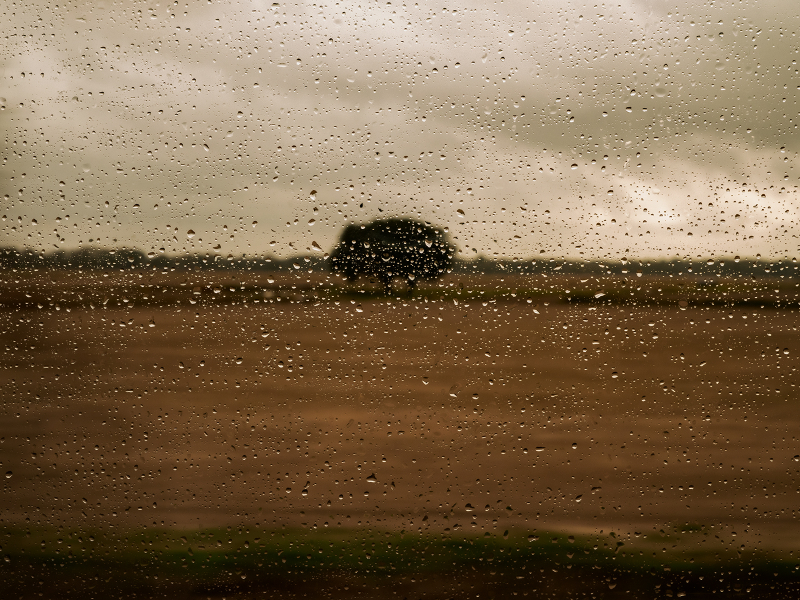
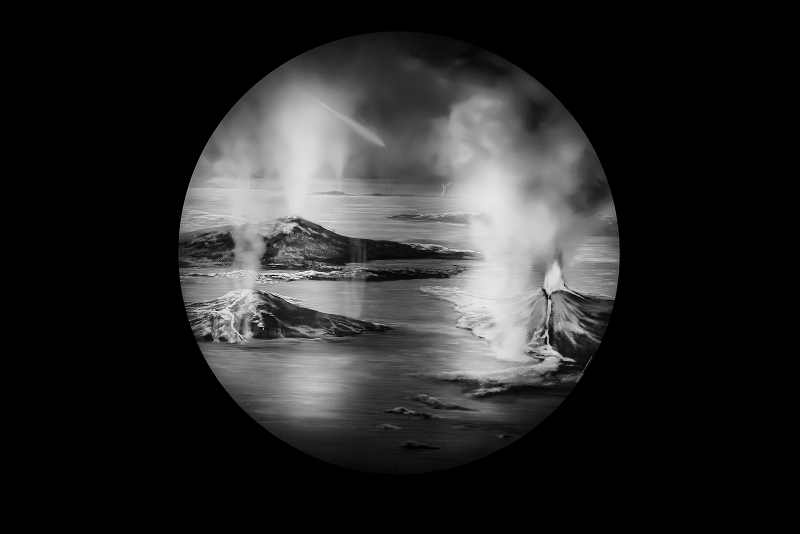

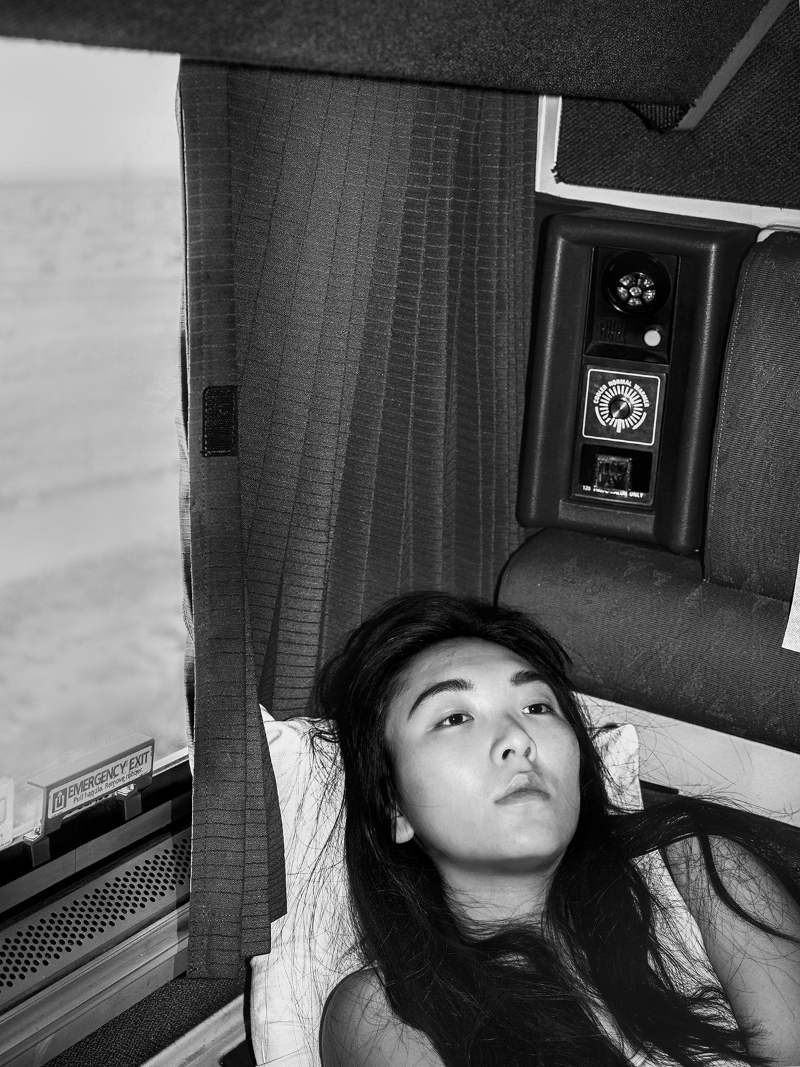
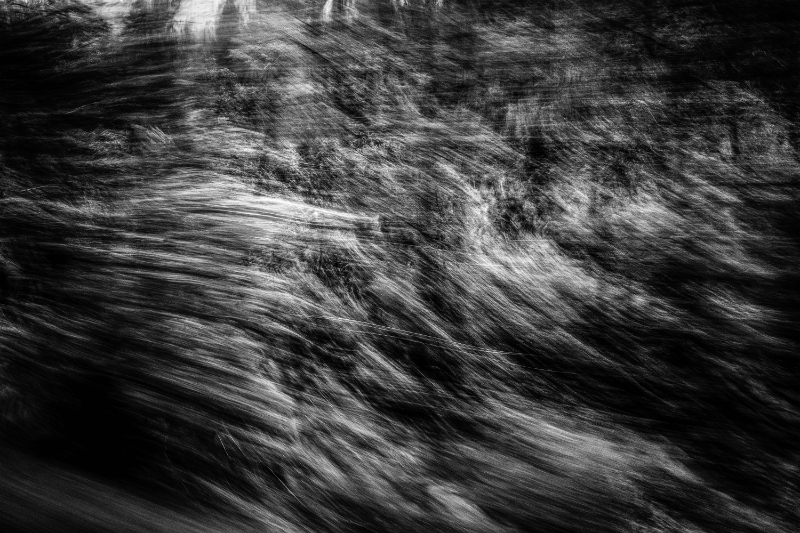











▶︎ "On the Edge of Elapsing" is a photo
thesis project accomplished between 2019 summer and 2020 winter as
distillation and sublimation of ideas from undergraduate
exploration. Nourished by previous works that focused on self-study,
the series unfolds self-exile journeys as a knowing search for
beings in their thatness and whatness. Resonating more generalized
human situations, the title points to the limbo state of life and
the sticky transition between past, present and future. Time, which
features a philosophical angle to see and think about life,
magnetically shapes and expands the body of work, from knowledge to
experience. The natural “clock” within photography projects
individual frames of reference to day-to-day moving through it. Time
and experience are fossilized in photographs as a unity of changes
and meanings. Different visual languages are brought in. From a
long-term perspective, this project serves to rescue momentous
sentiments from the drifting river of life which would finally be
resequenced into a life-assigned self-portrait.
● Niko Krivanek ▼ Website
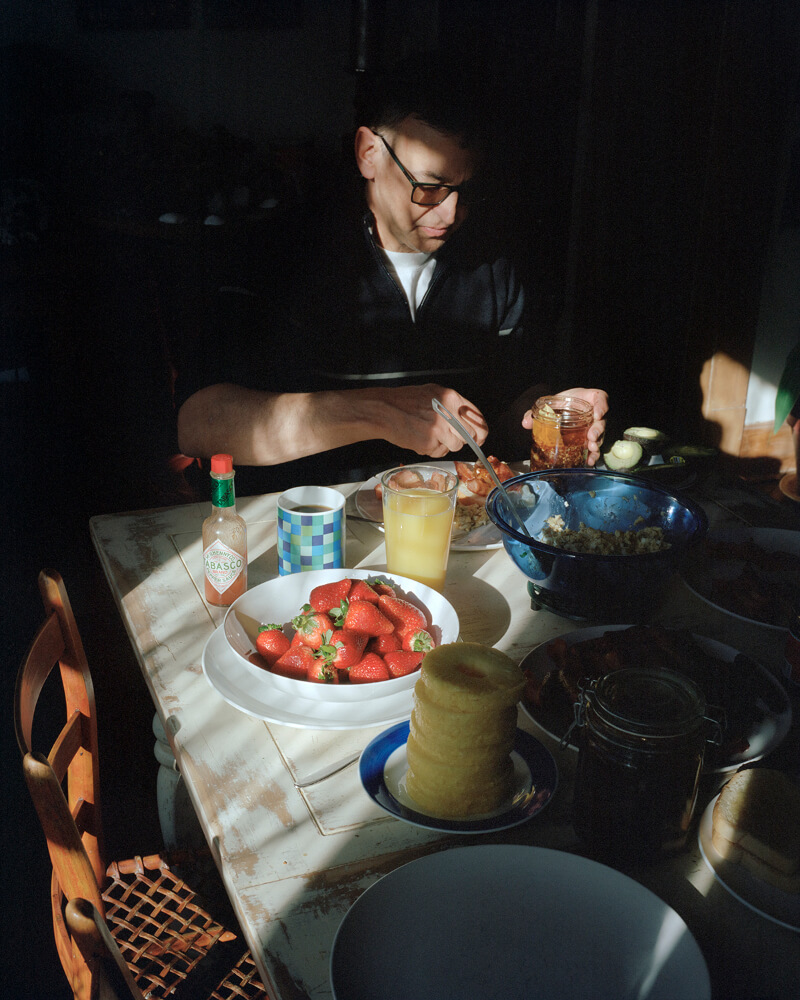
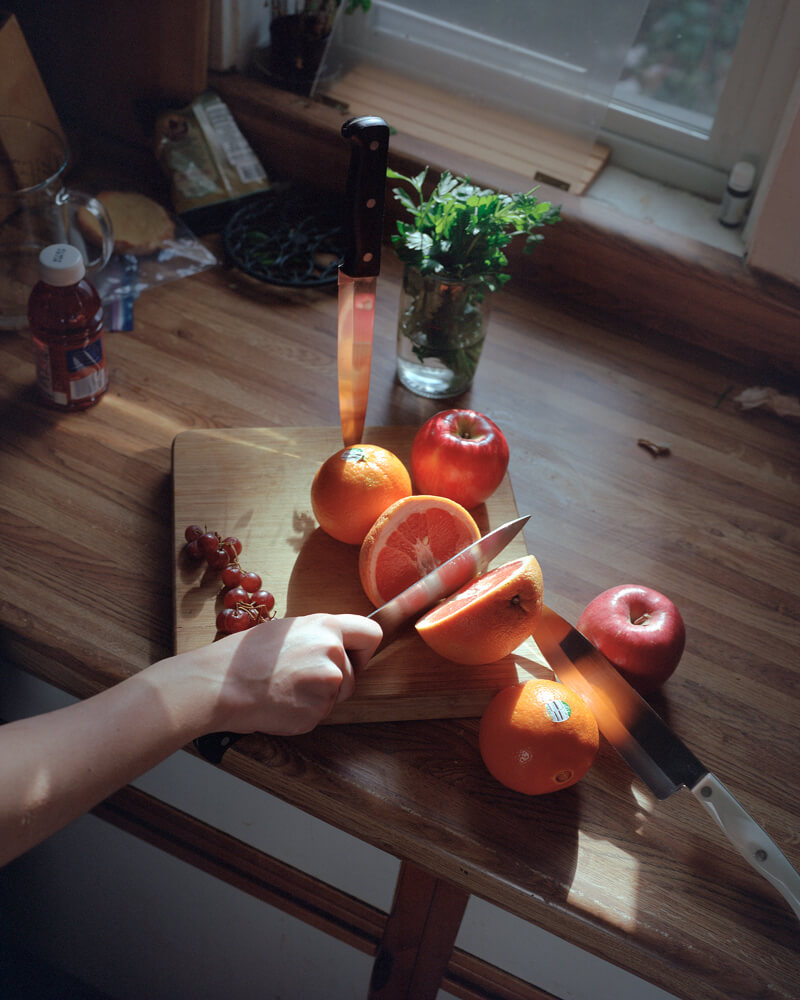
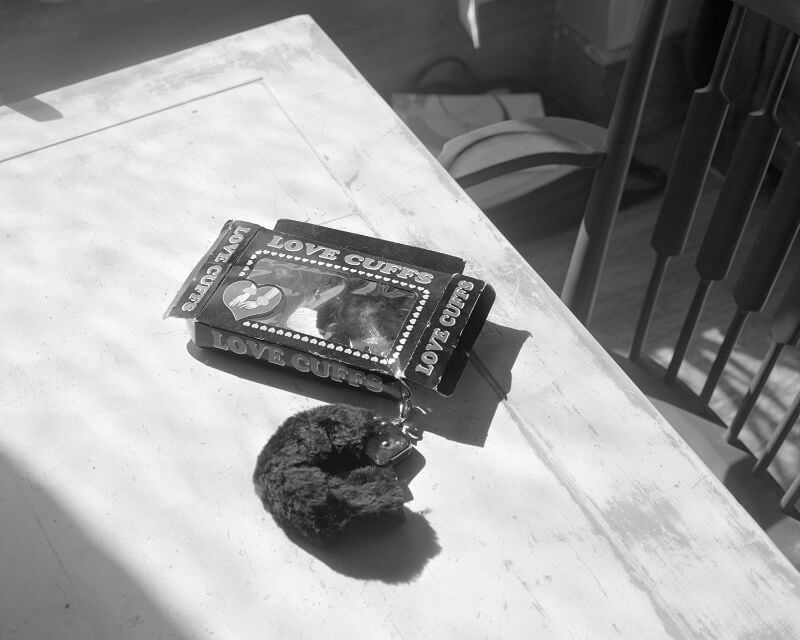
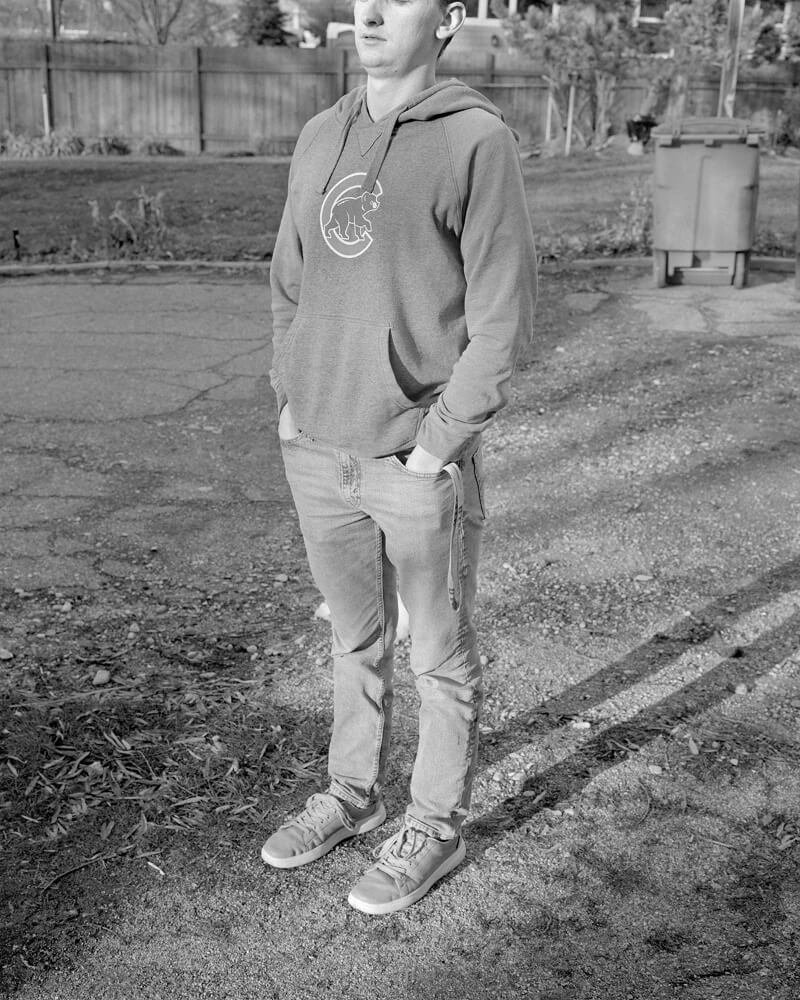
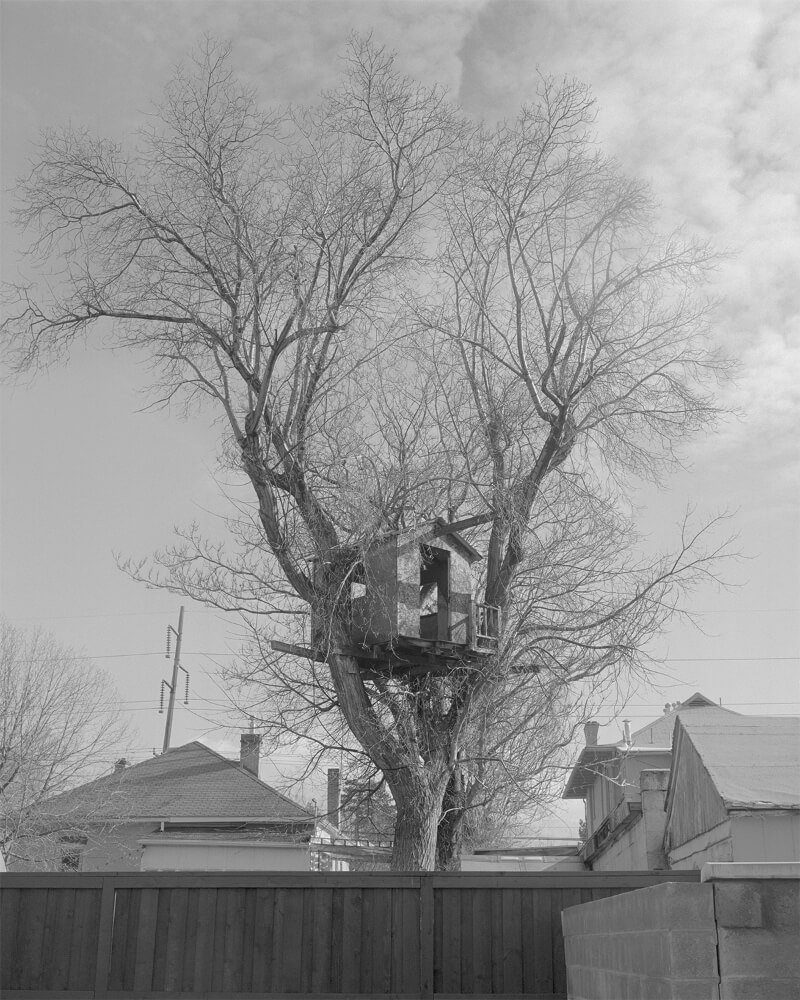
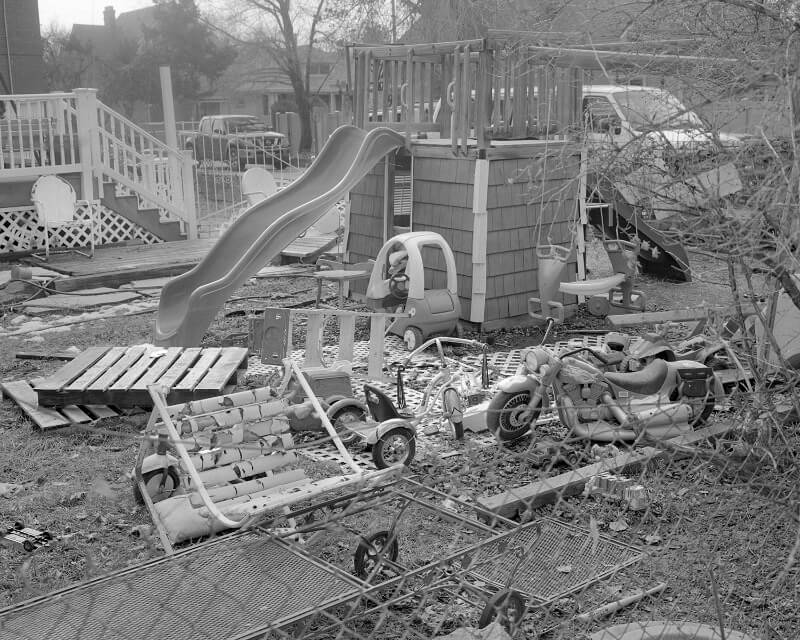
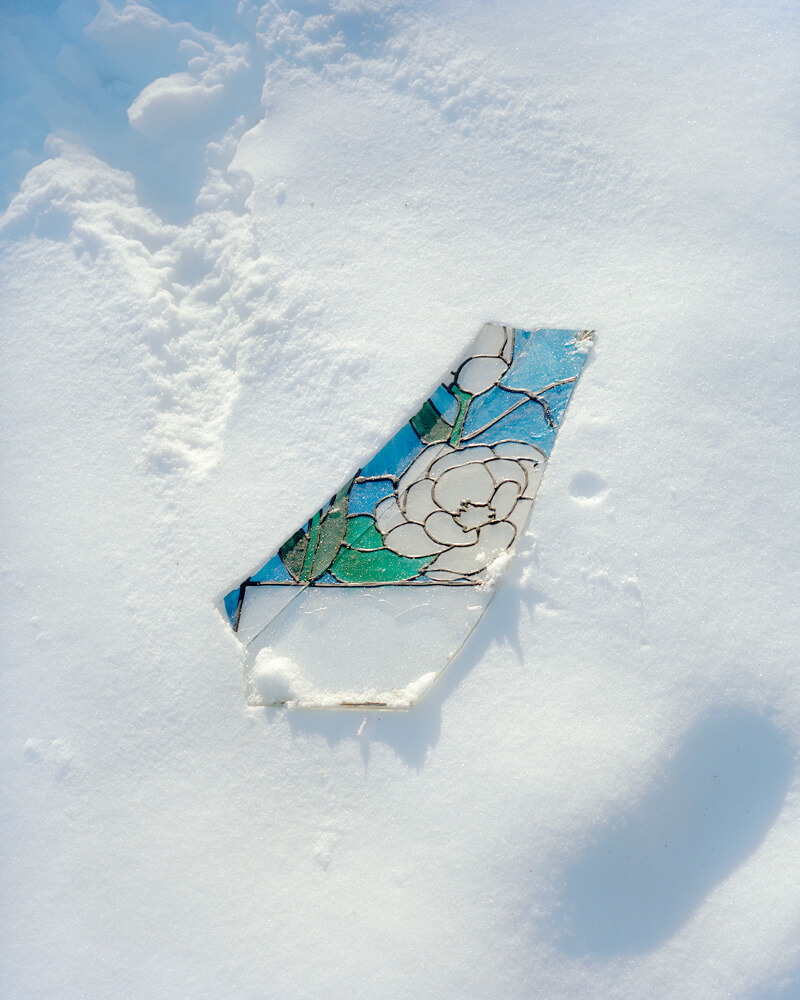
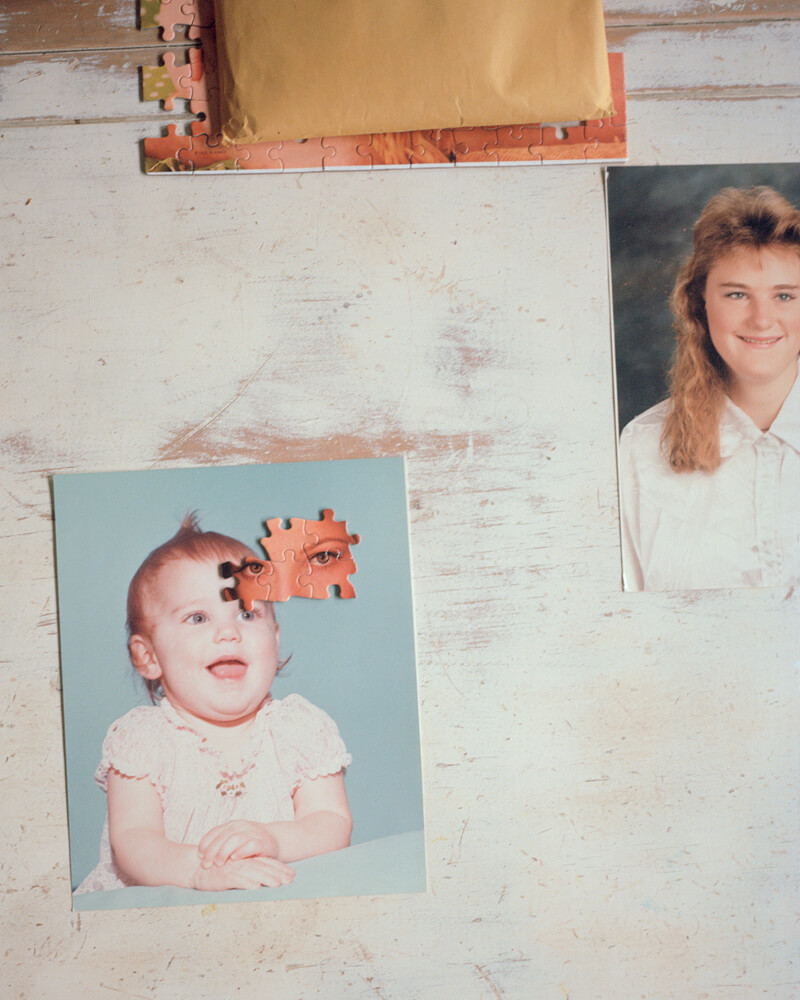
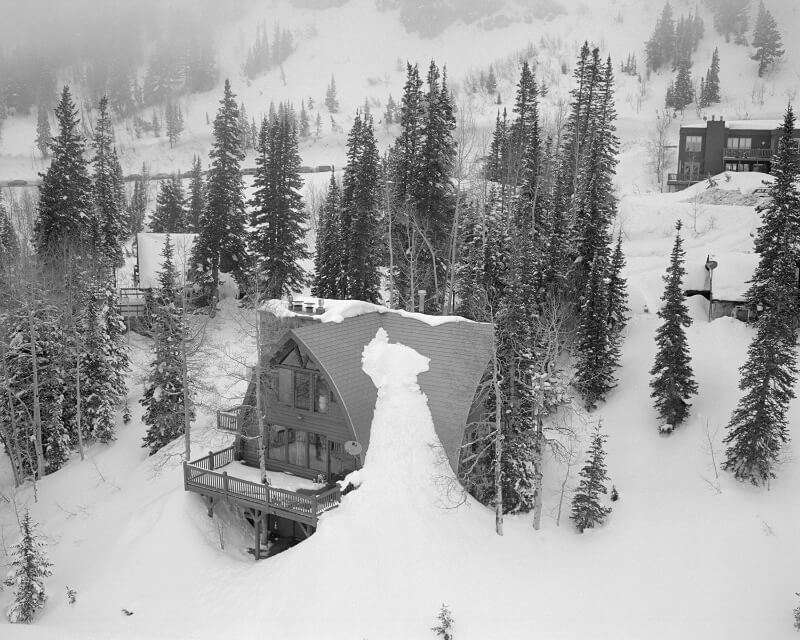
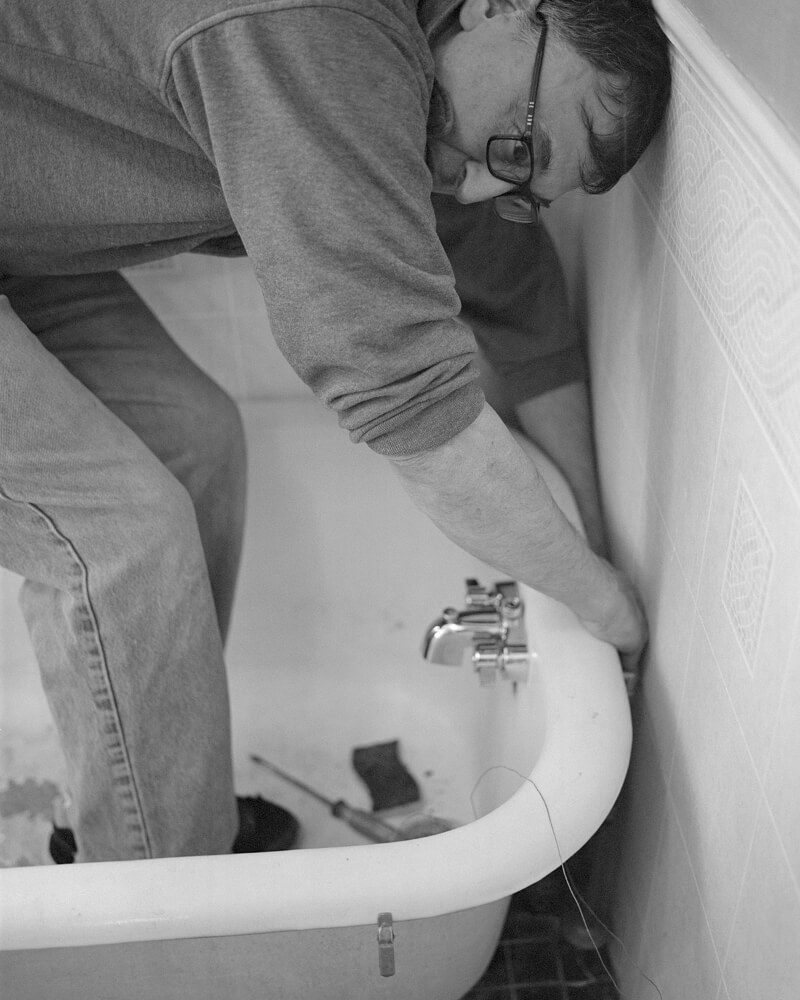










▶︎ Photographing my life away from my
incarcerated mother has proven to be one of the most fulfilling
challenges of my life. It led me to an exploration of home, and of
disruptive home. My visualization of home is split between the
childhood home my mom and dad moved into once I was born, and the
prison my mom has been in for 18 years. Being torn between two ideas
of home is what drives the work. People are often confused by my
images and wonder how they can possibly represent my mother. I share
in this confusion. The relationship one shares with their mother is
as intuitive and indescribable as the instinct to press the shutter.
I react to the light cast on a treehouse in the same way I do when
my mother walks through the door at our visits: pure enlightening
joy and a desire to share this joy with anyone and everyone. My
mother is unphotographable, therefore she must be photographed.
● Melissa Nyquist ▼ Website
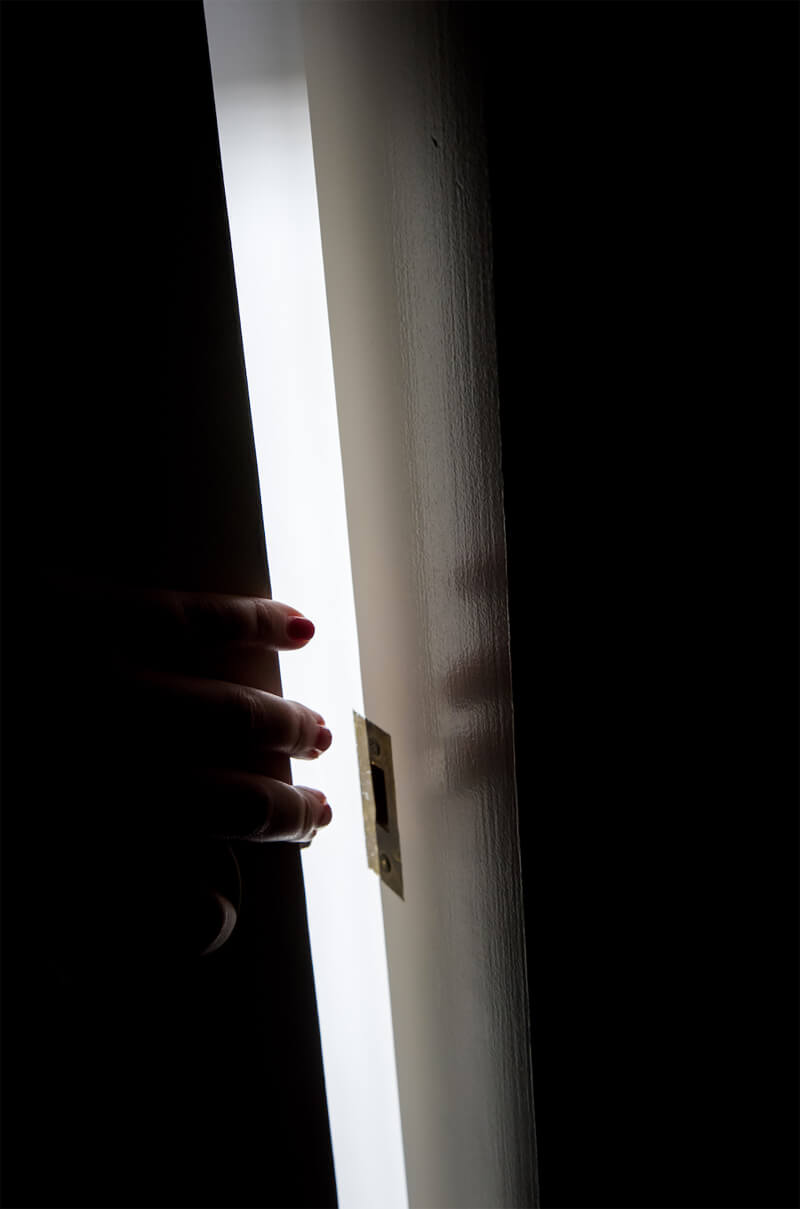
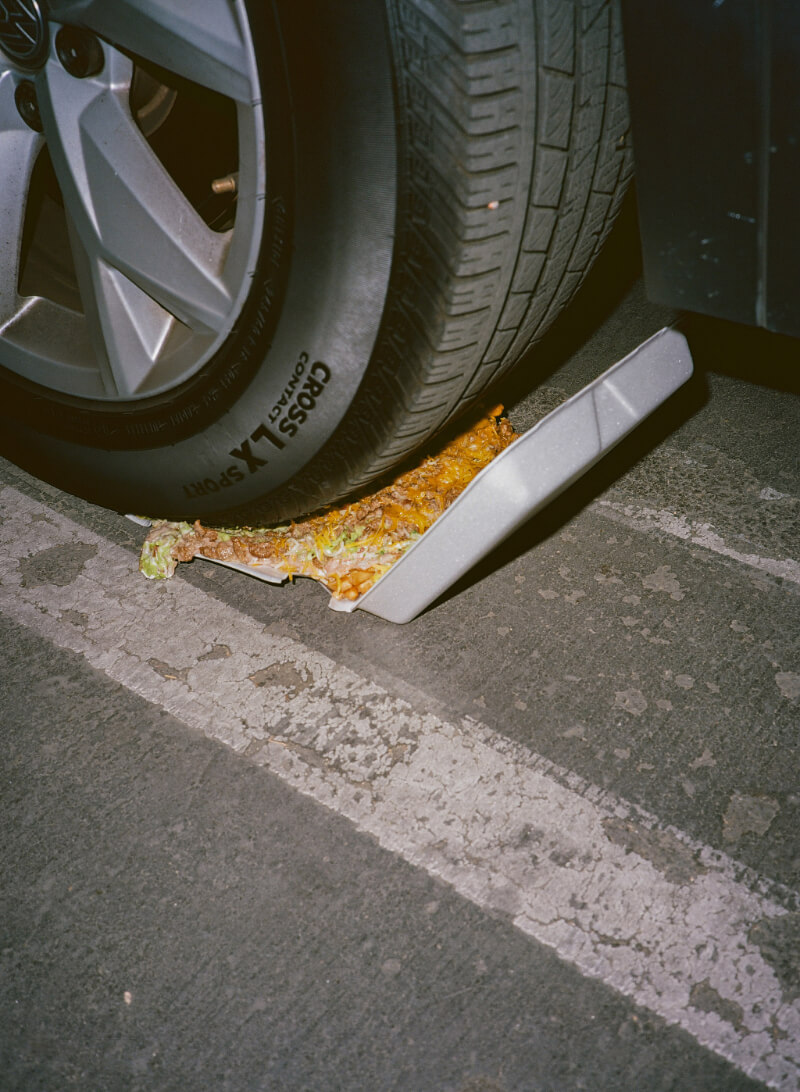
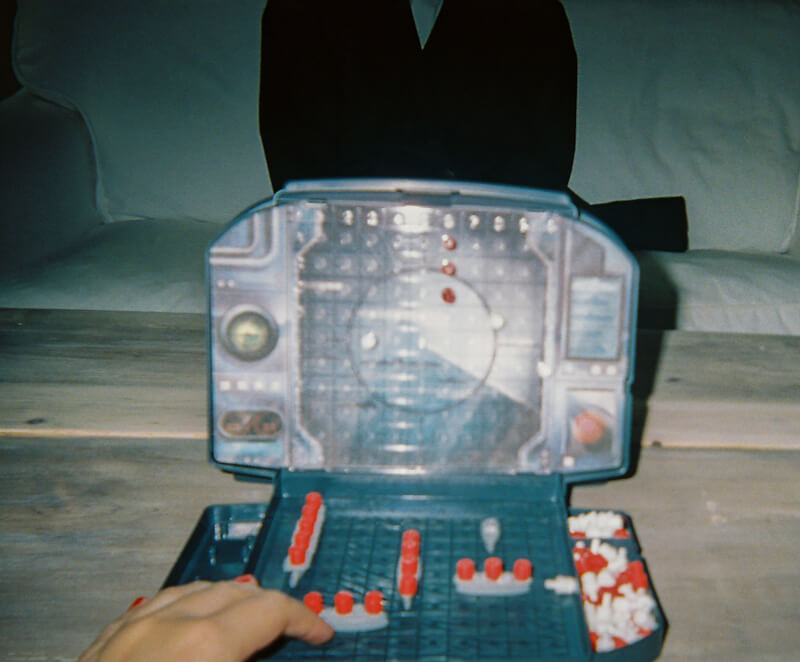
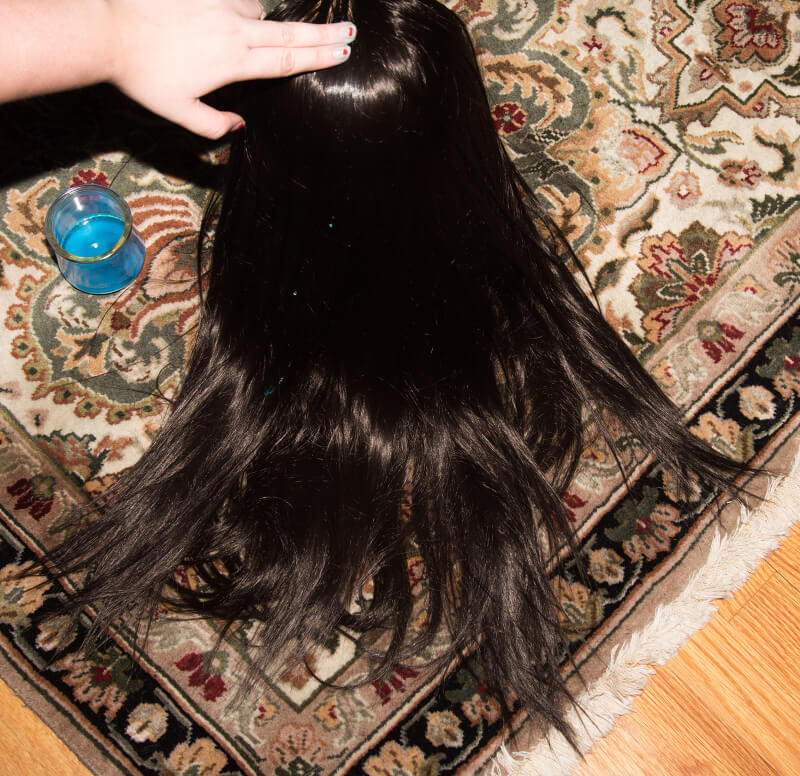
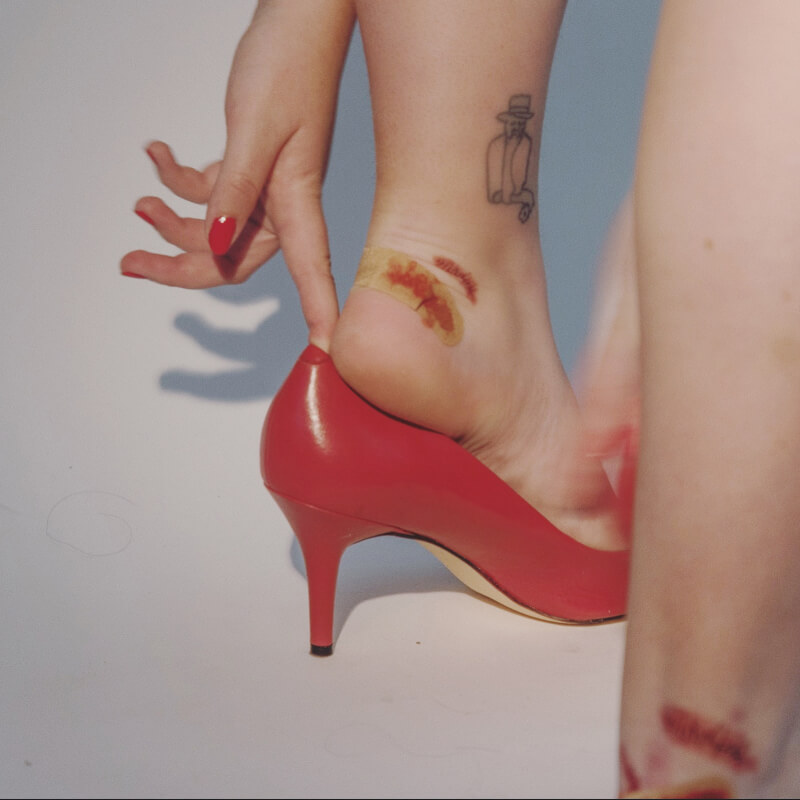
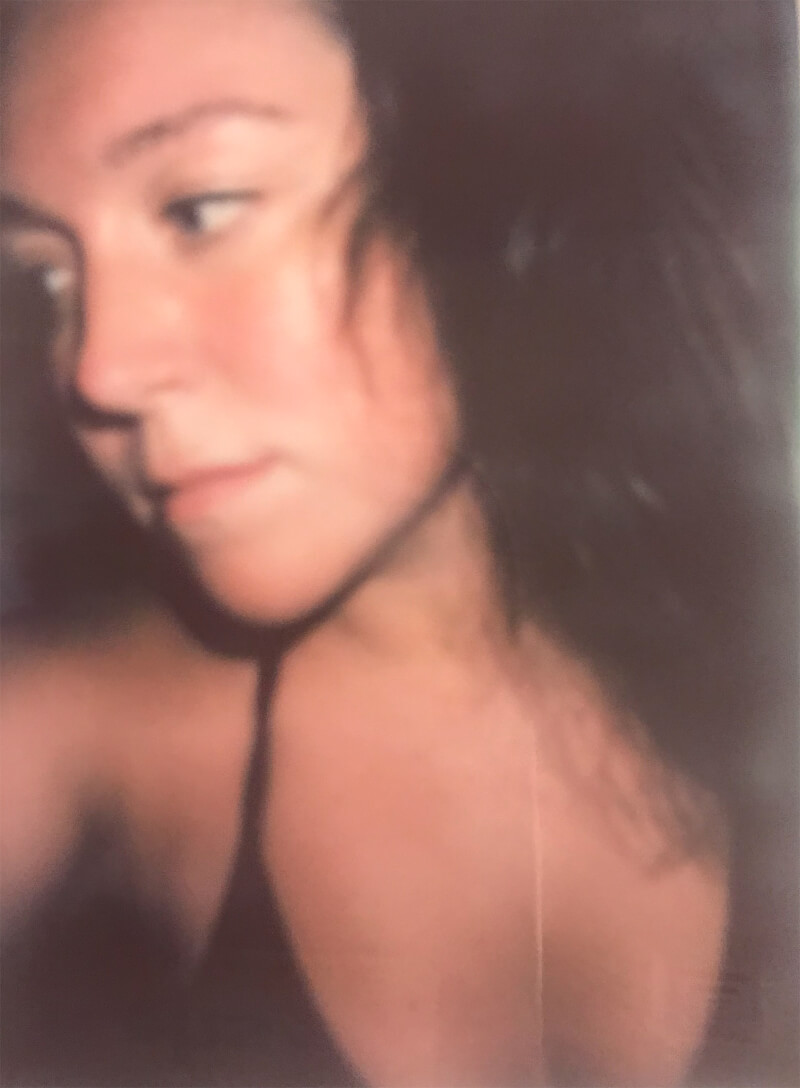
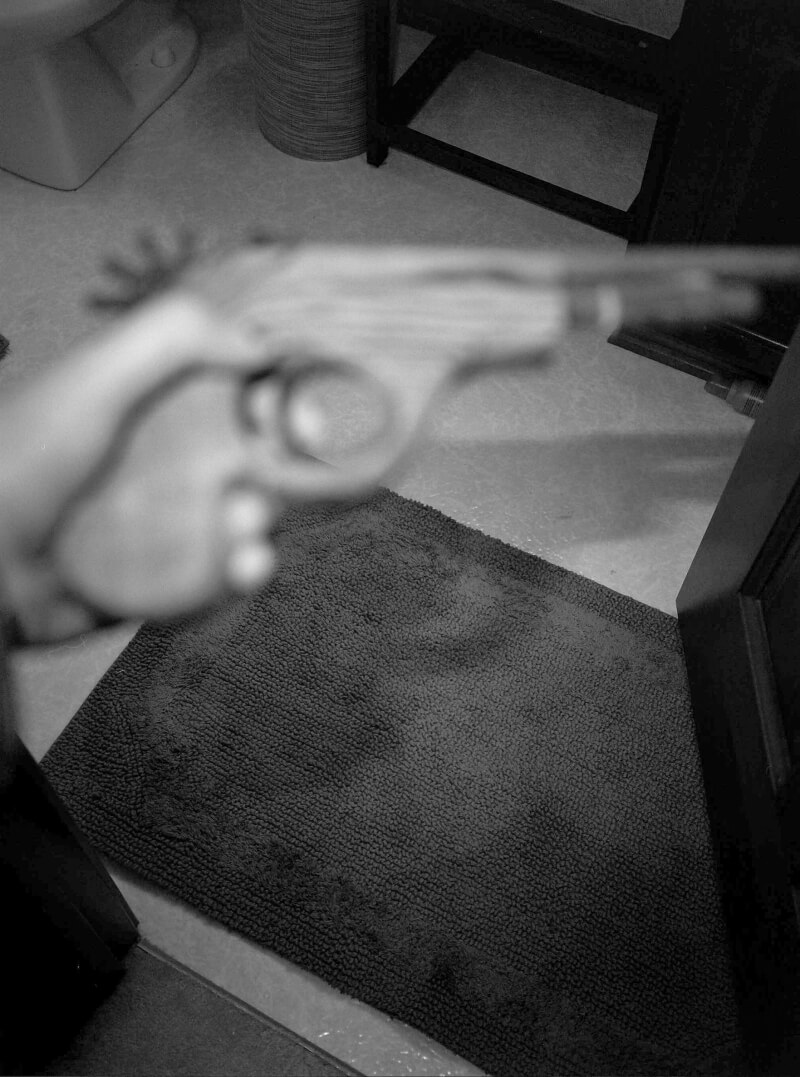
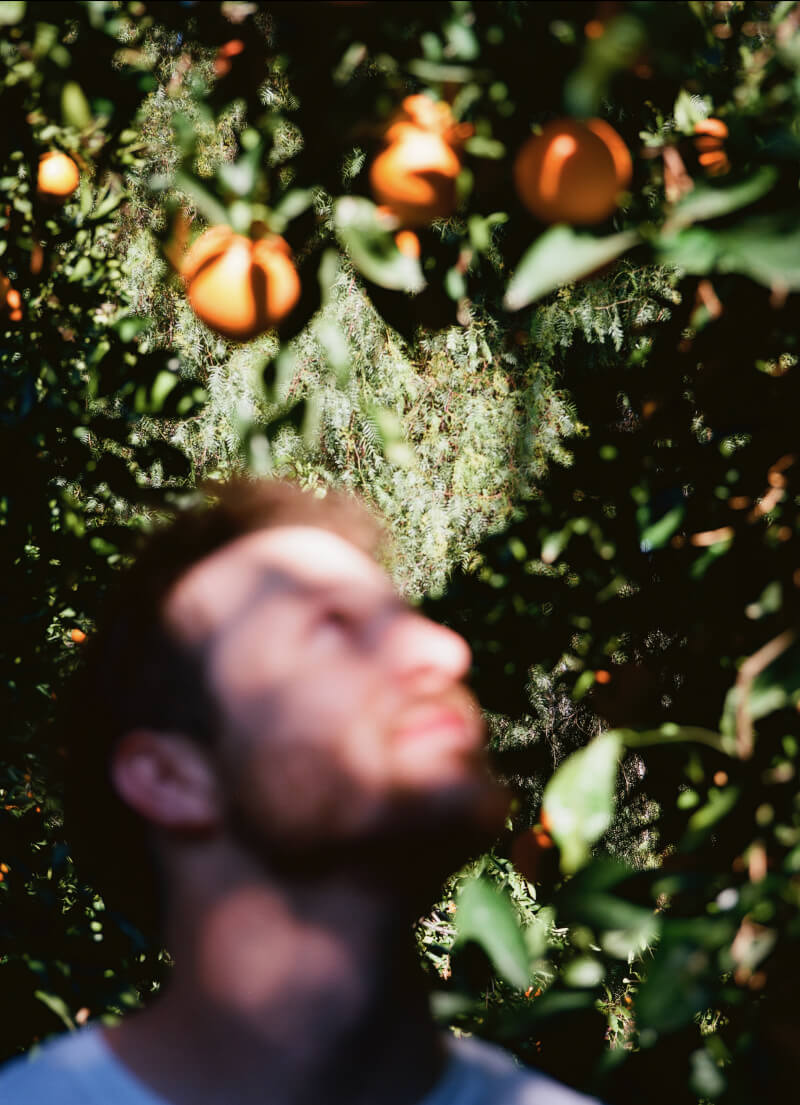
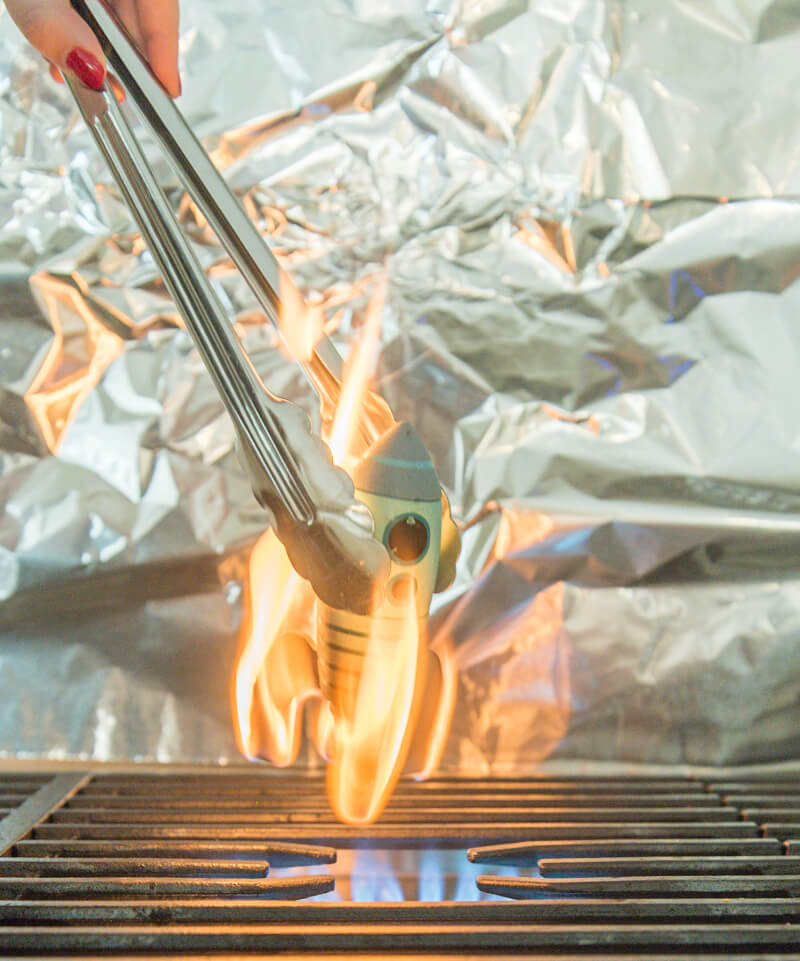
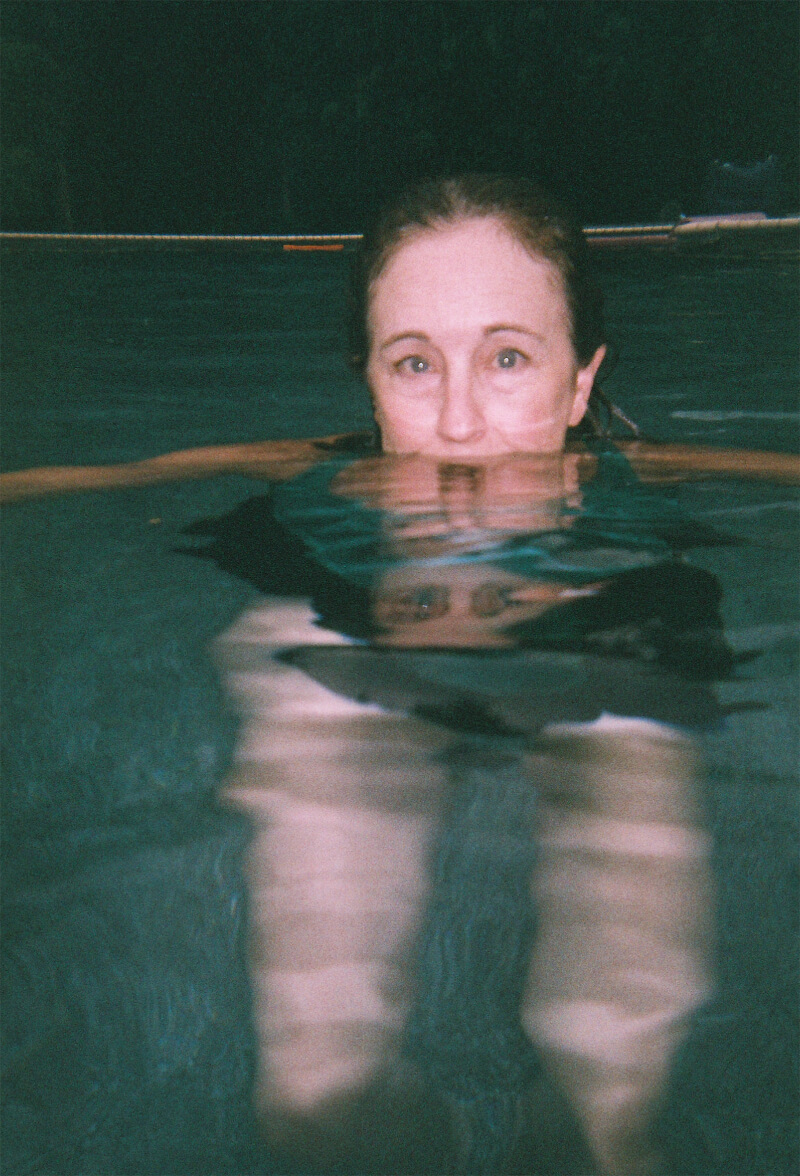
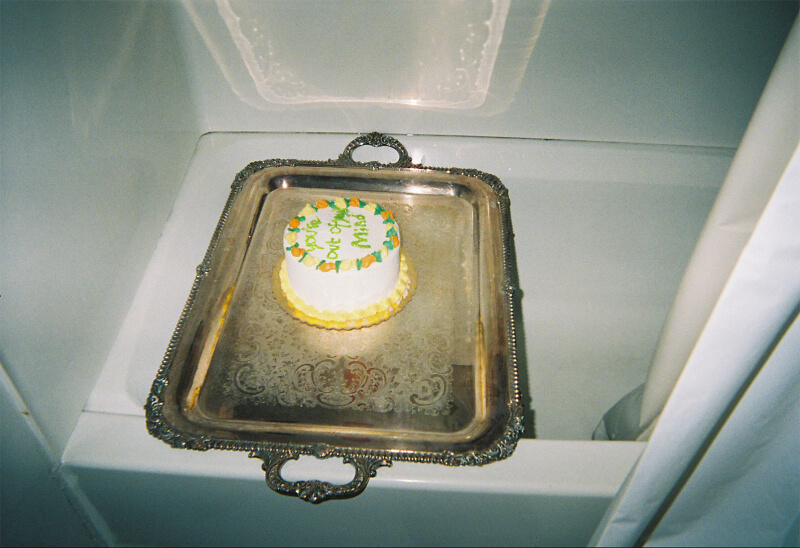
.jpg?v=1590002527155)
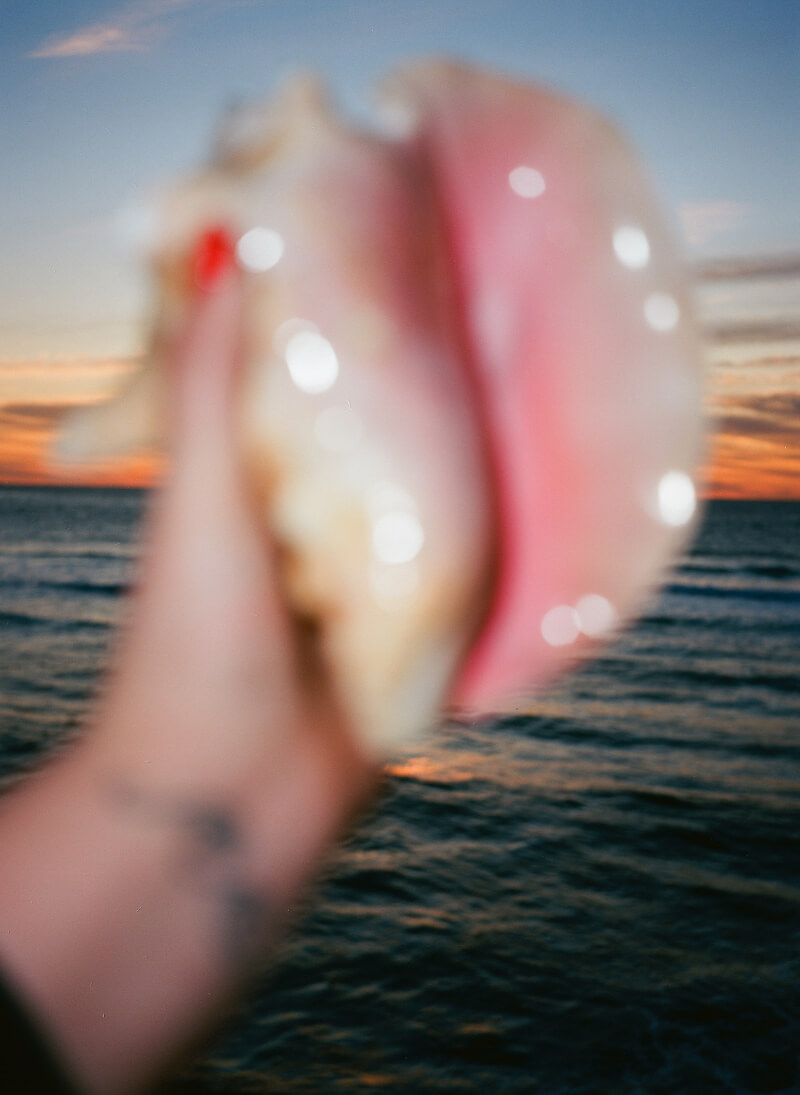
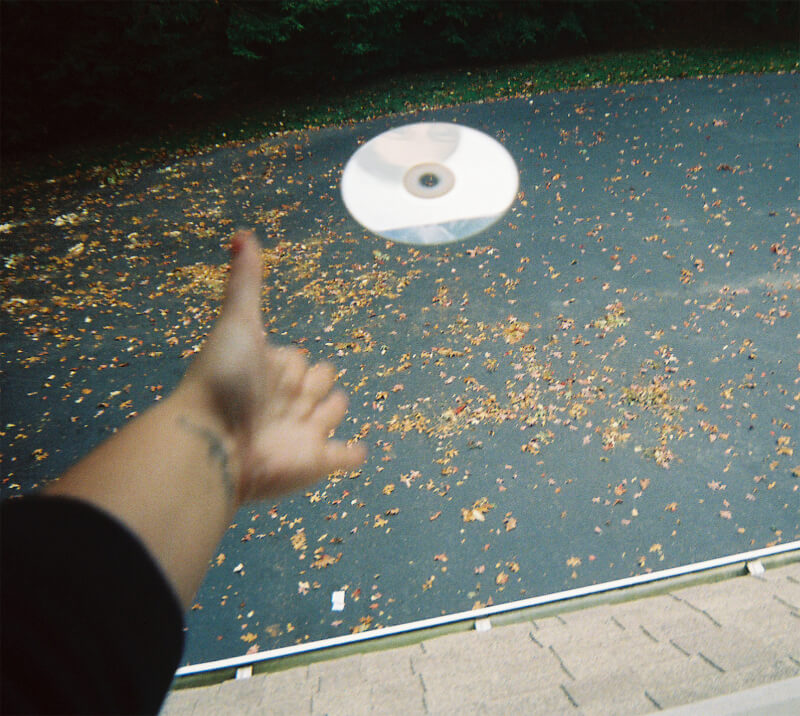
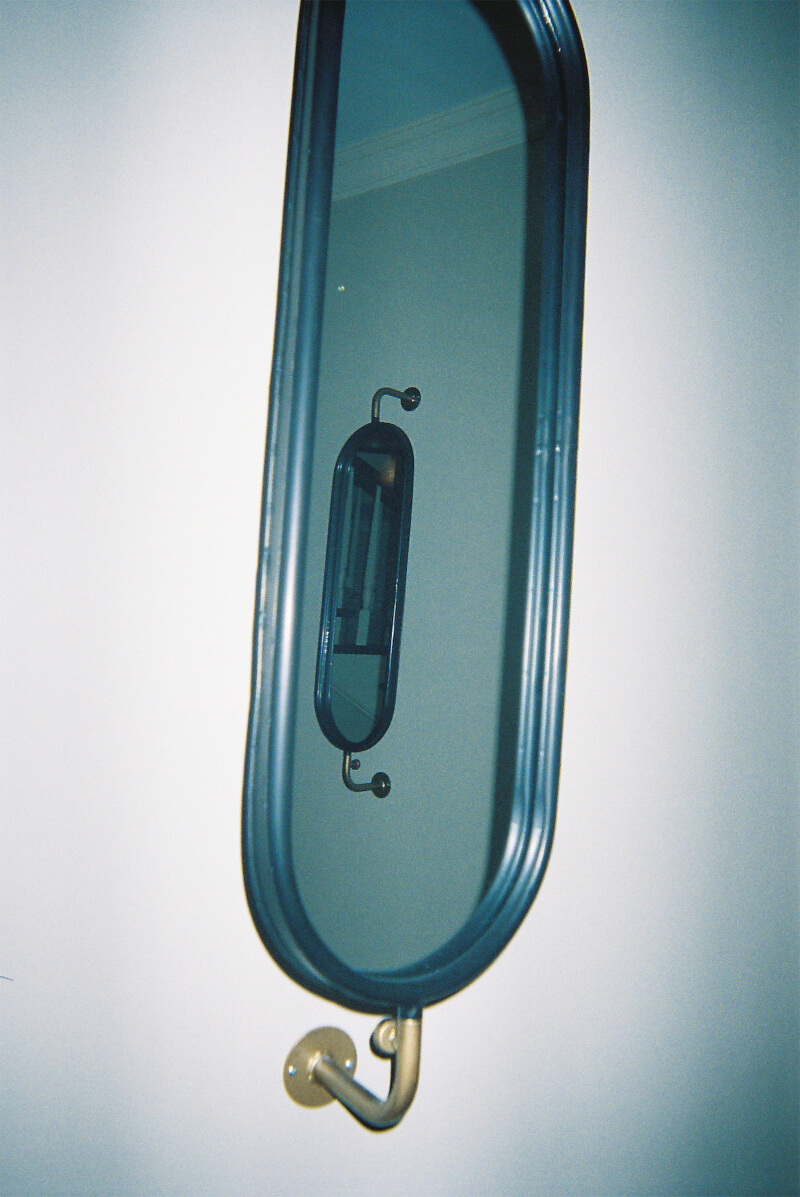

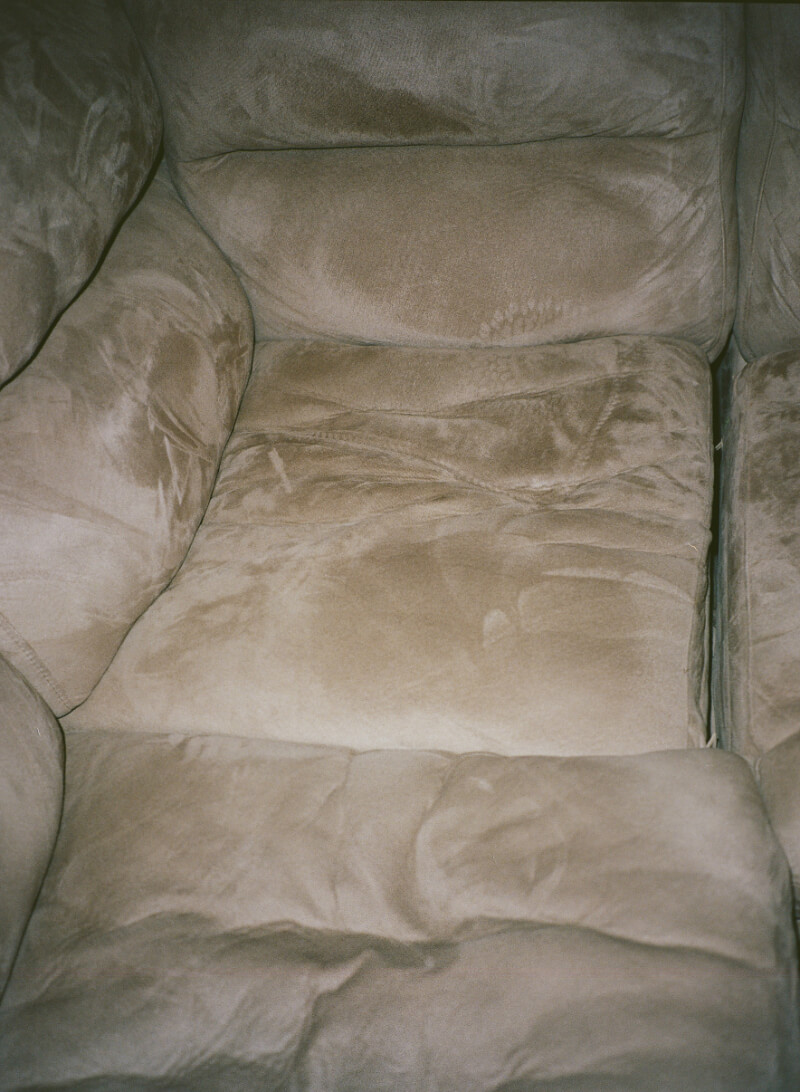











.jpg?v=1590002527155)





▶︎ As a child, I was weird like most
children. I ate cat food, broke and fixed things simultaneously,
hoped that my animals would talk, sank ships, and swelled with
relentless anxiety about my existence. You know, the usual. Spiral,
rockets, and a potentially talking horse is an investigation of
self, reflecting on memories with a psychological, philosophical
lens and the seduction of failed imagery. In the hope that if I kept
my camera in orbit of me while retracing steps of the past and
launching myself forward to the future I might find answers. I place
myself as the hero and narrator in the photographs by red nails and
as an extremely charming self-loathing storyteller.
● Giovanna Elia ▼ Website
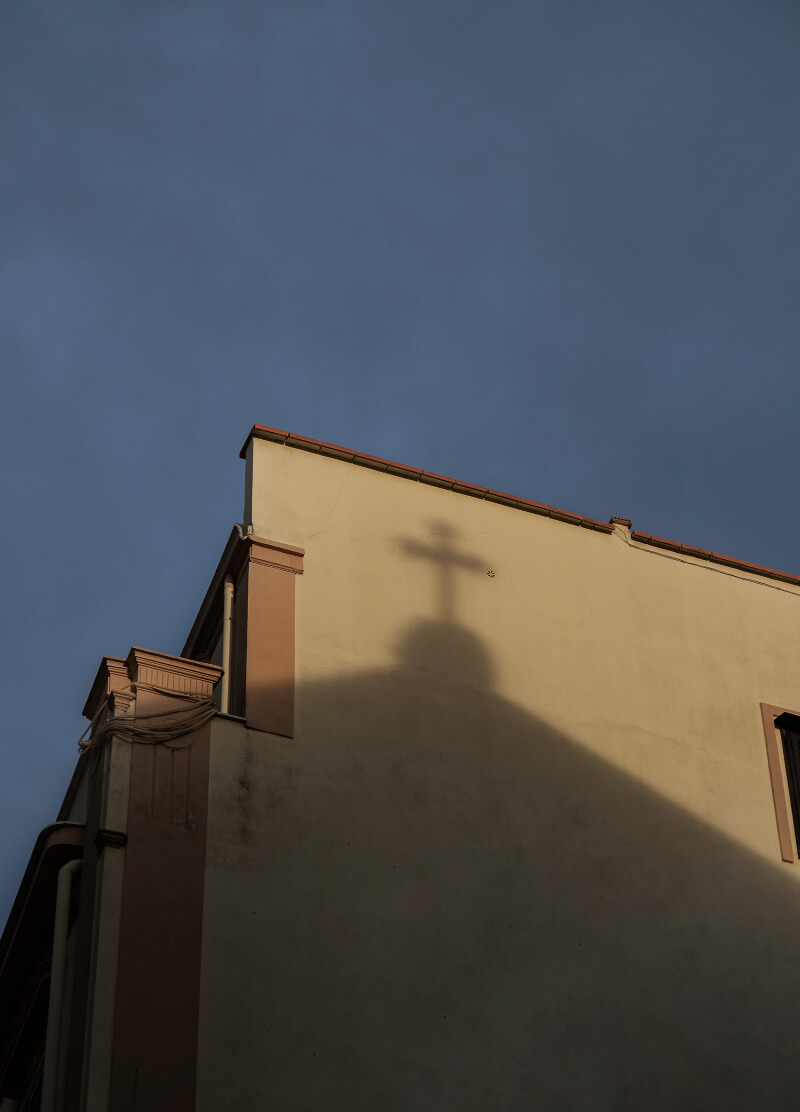
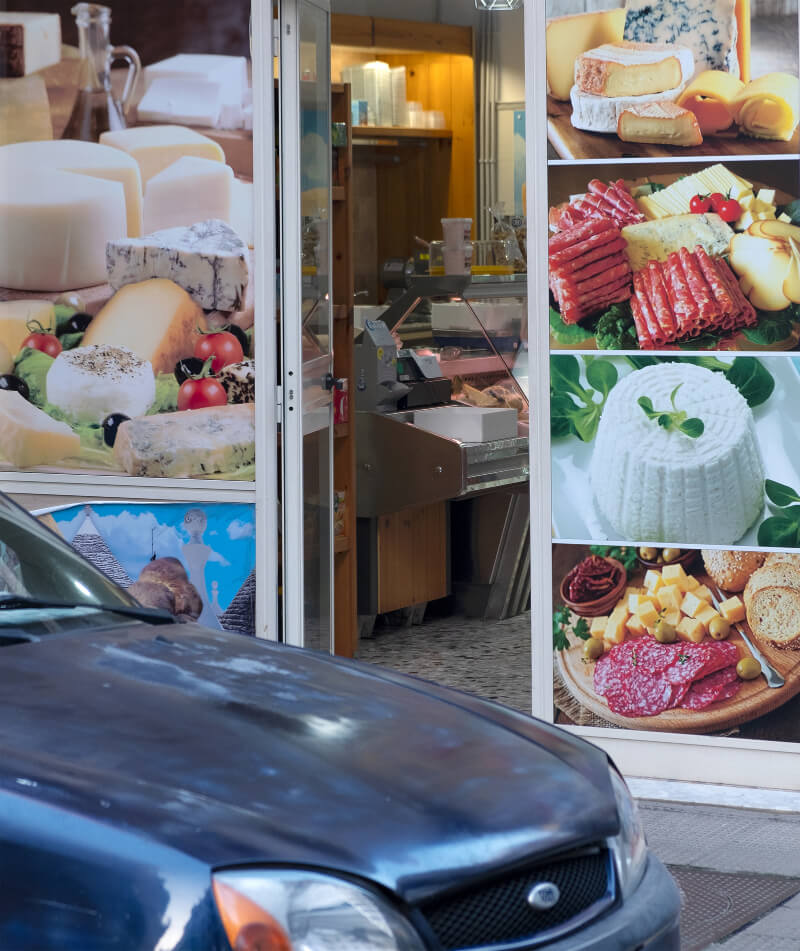
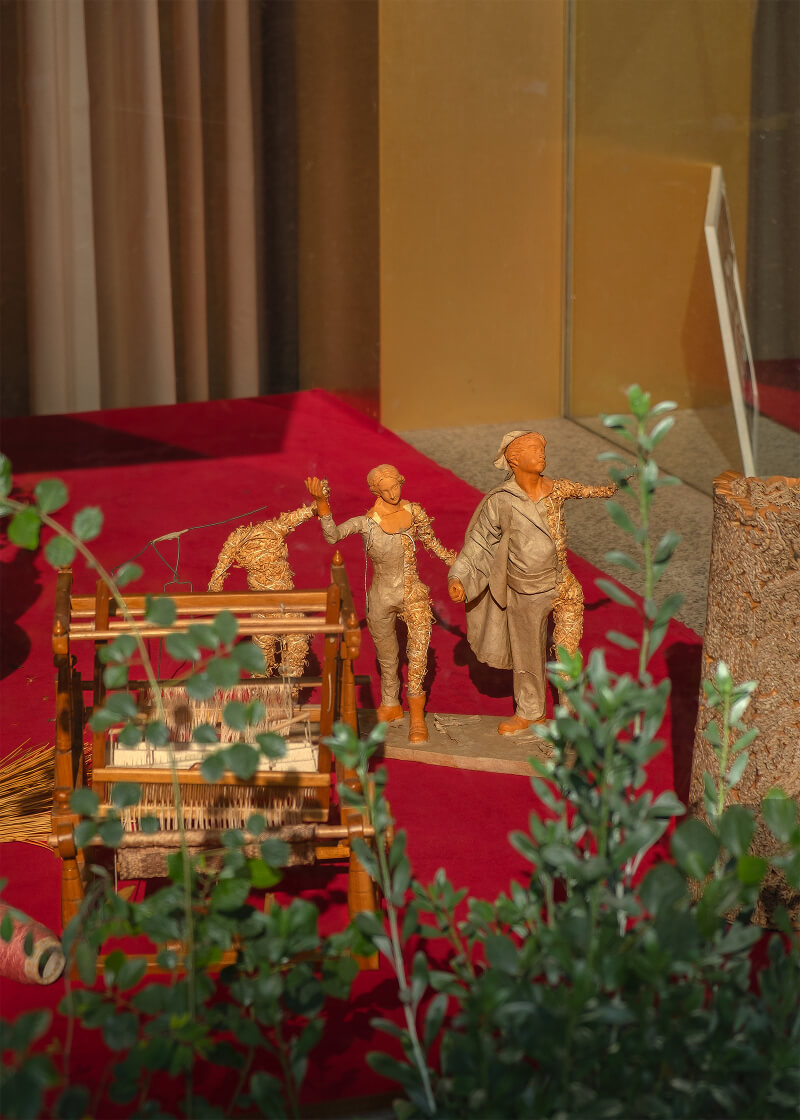
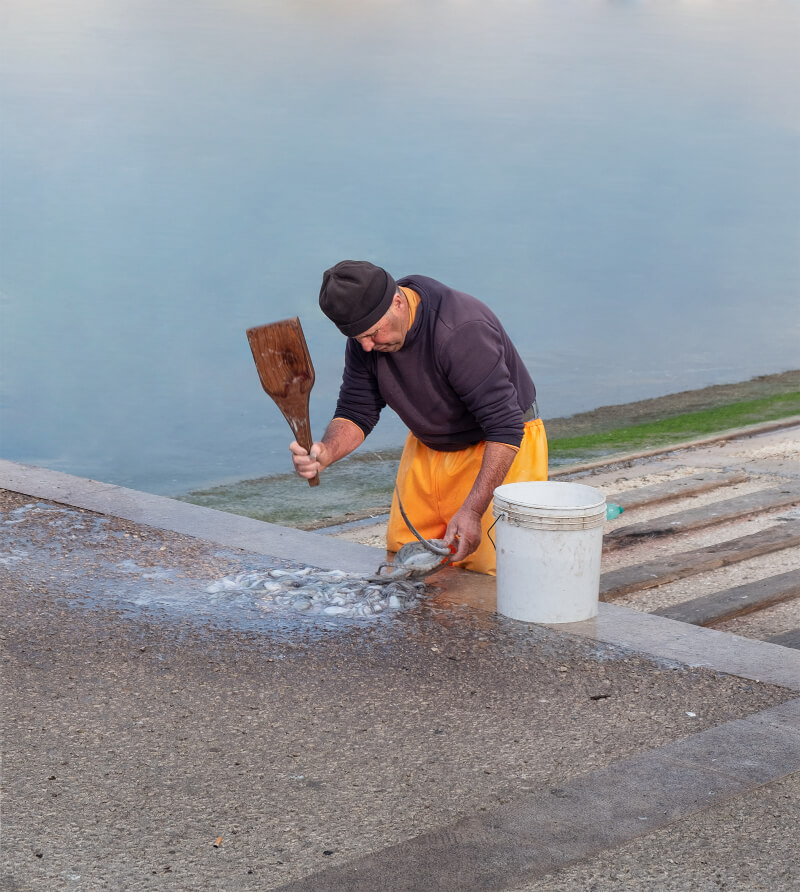
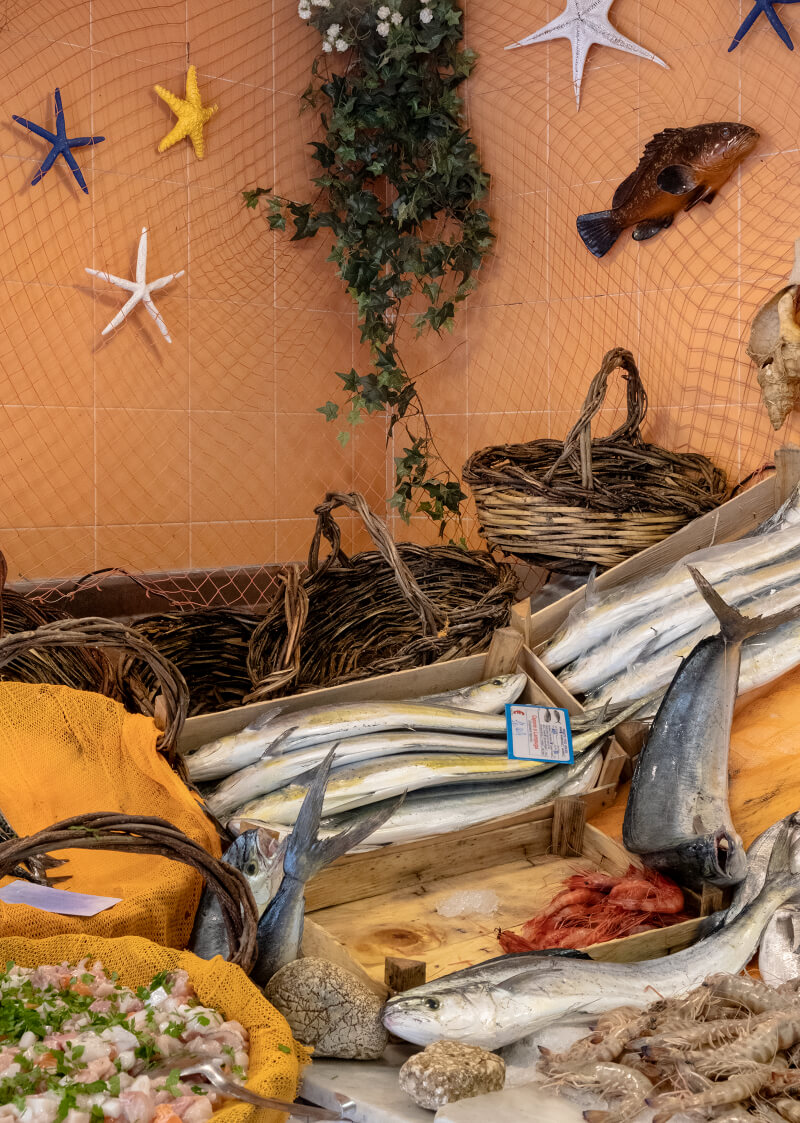
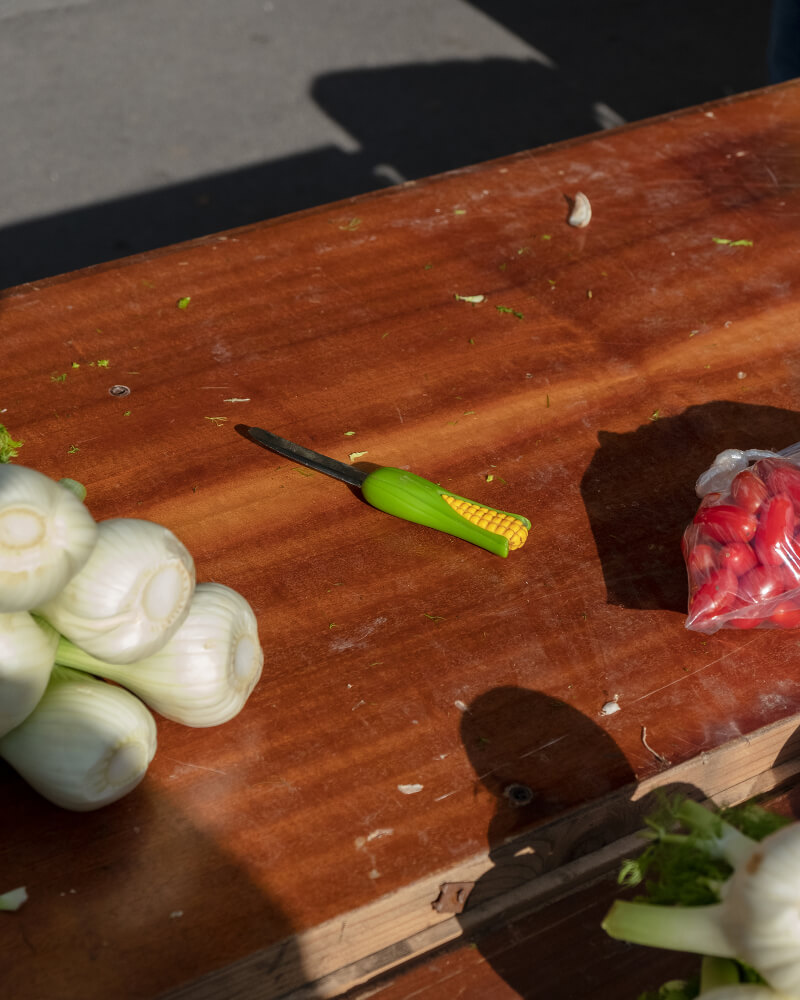
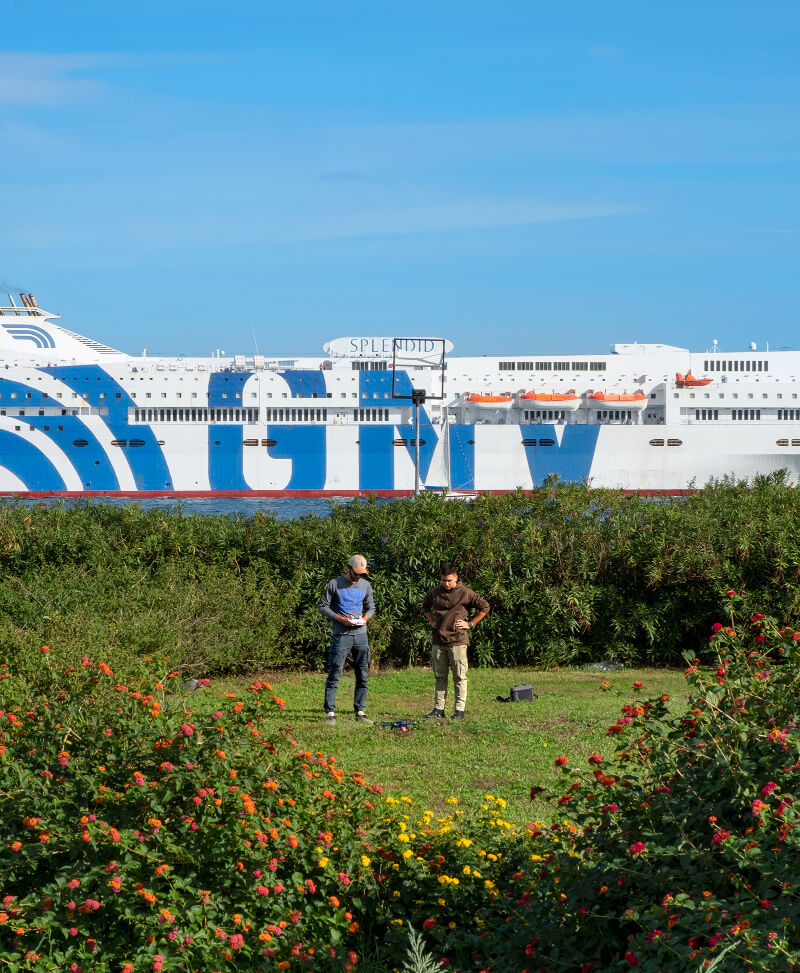
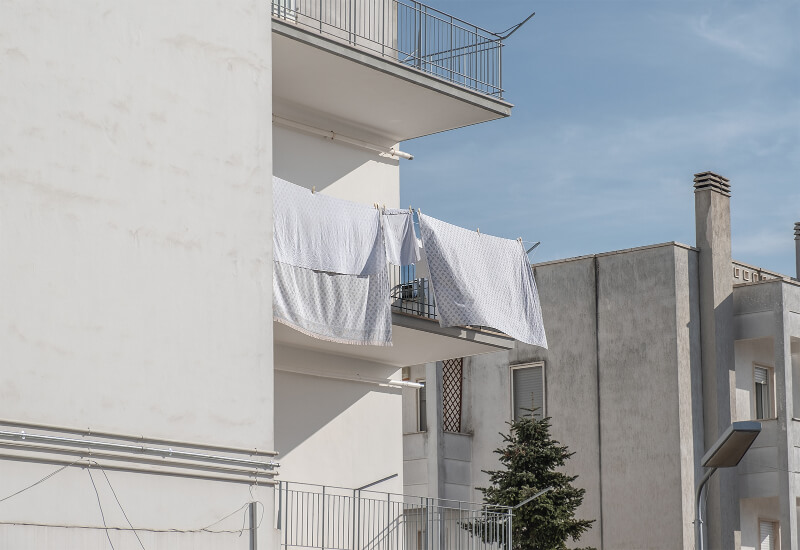
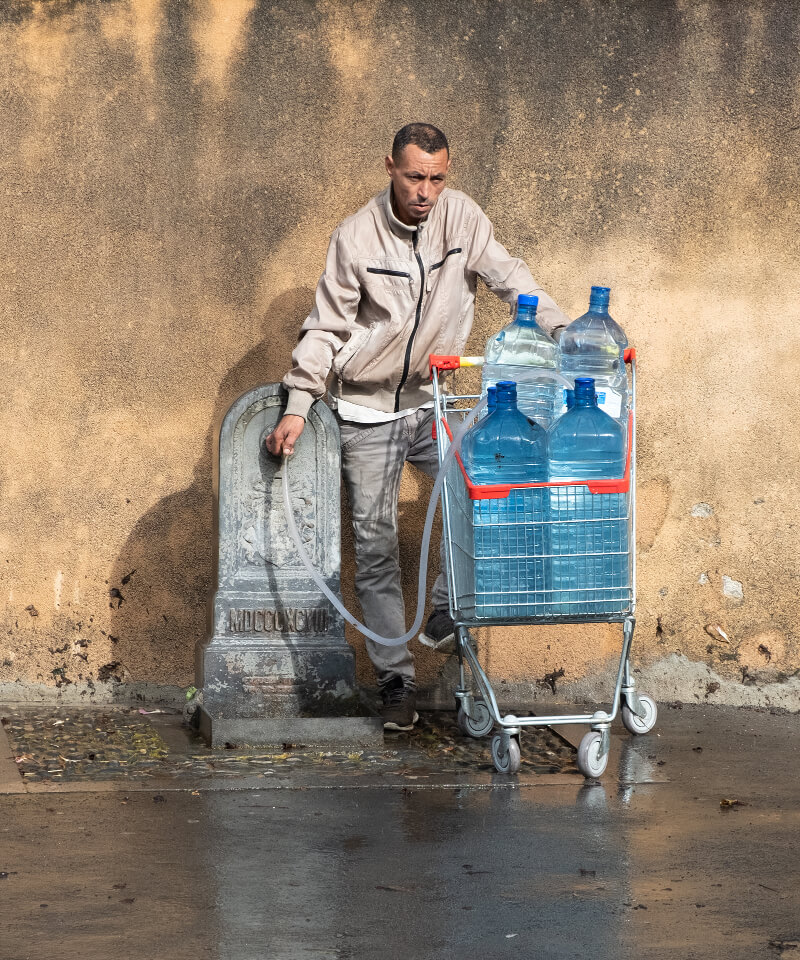
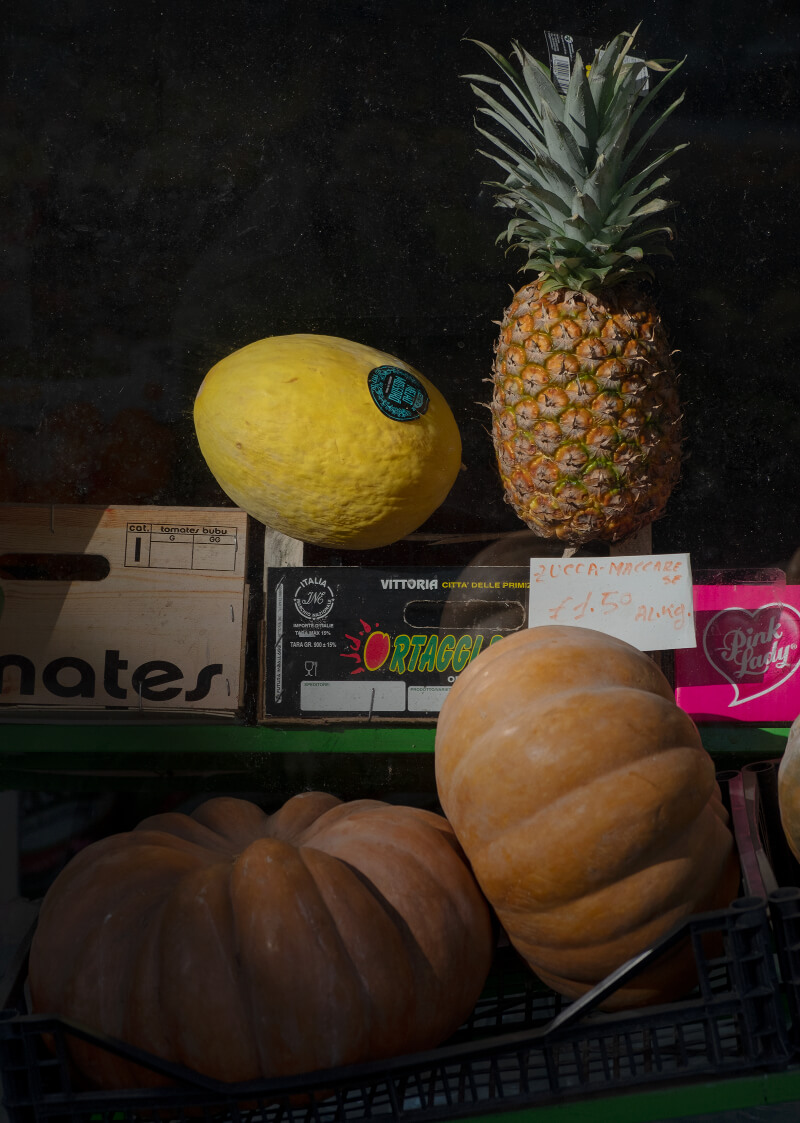
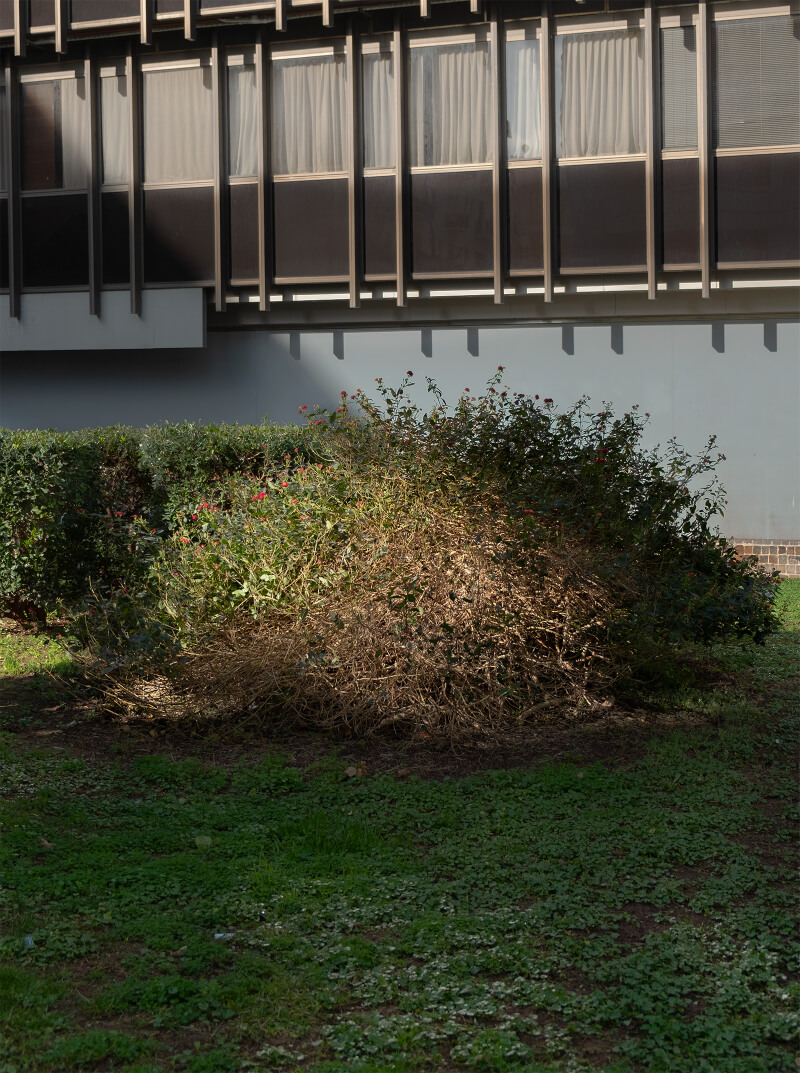











Straniera
▶︎ My degree project Straniera taken during my study abroad program in Italy, translates to “foreigner or stranger.” Because of my strong Italian upbringing, I often felt like a foreigner in my own country. It took me going to Italy to realize how American I am.
▶︎ These images are reactions to being surrounded by a new environment and photographing moments that come instinctively to me. I’m drawn to subjects going about their ordinary daily routine and I’m fascinated by ambiguity, by capturing images that could have been taken anywhere else in the world. Overall, this project is the result of me discovering an inspiration of mundanity, which is a masterpiece to me.
▶︎ My degree project Straniera taken during my study abroad program in Italy, translates to “foreigner or stranger.” Because of my strong Italian upbringing, I often felt like a foreigner in my own country. It took me going to Italy to realize how American I am.
▶︎ These images are reactions to being surrounded by a new environment and photographing moments that come instinctively to me. I’m drawn to subjects going about their ordinary daily routine and I’m fascinated by ambiguity, by capturing images that could have been taken anywhere else in the world. Overall, this project is the result of me discovering an inspiration of mundanity, which is a masterpiece to me.
● Ke Xue ▼ Website
Click here to see more
Click here to see more
Click here to see more
Click here to see more
Click here to see more
Click here to see more
Click here to see more
Click here to see more
Click here to see more
Click here to see more
Click here to see more
● Violet Ren ▼ Contact
%2006.jpg?v=1590009122927)
%2010.jpg?v=1590009123366)
%2007.jpg?v=1590009123066)
%2009.jpg?v=1590009123106)
%2008.jpg?v=1590009123471)
%2001.jpg?v=1590009124803)
%2002.jpg?v=1590009125958)
%2005.jpg?v=1590009127337)
%2005.jpg?v=1590009127337)
%2004.jpg?v=1590009127338)
%2003.jpg?v=1590009127988)
%2006.jpg?v=1590009122927)
%2010.jpg?v=1590009123366)
%2007.jpg?v=1590009123066)
%2009.jpg?v=1590009123106)
%2008.jpg?v=1590009123471)
%2001.jpg?v=1590009124803)
%2002.jpg?v=1590009125958)
%2005.jpg?v=1590009127337)
%2005.jpg?v=1590009127337)
%2004.jpg?v=1590009127338)
%2003.jpg?v=1590009127988)
▶︎ I have always wanted to go to the
Grand Canyon since I was just a little kid. These images online of
the Grand Canyon have caused me to have a lot of expectations
towards this place. I dreamed about the vast view. I dreamed about
the color of the rocks. However, the reality is different from the
expectation. The actual Grand Canyon is completely different from
the Grand Canyon in the image. This fall of expectation has
challenged this common understanding of photography. In The Way of
Seeing, John Berger said that “an image became a record of how X had
seen Y ” When expectation arises, an image is seen as a record of Y.
▶︎ My thesis project develops from my personal experience with photography to question the incapacity of photography in portraying everything we see. Along the process, I have avoided the direct use of photography as the medium of this project. Instead, I choose to explore through other mediums. This indirect approach is used for the best interest to understand the context.
▶︎ My thesis project develops from my personal experience with photography to question the incapacity of photography in portraying everything we see. Along the process, I have avoided the direct use of photography as the medium of this project. Instead, I choose to explore through other mediums. This indirect approach is used for the best interest to understand the context.
● Mariya Mann
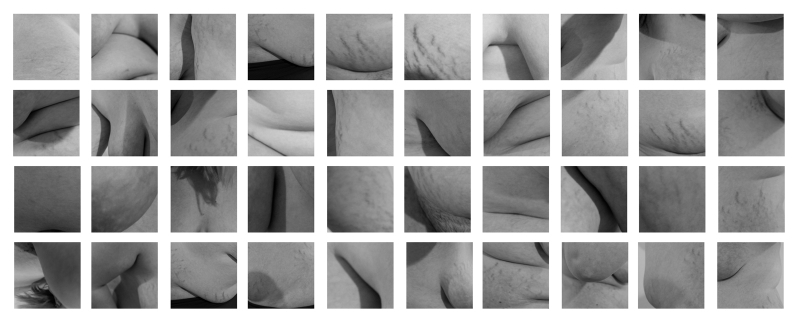
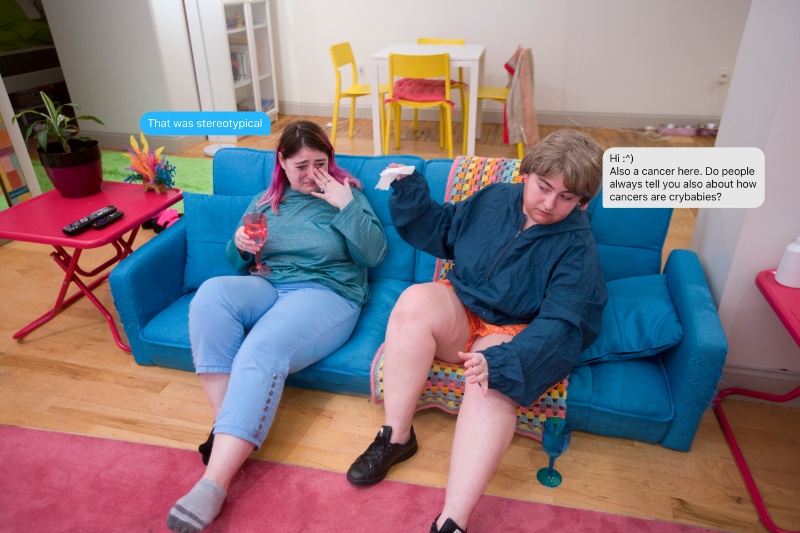
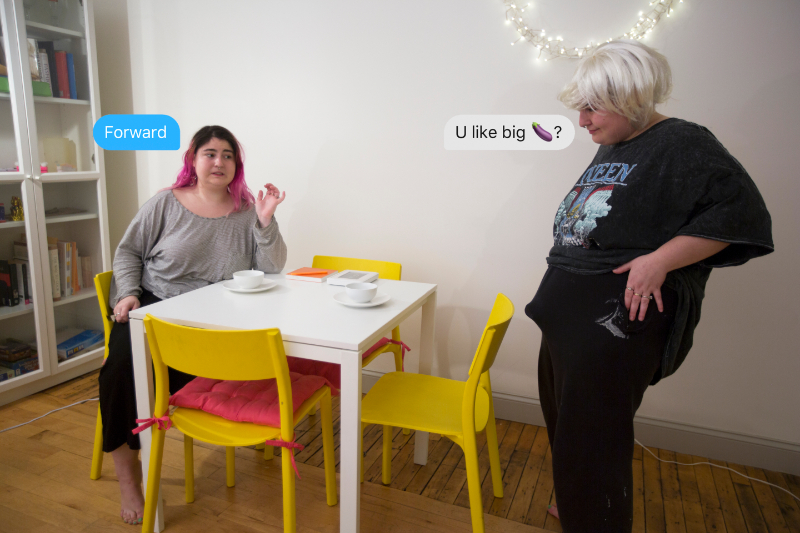
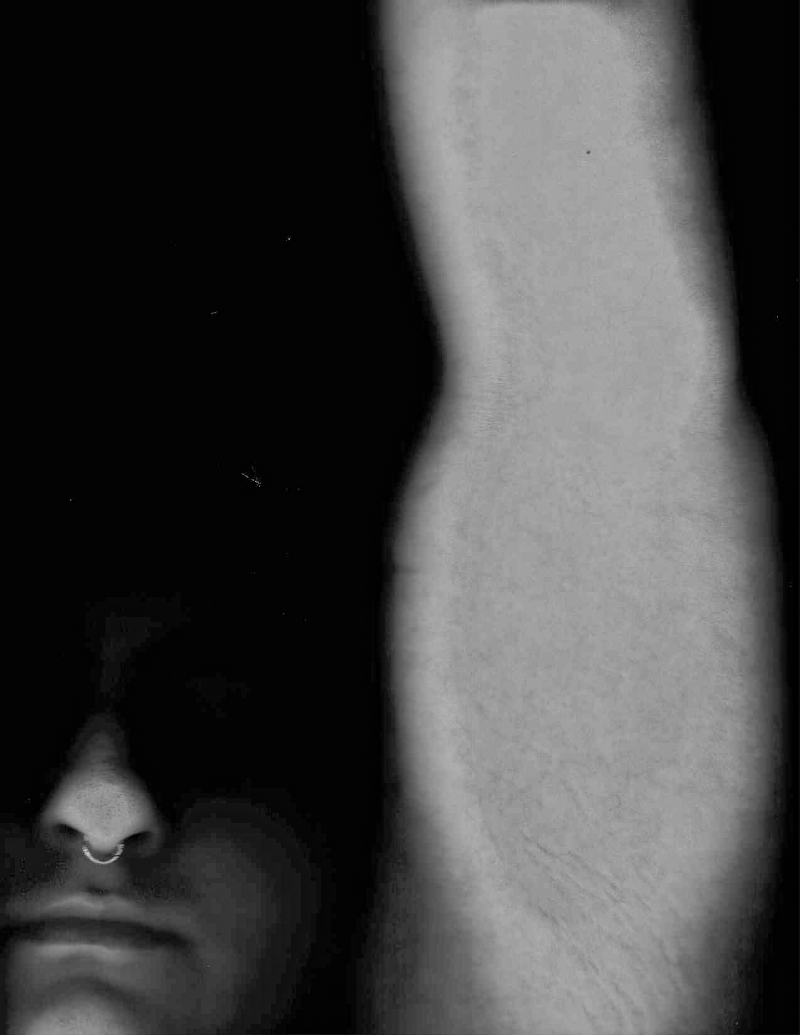
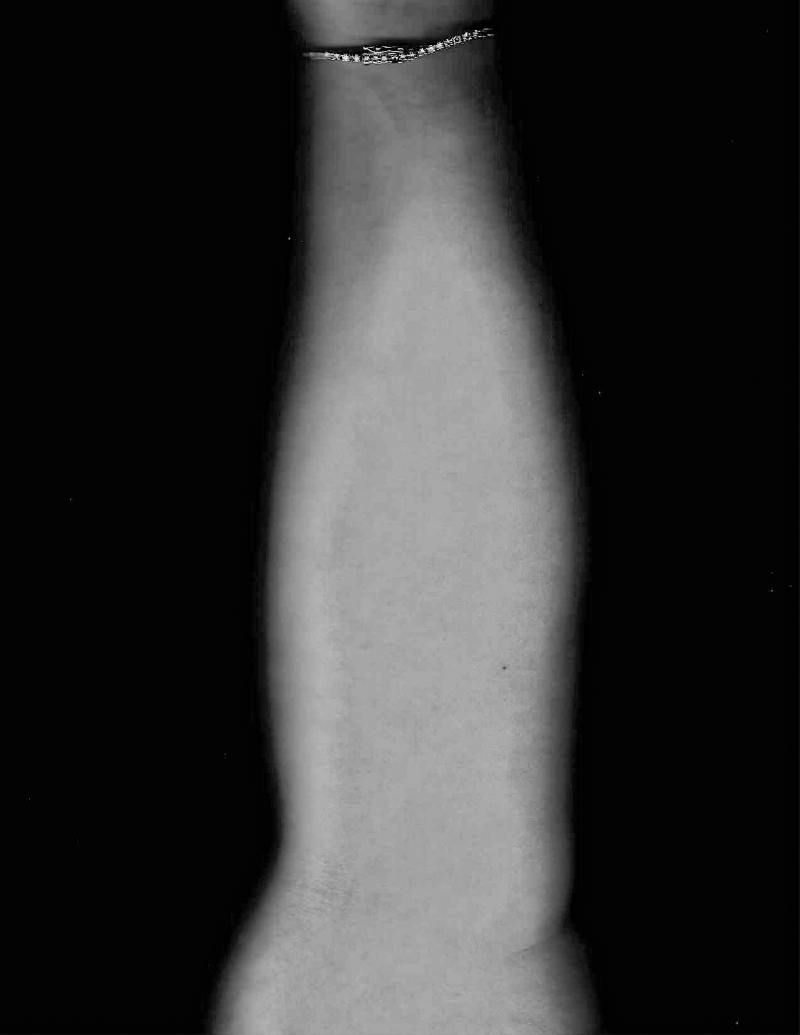
.jpg?v=1590011727530)
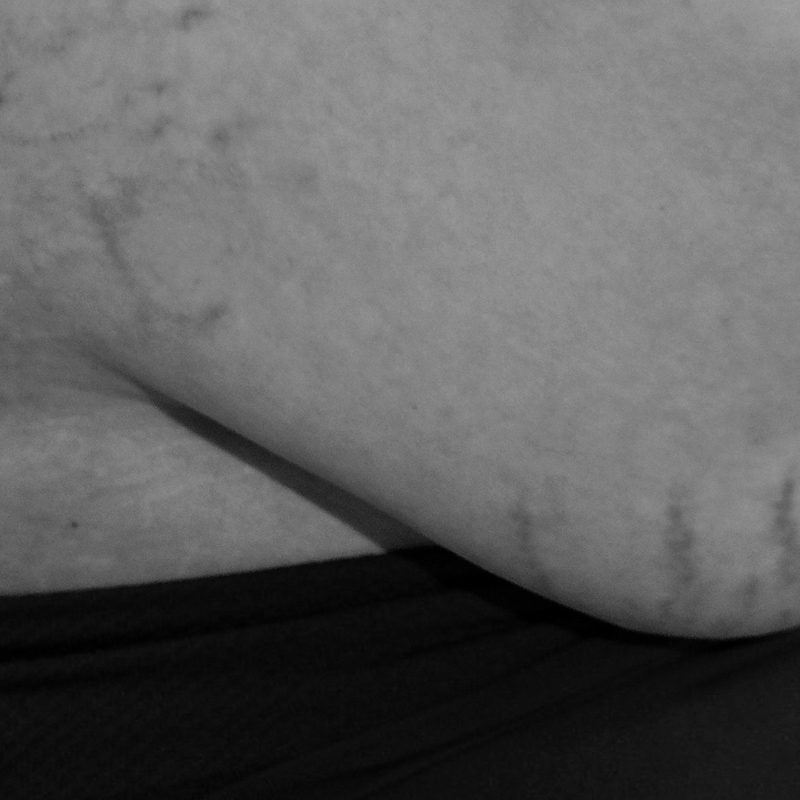
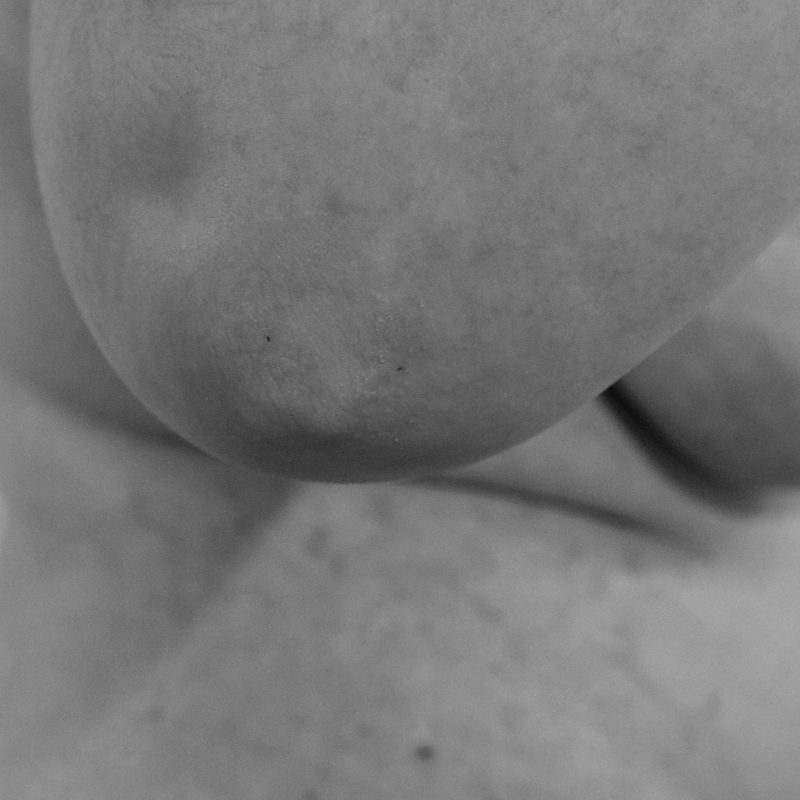
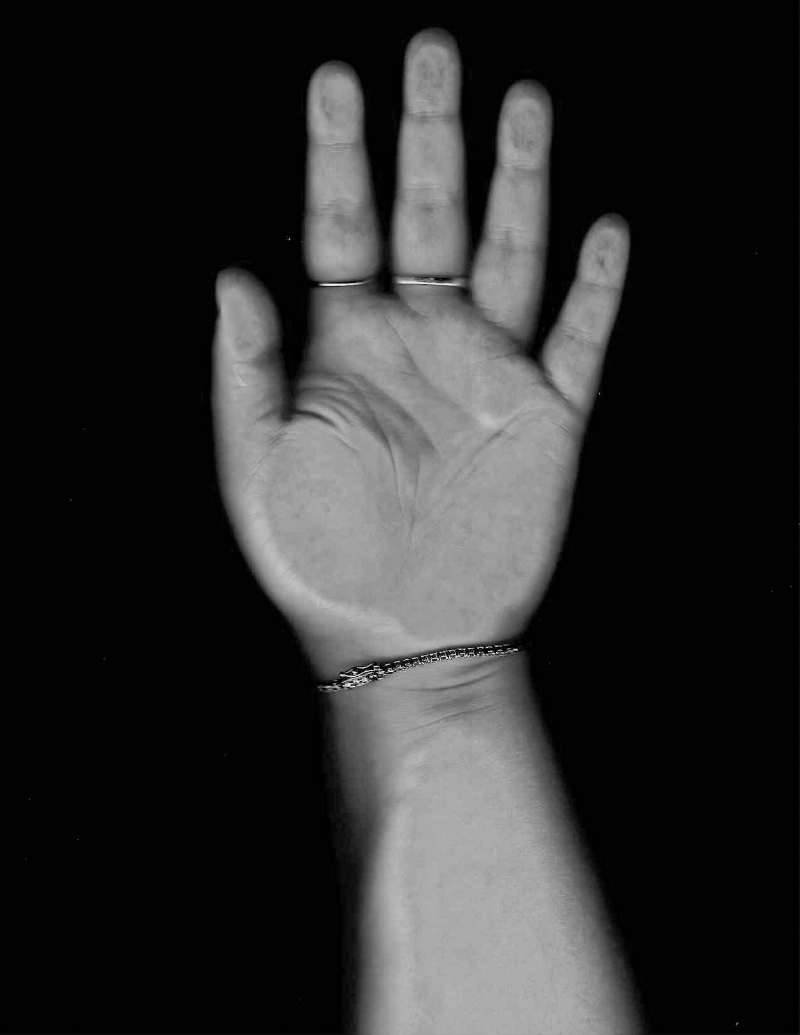
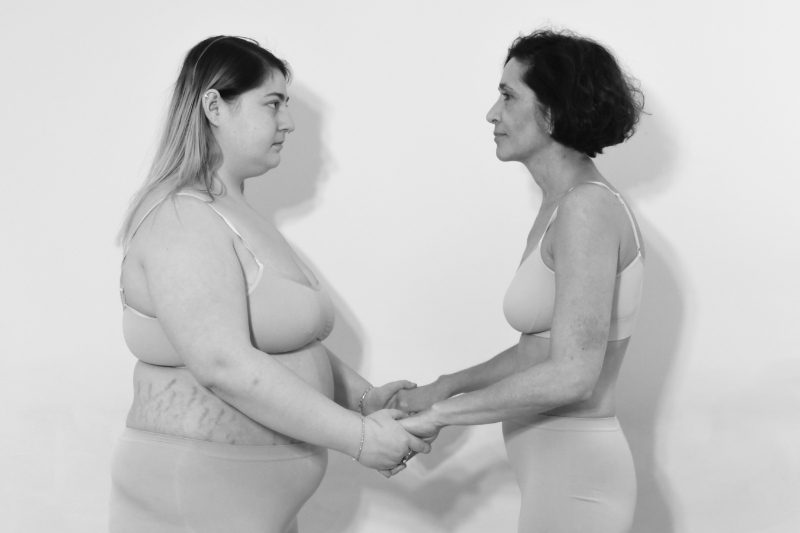
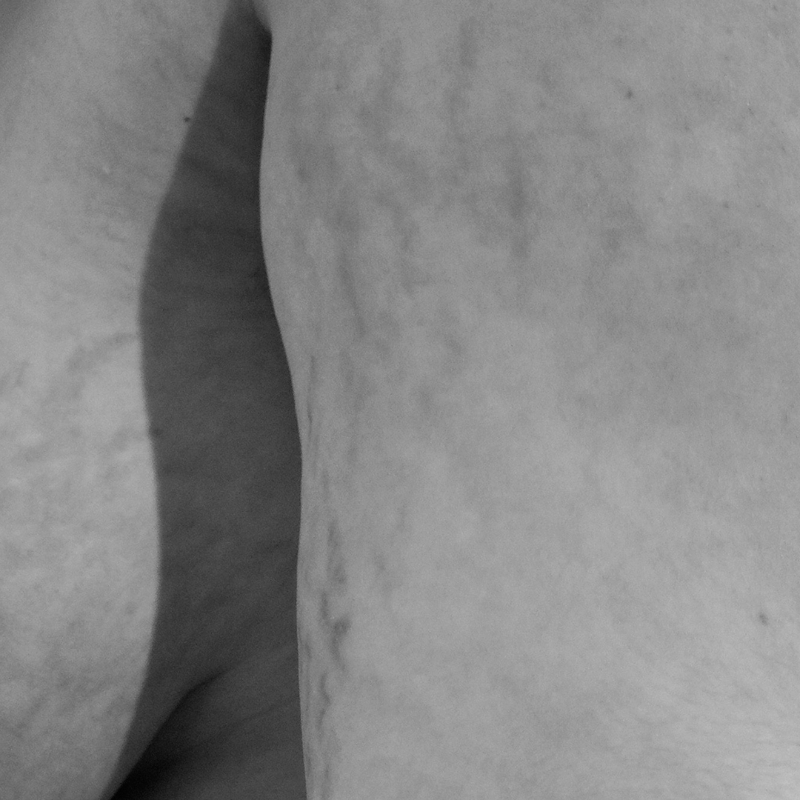





.jpg?v=1590011727530)





● Cat Jiang
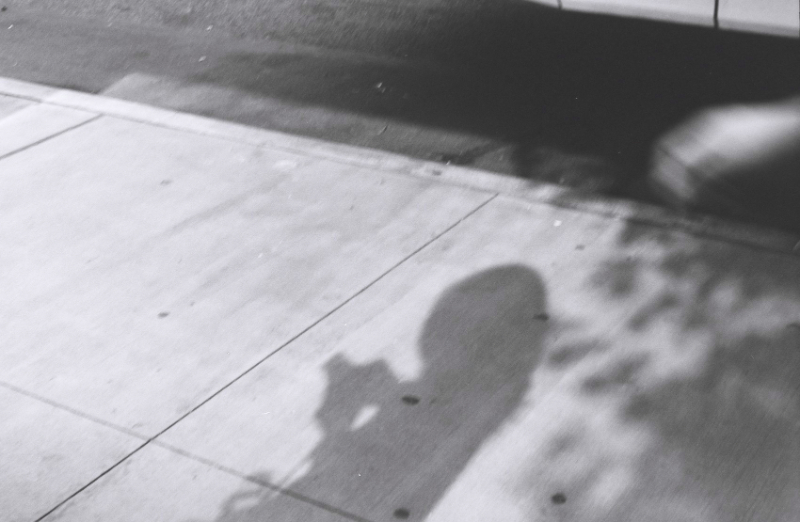
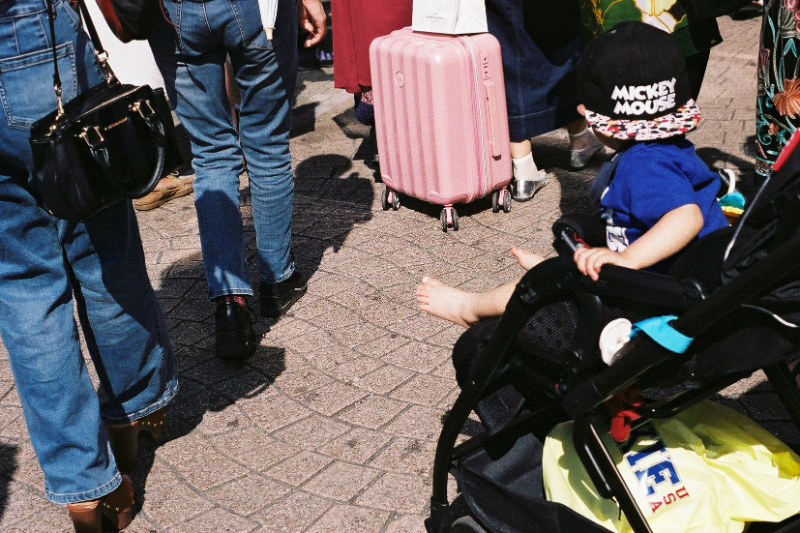
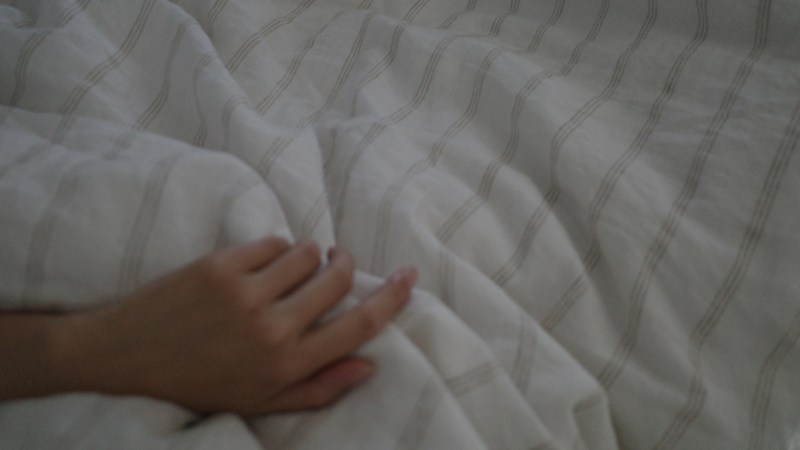
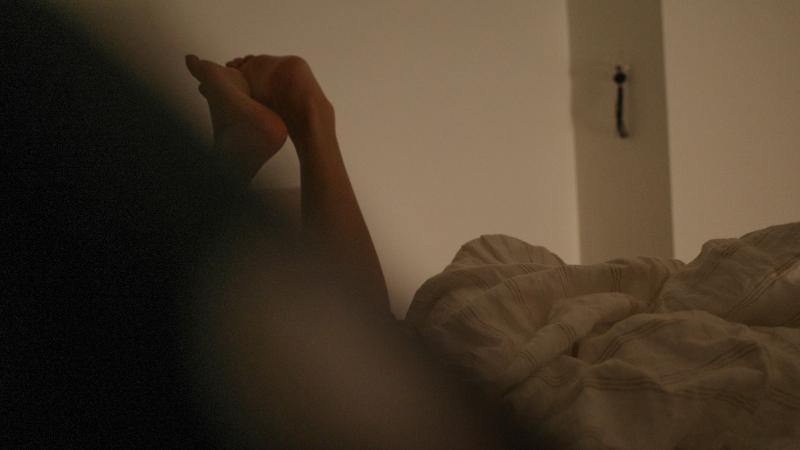
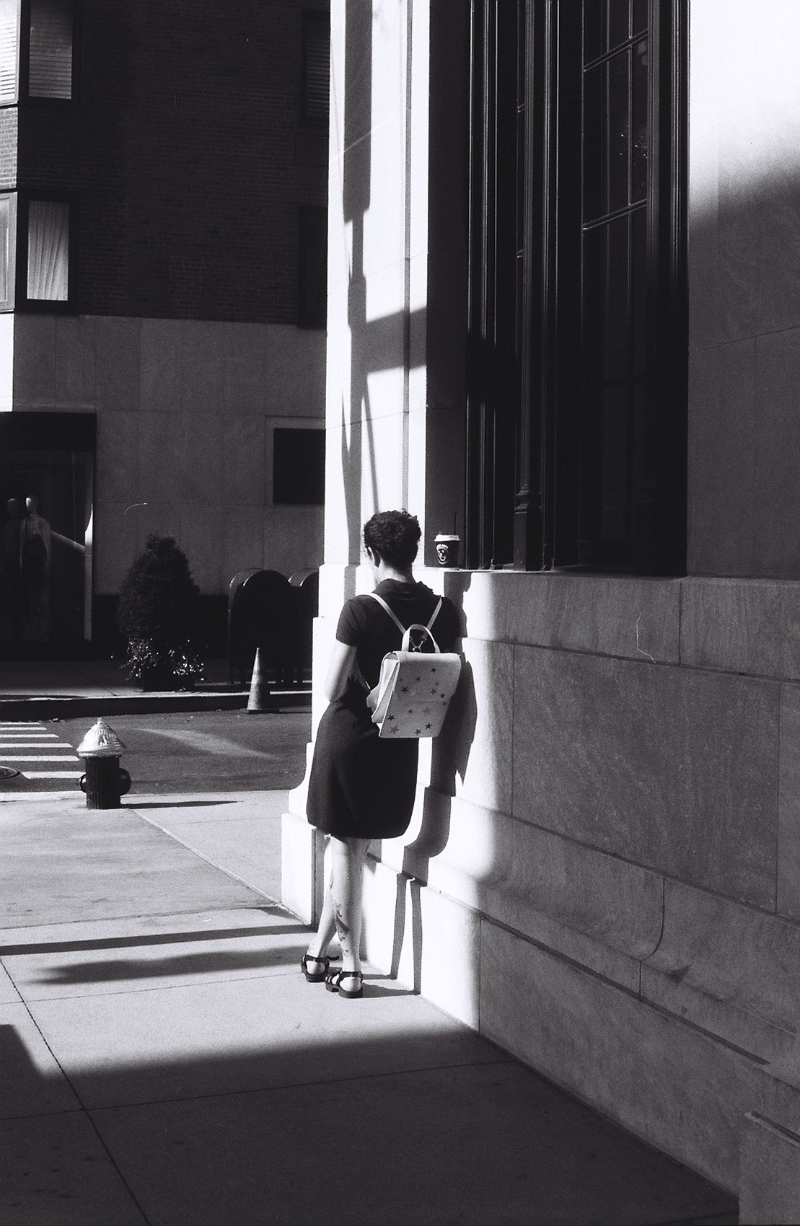
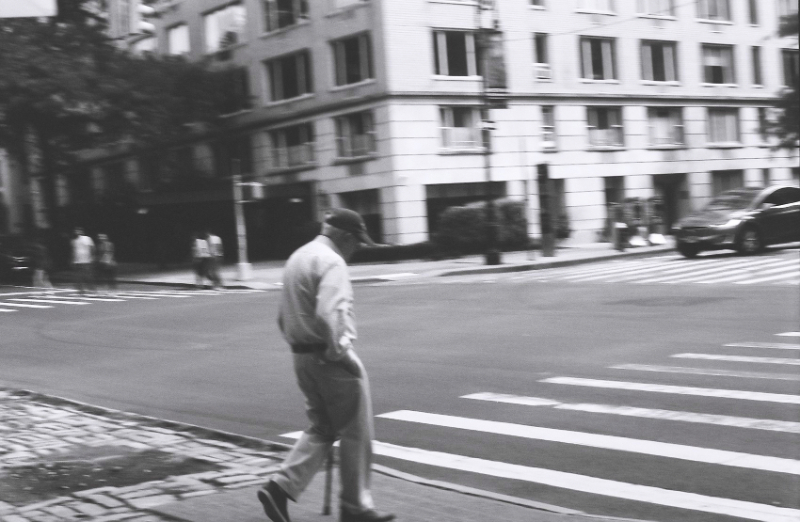
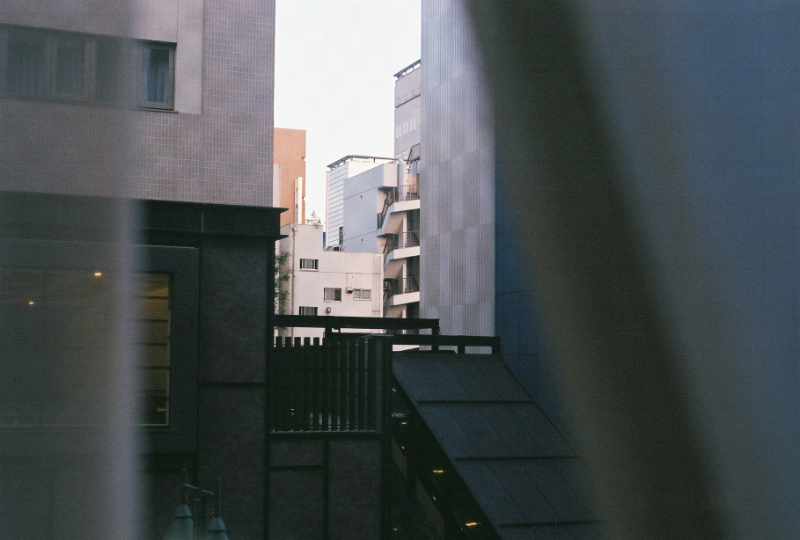
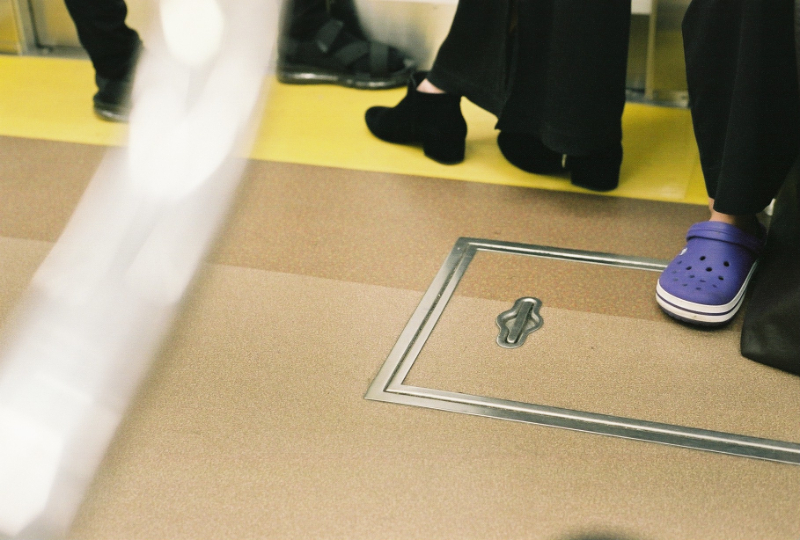
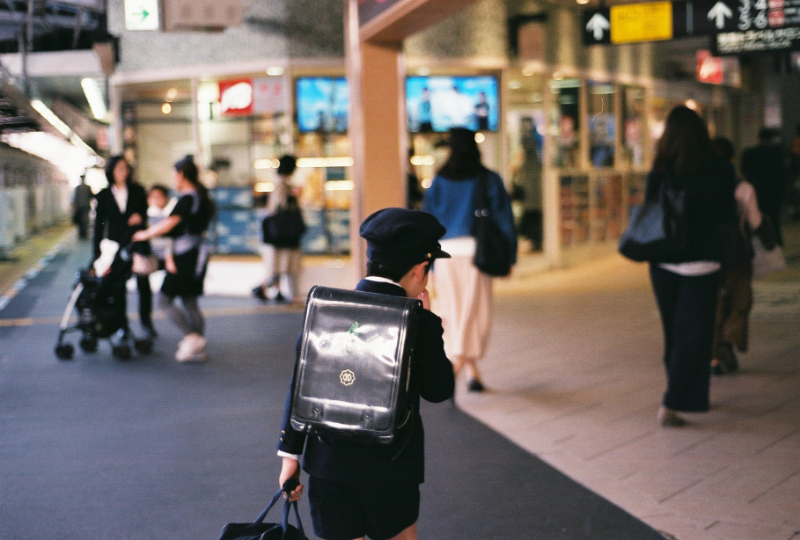
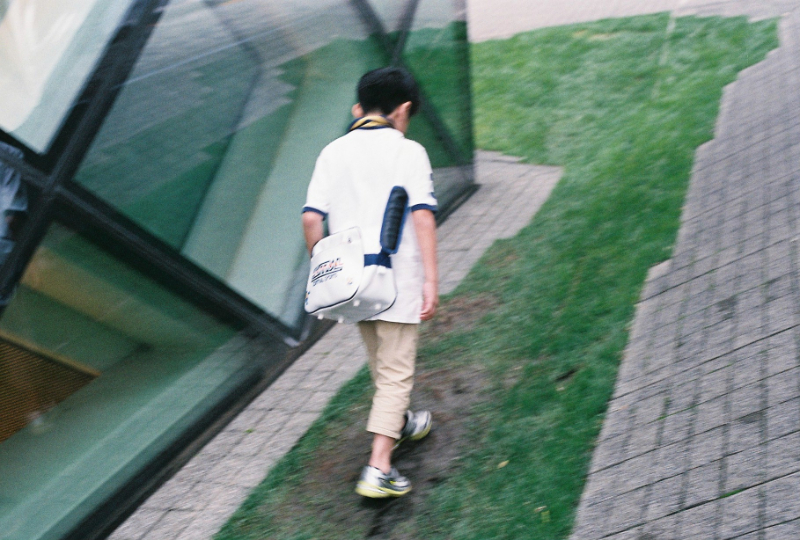










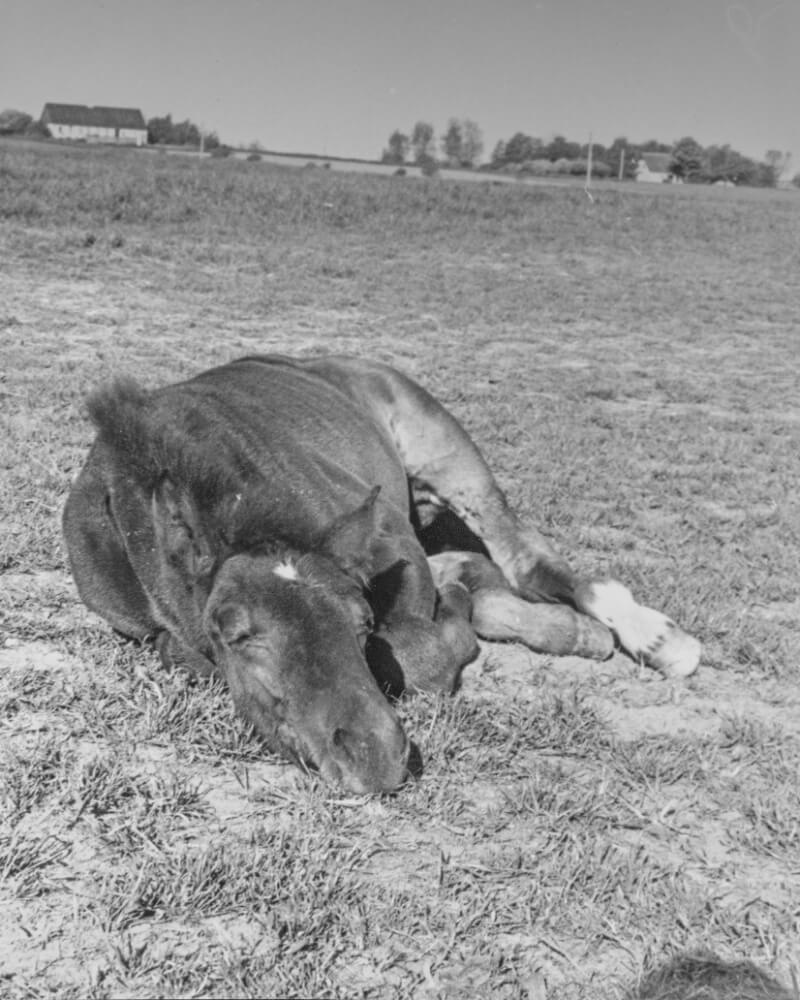
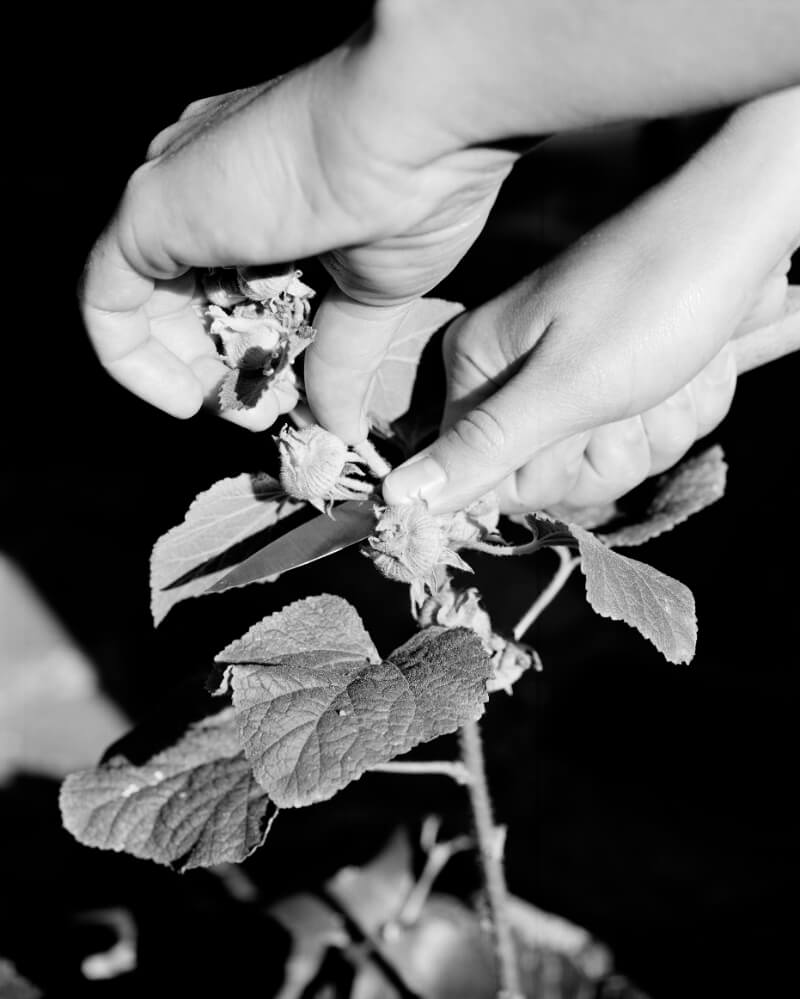
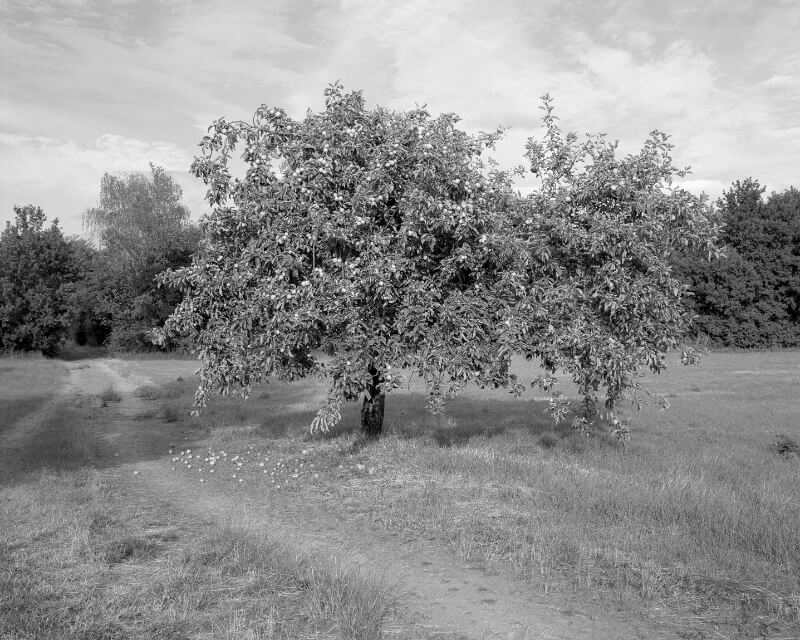
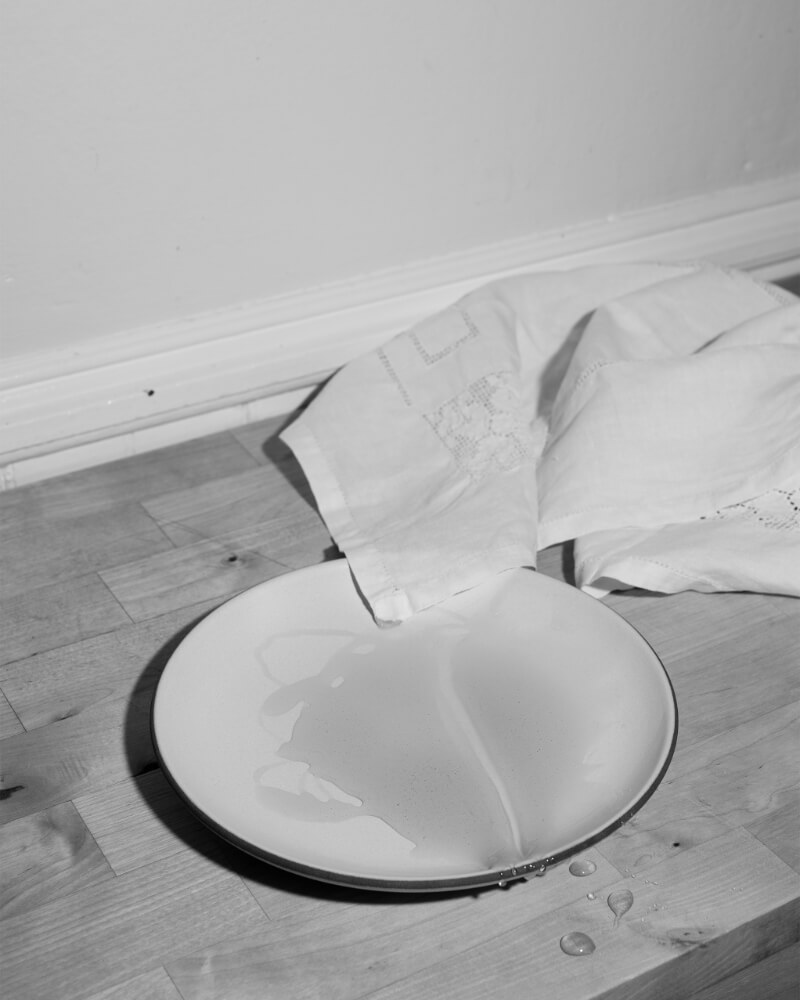

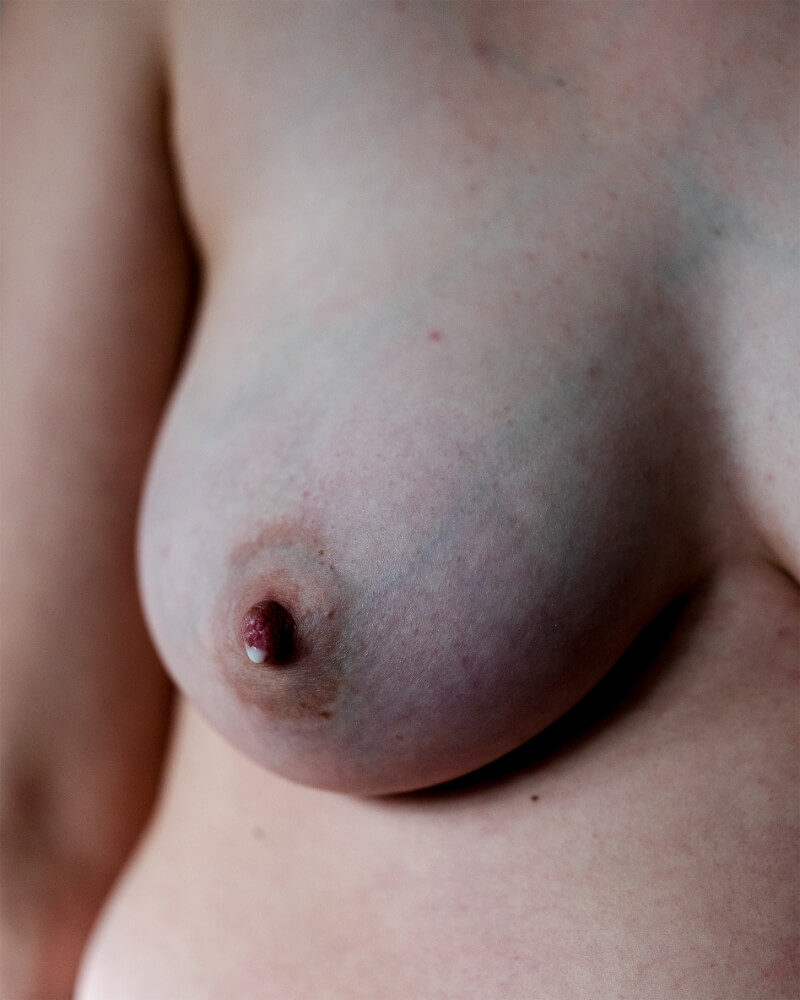
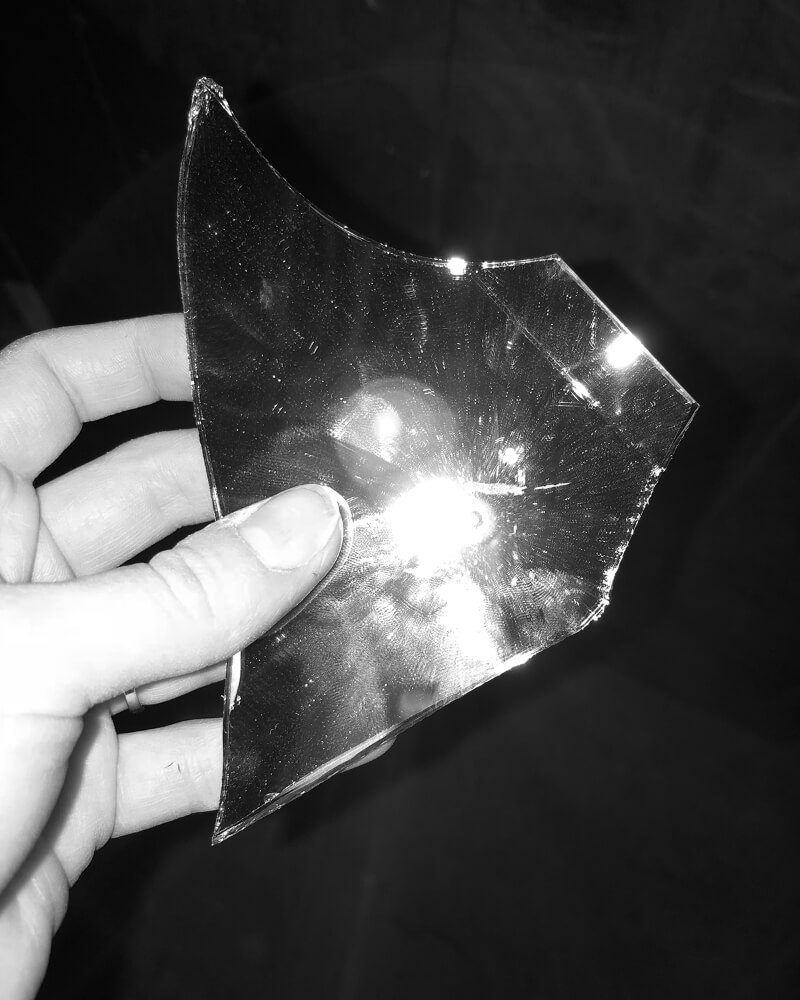
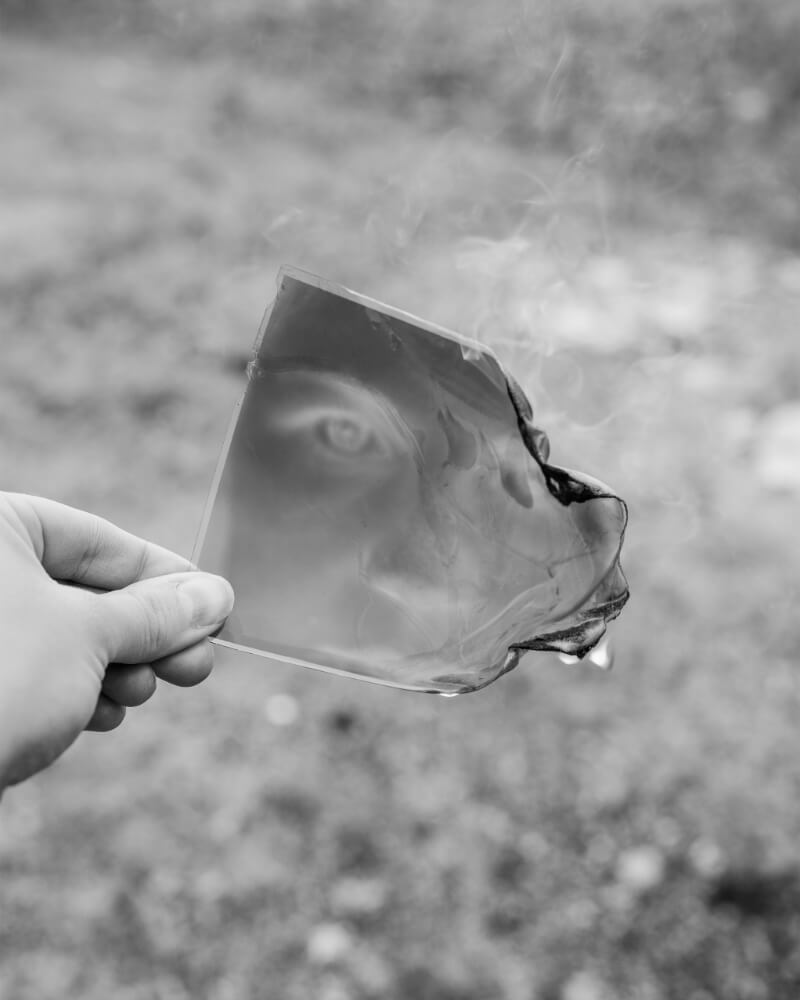
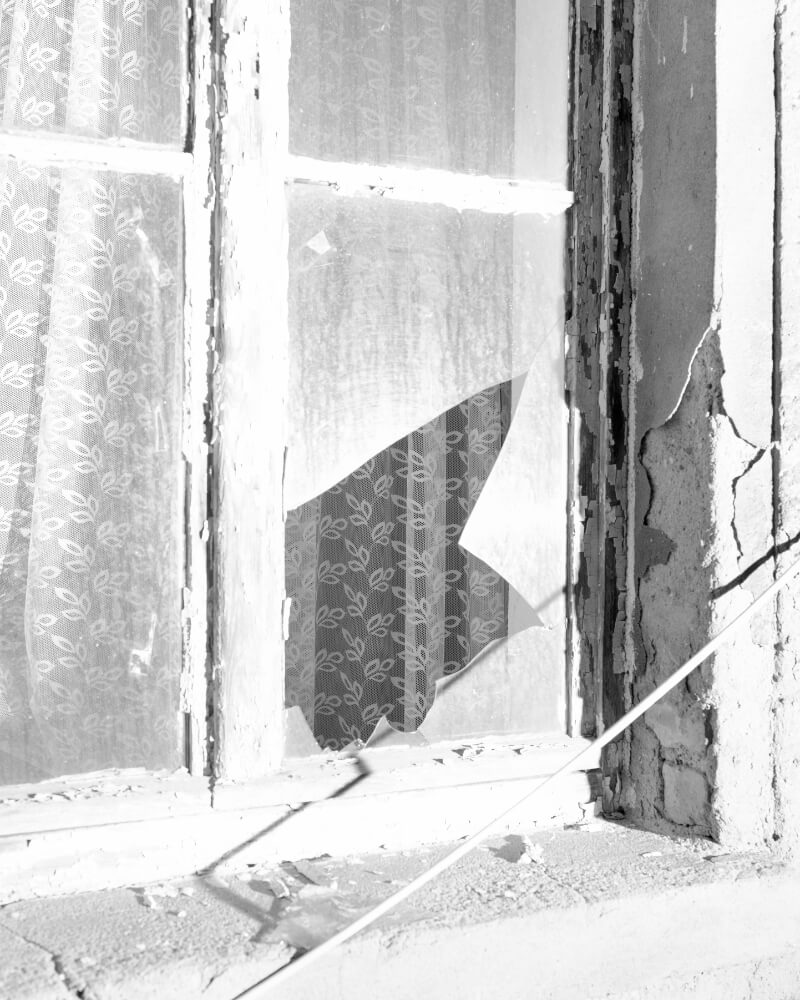
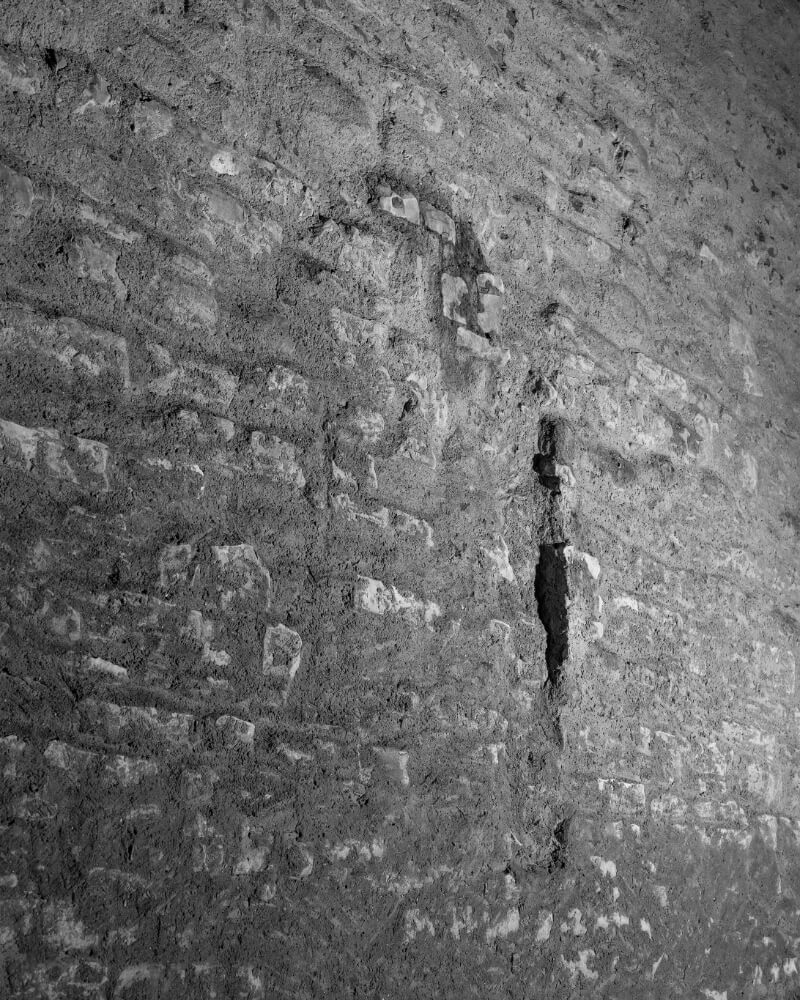
.jpg?v=1589997365068)
